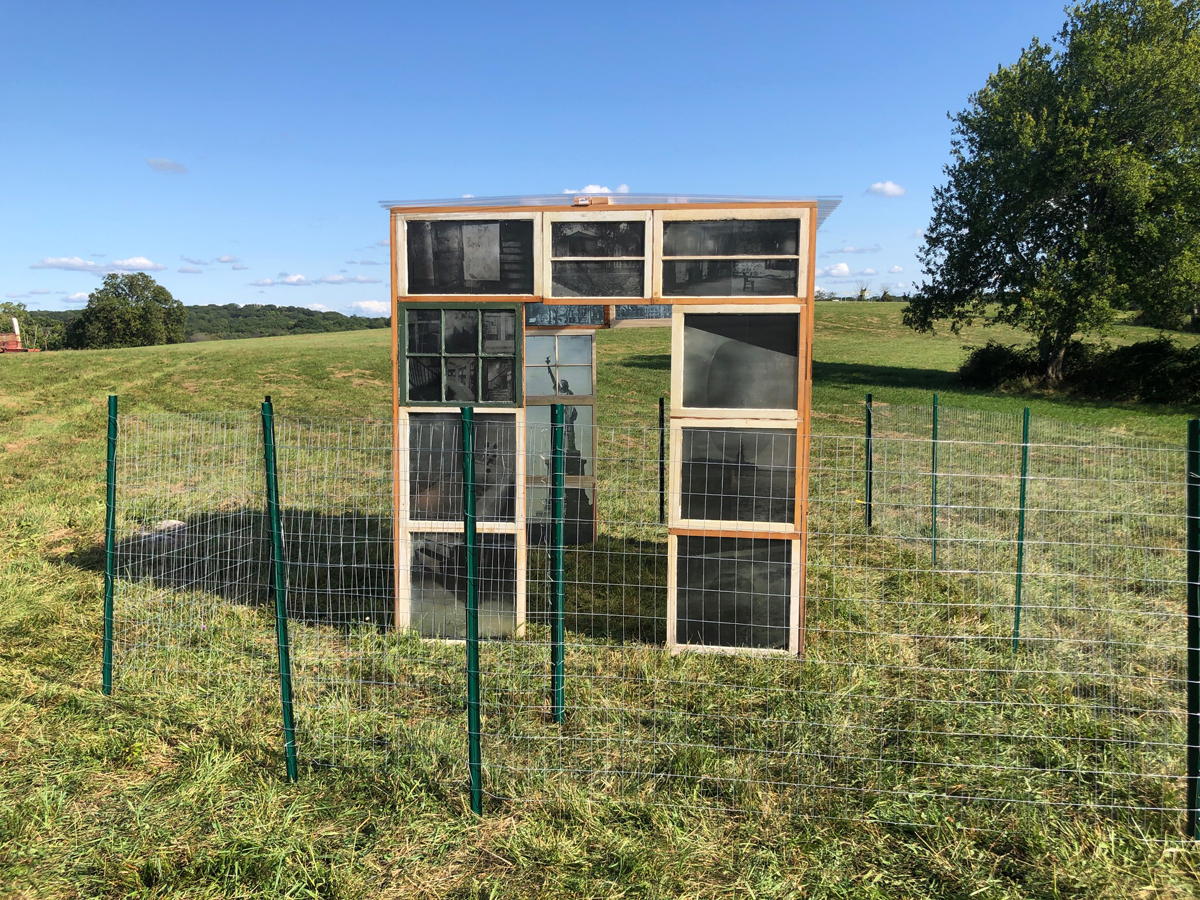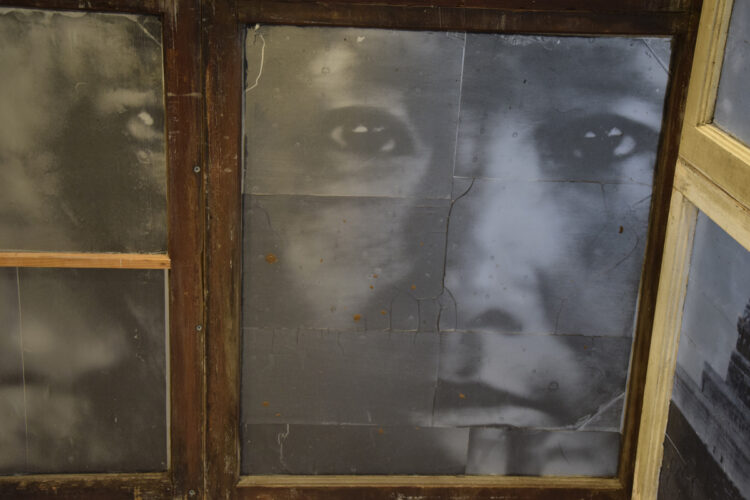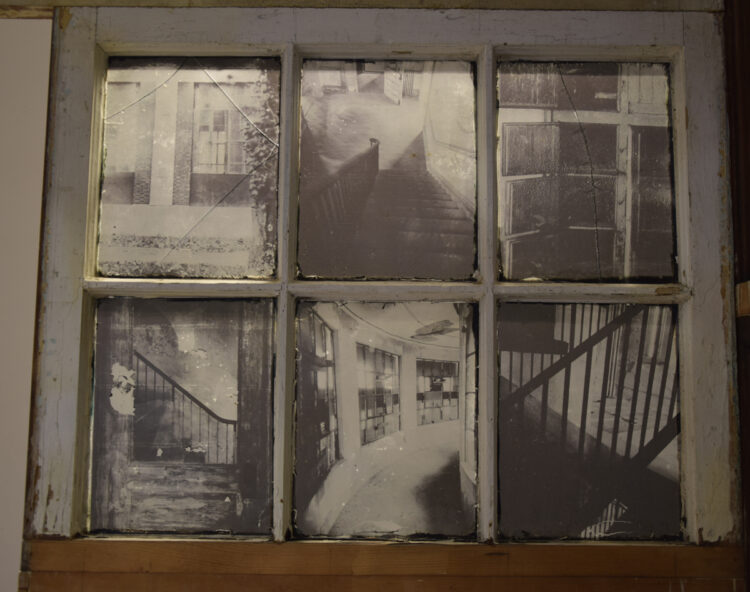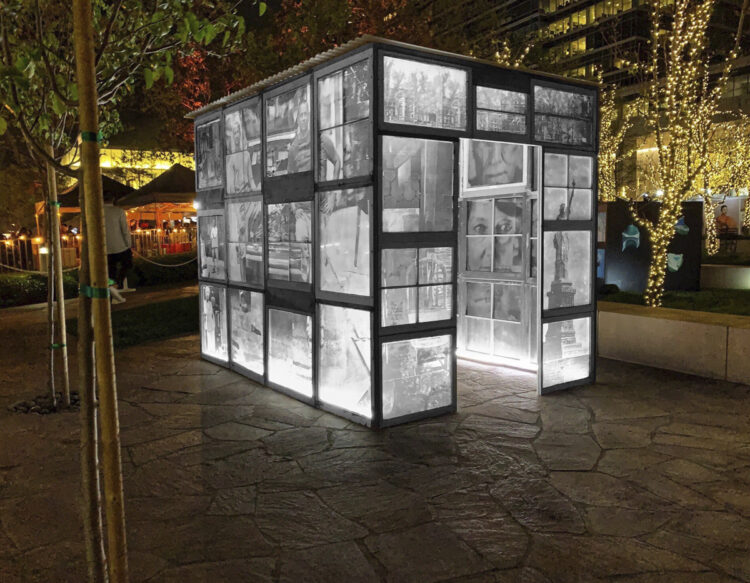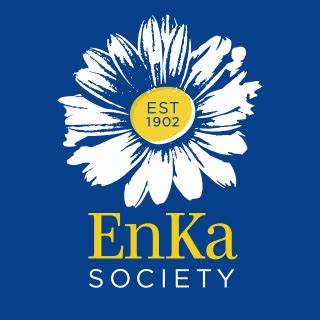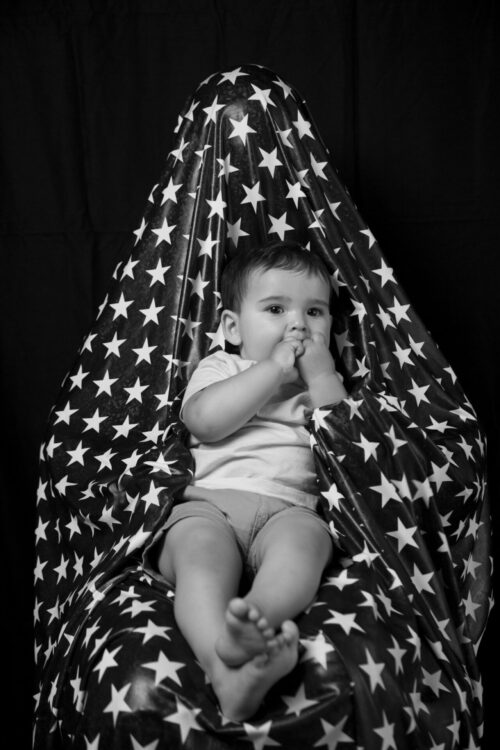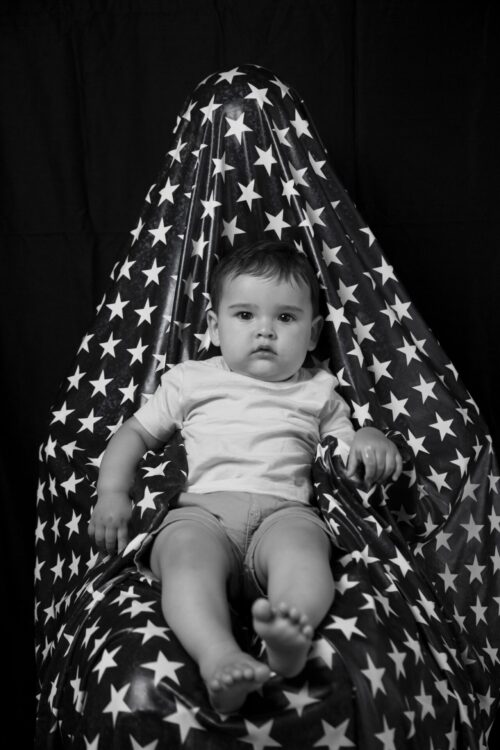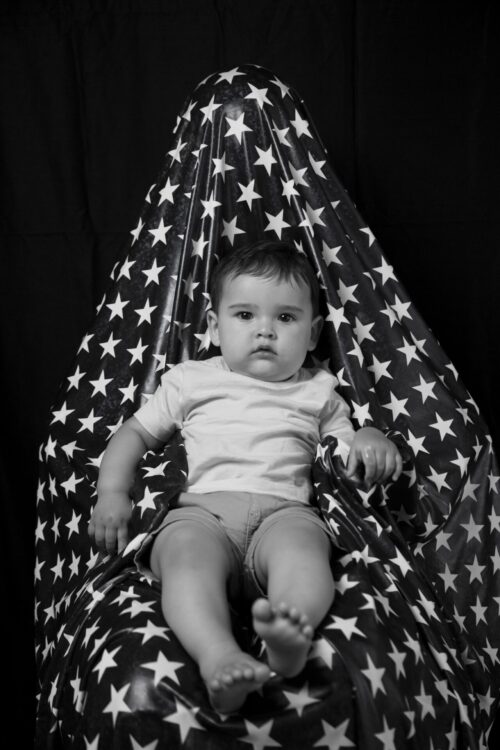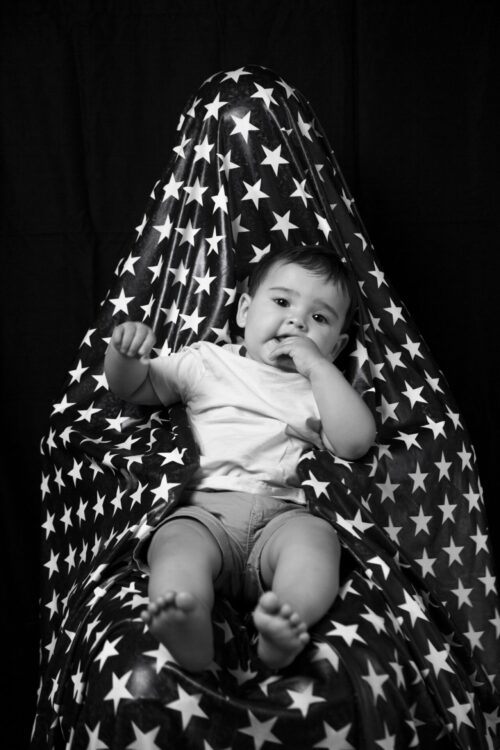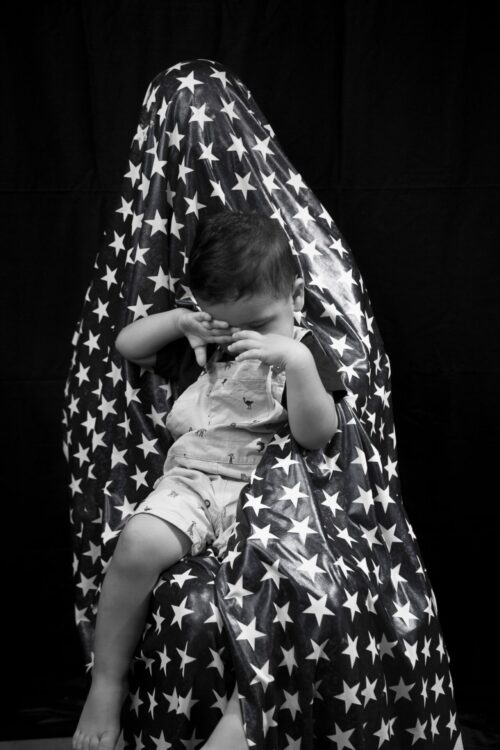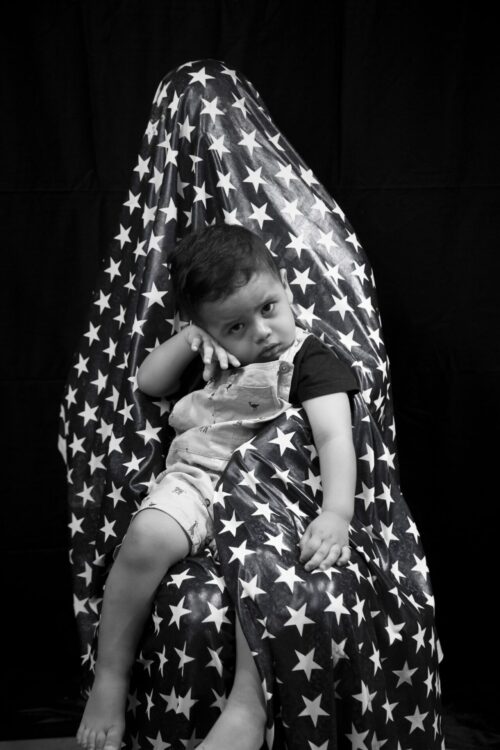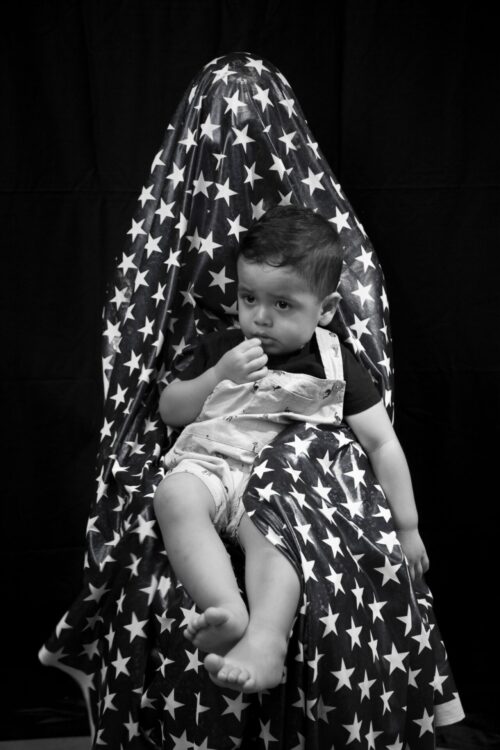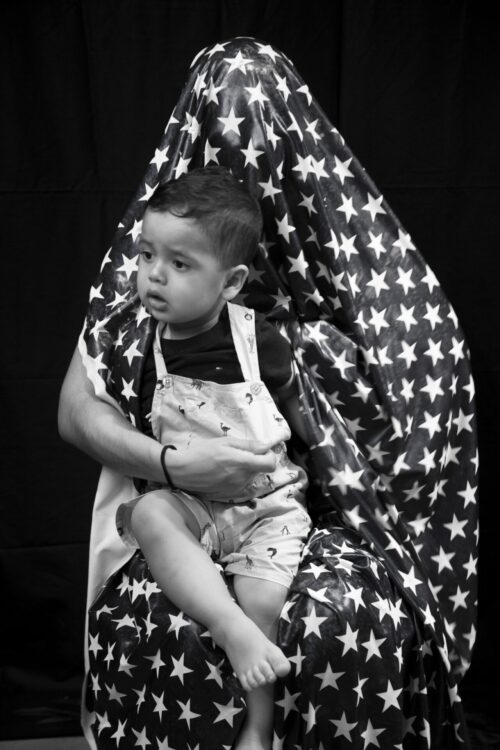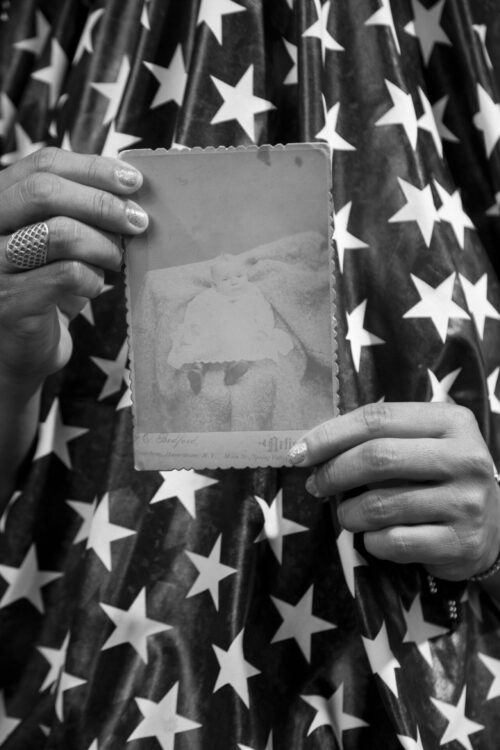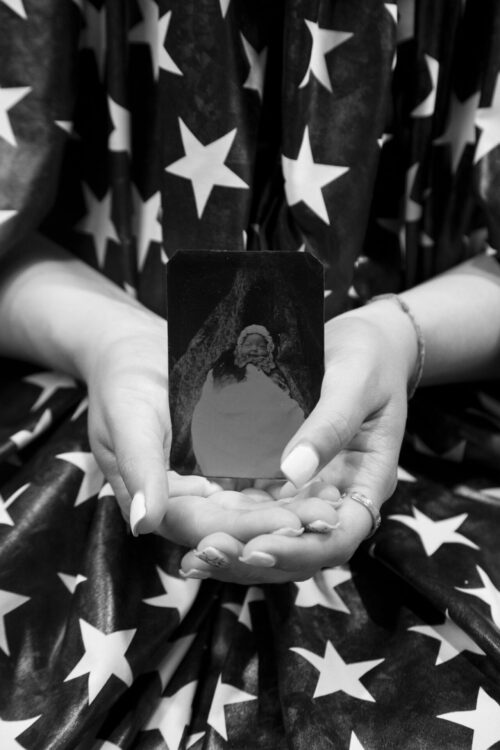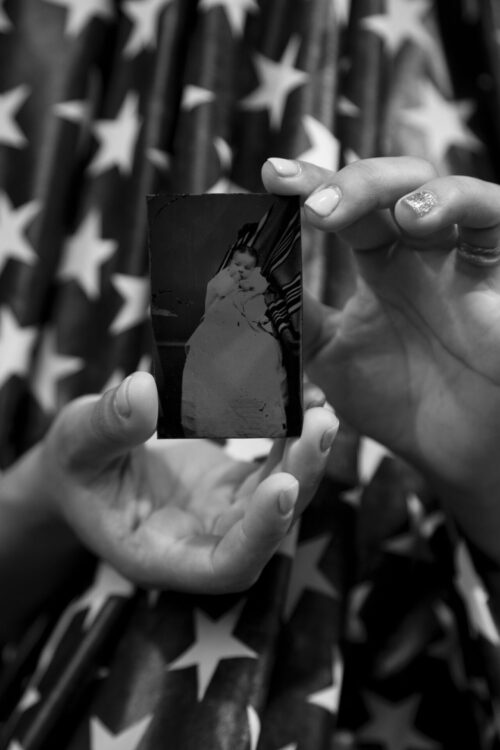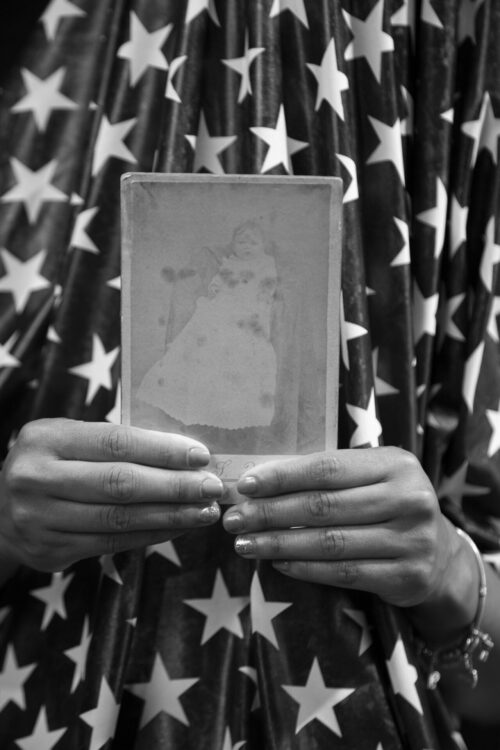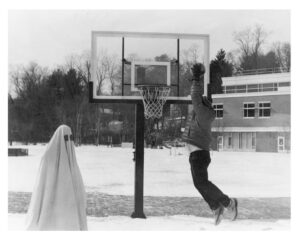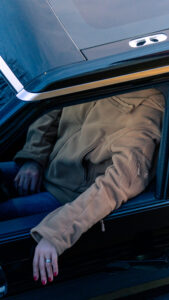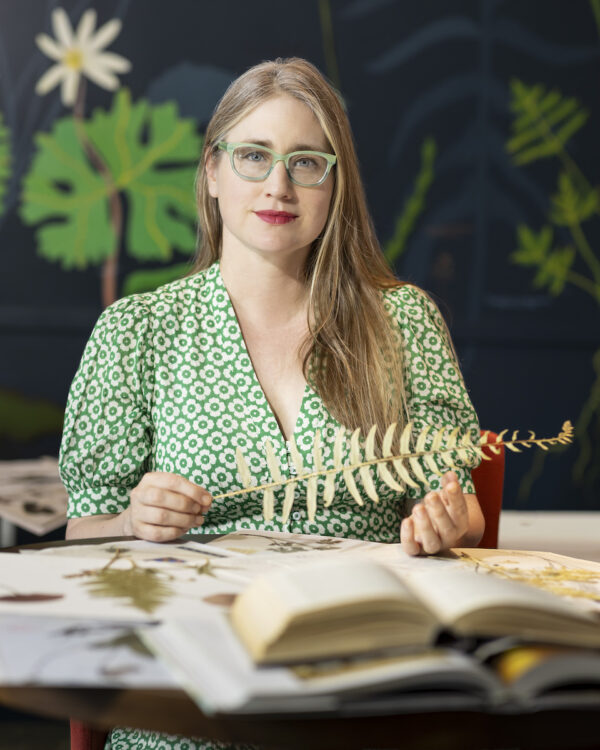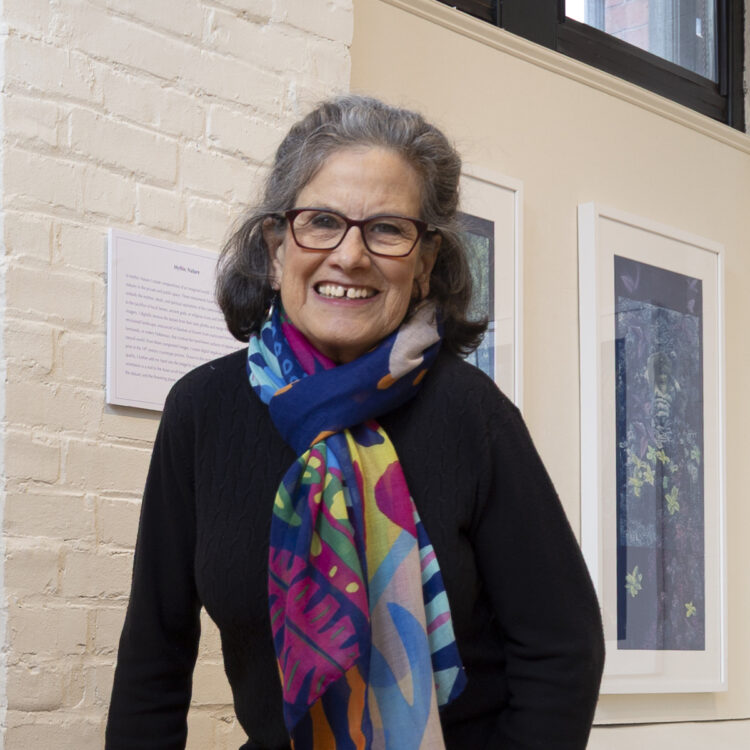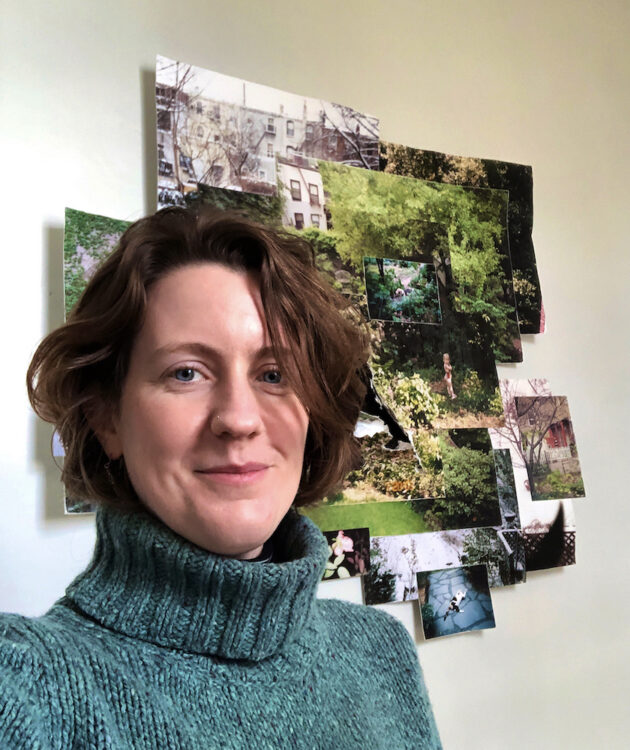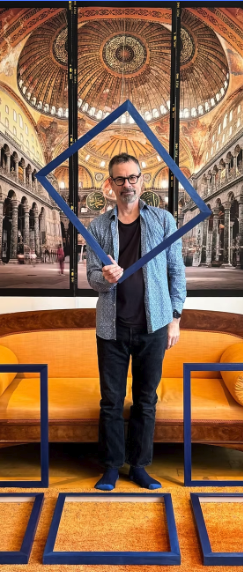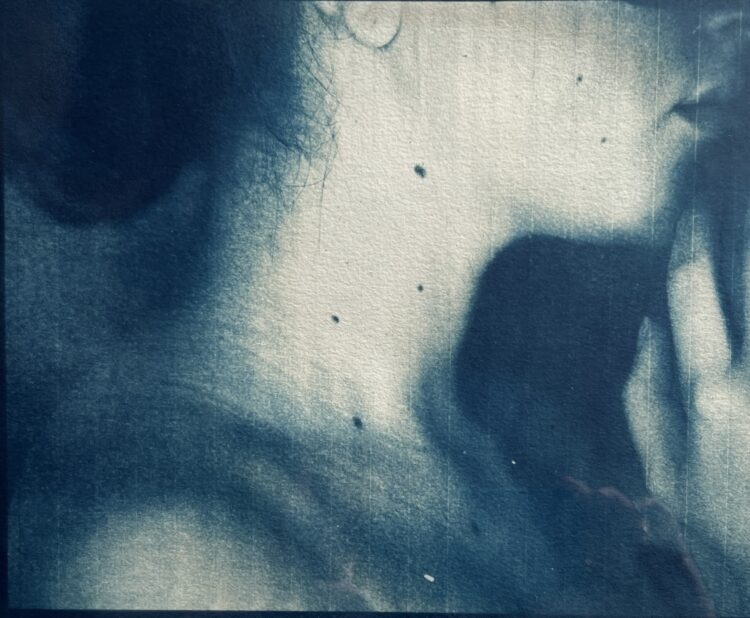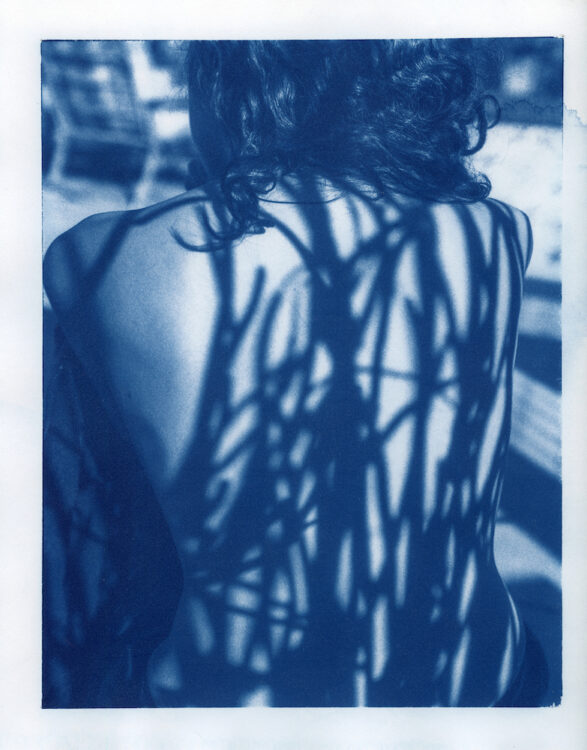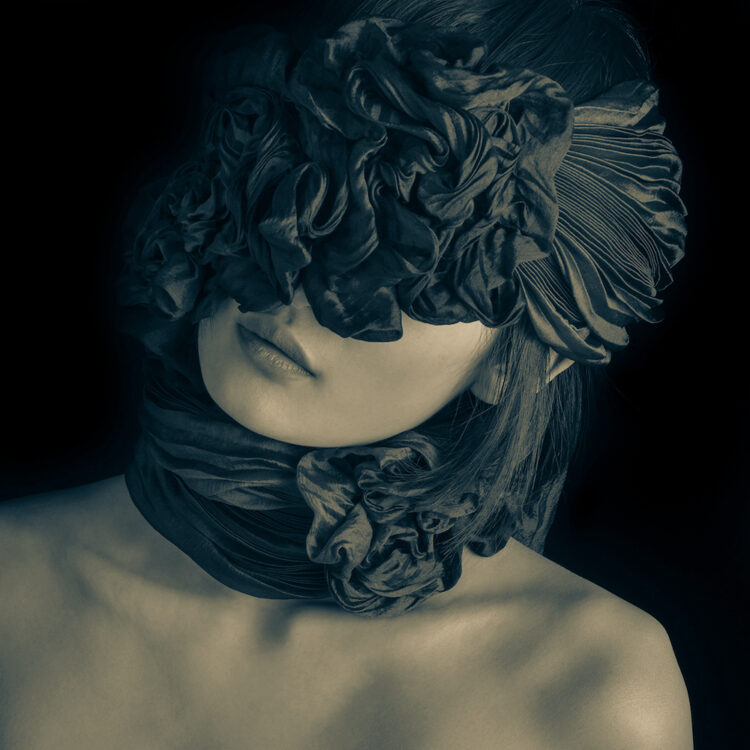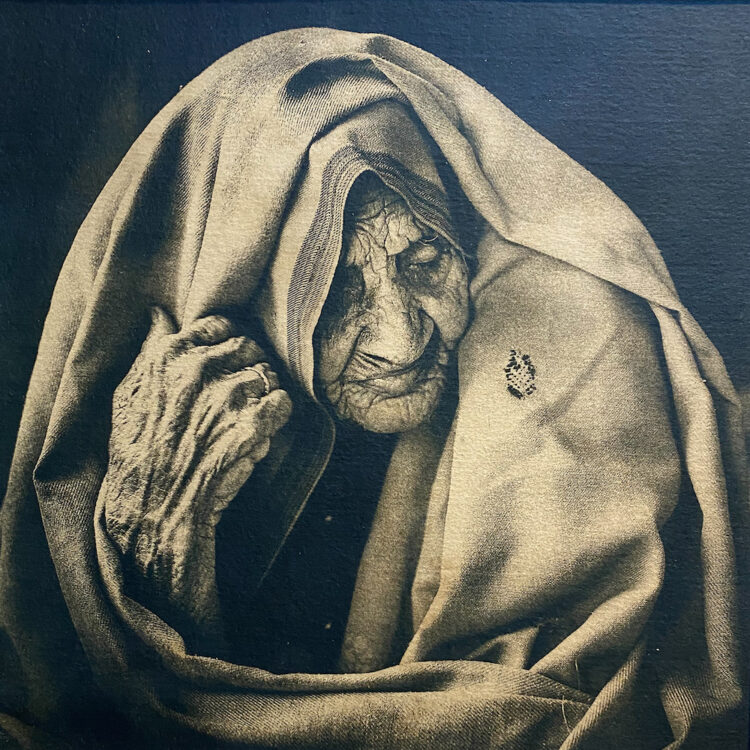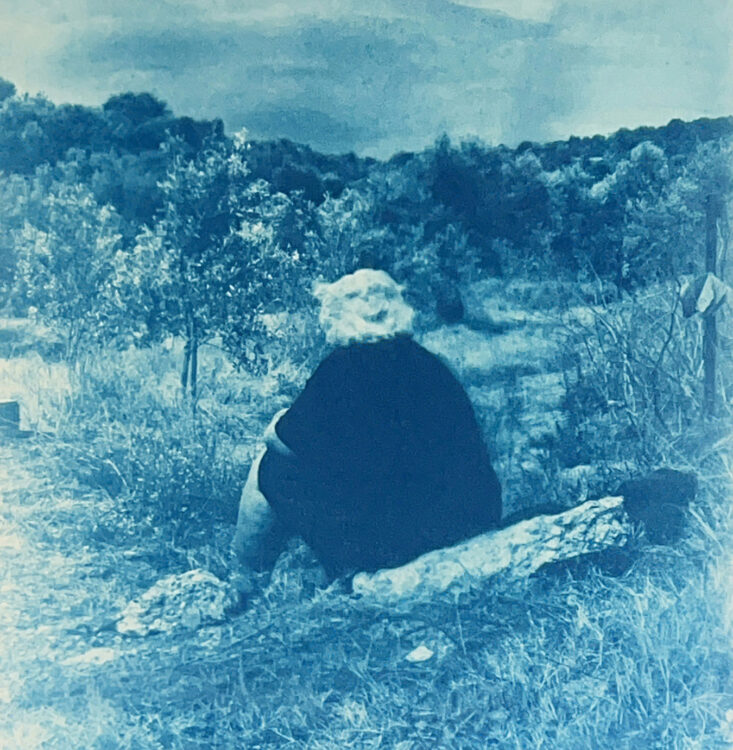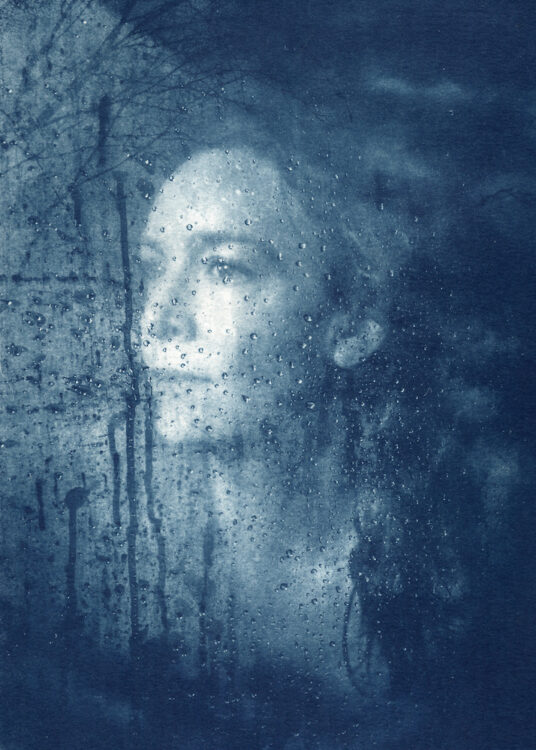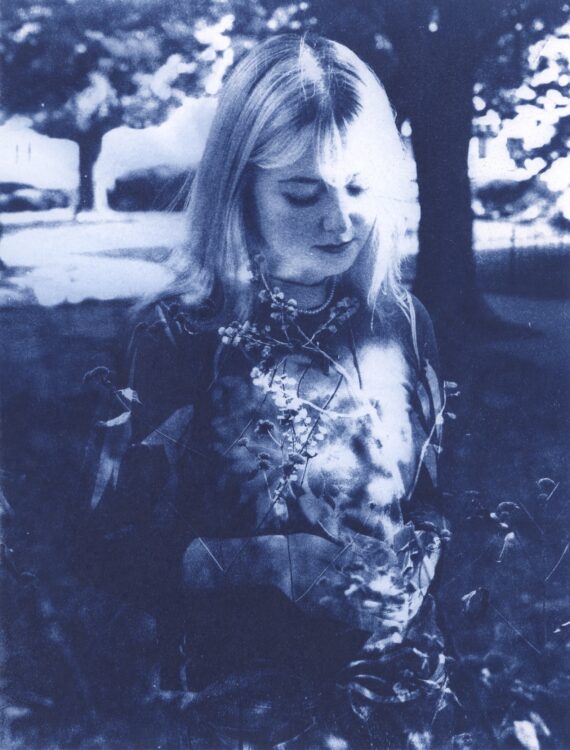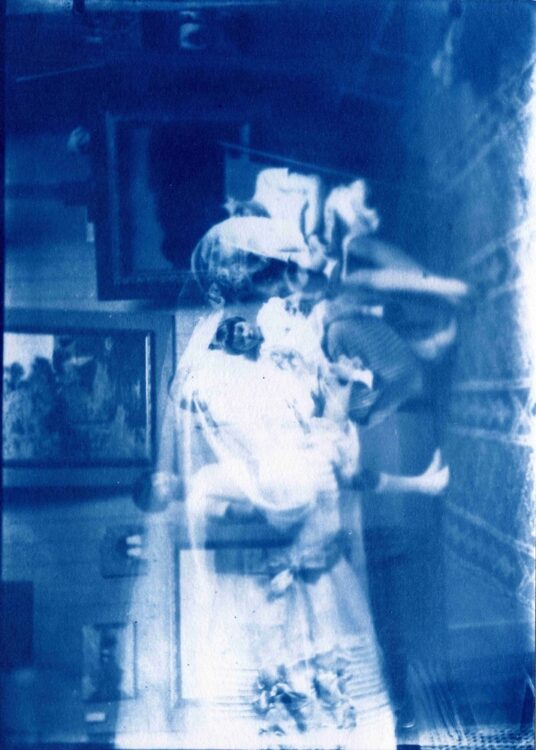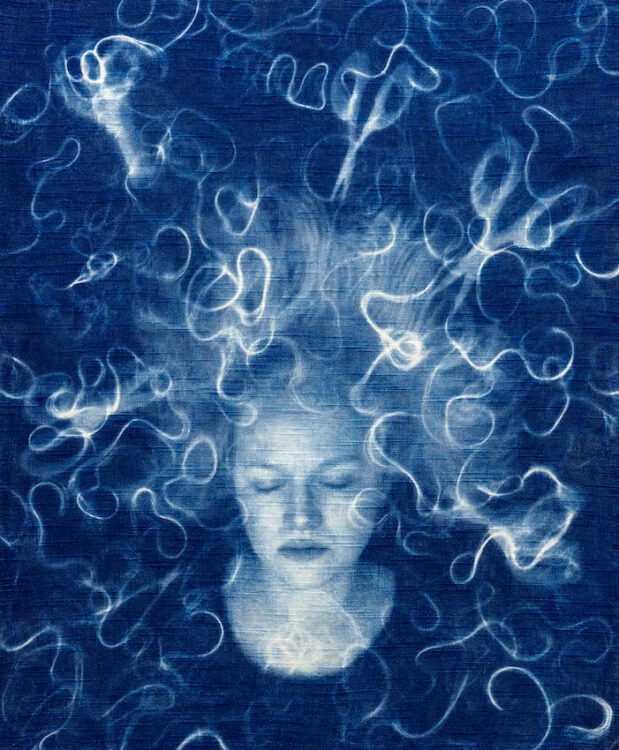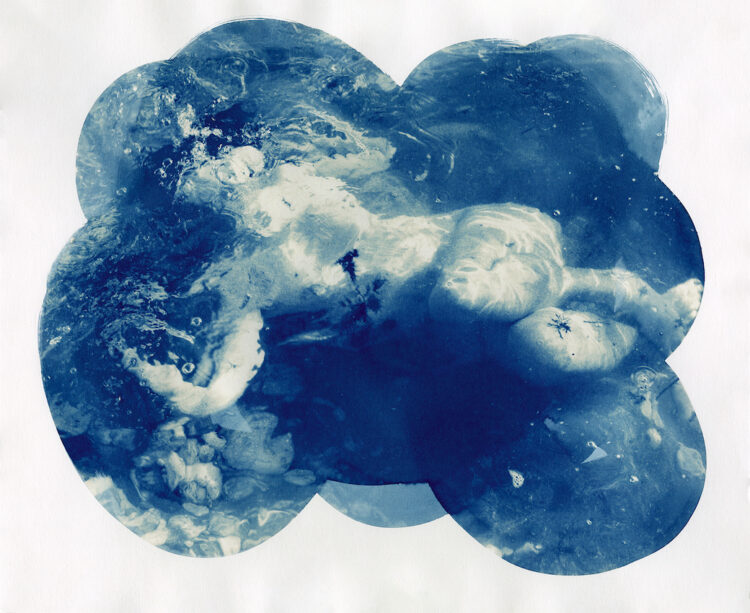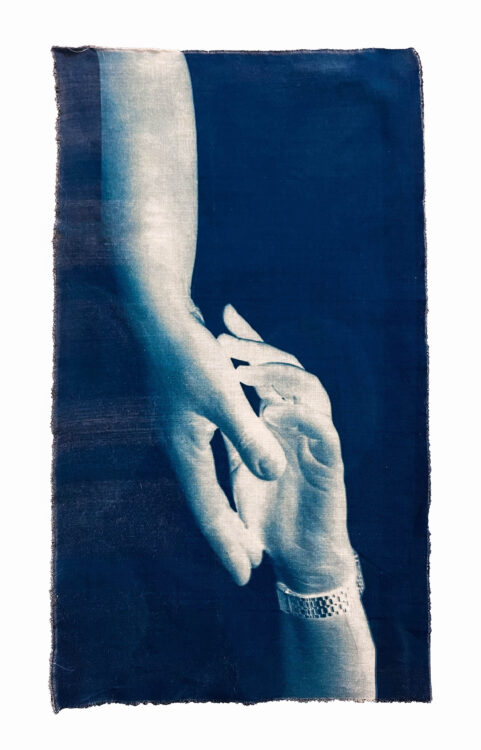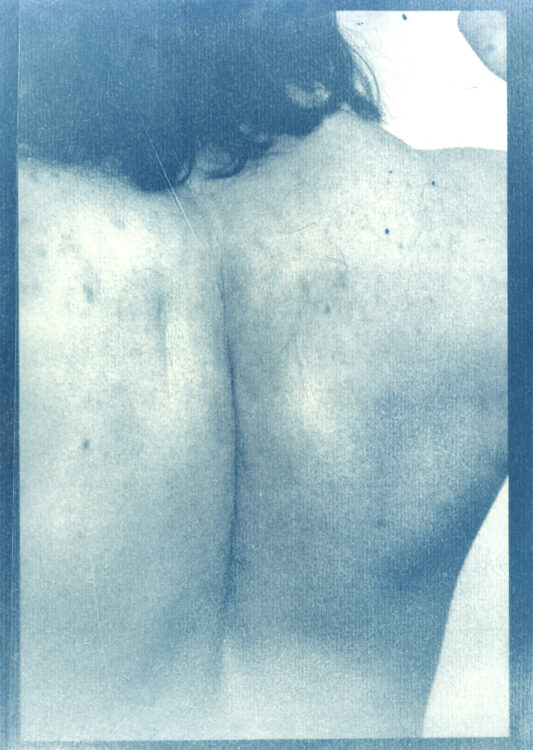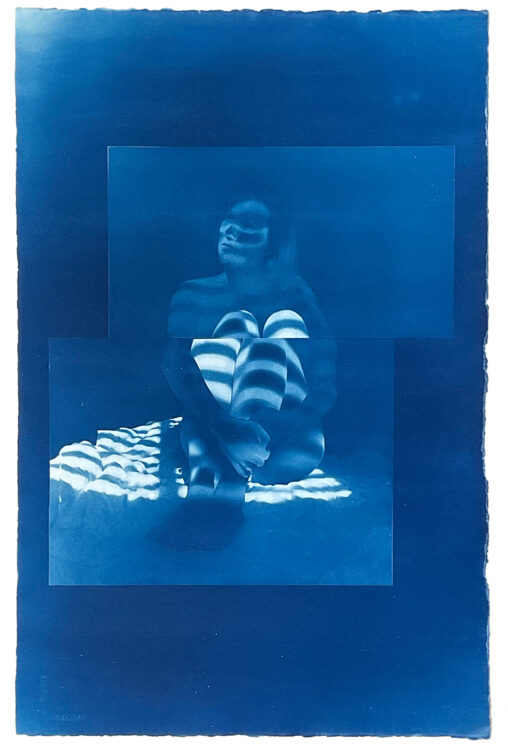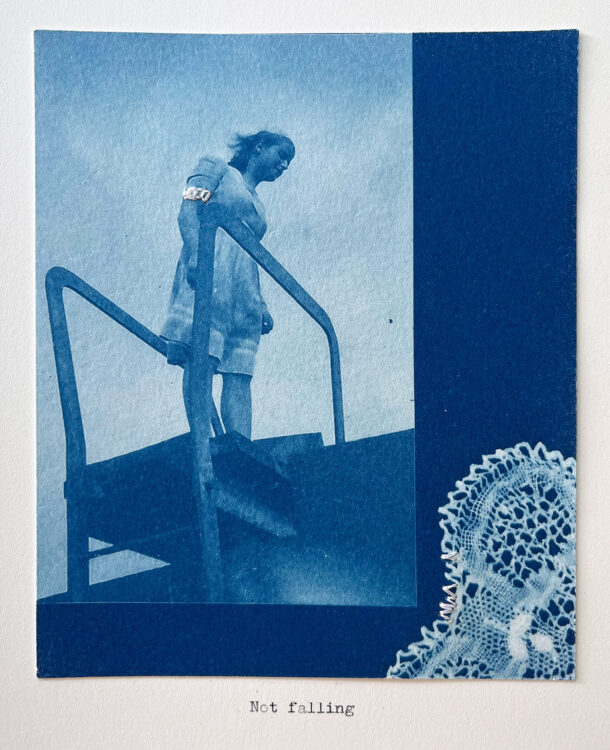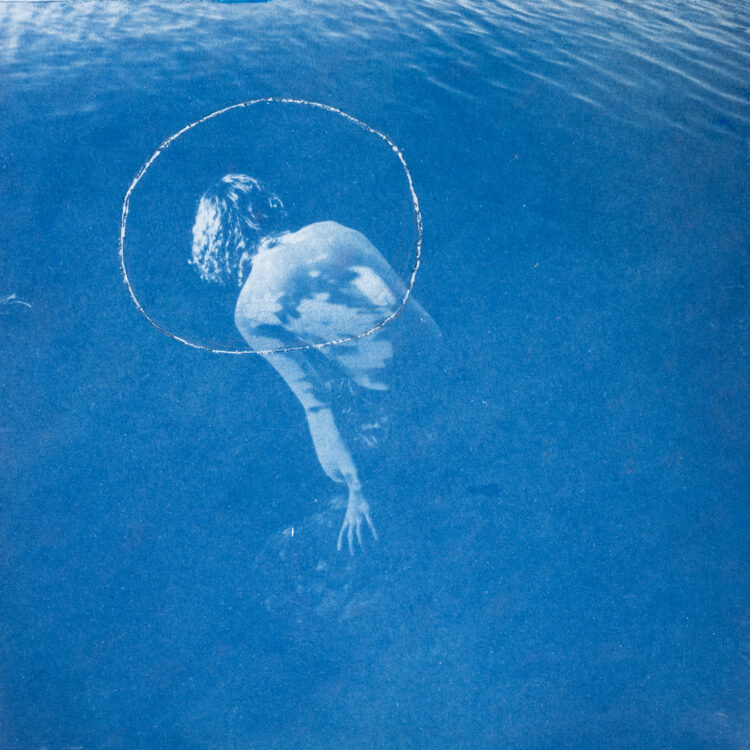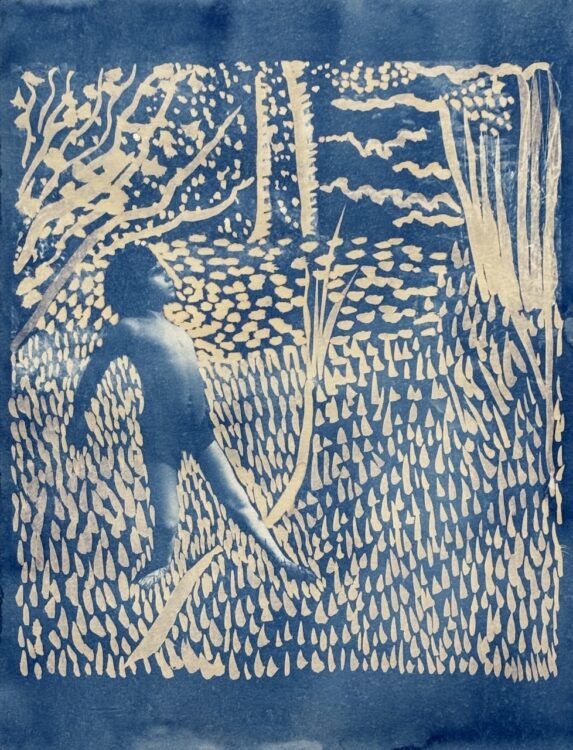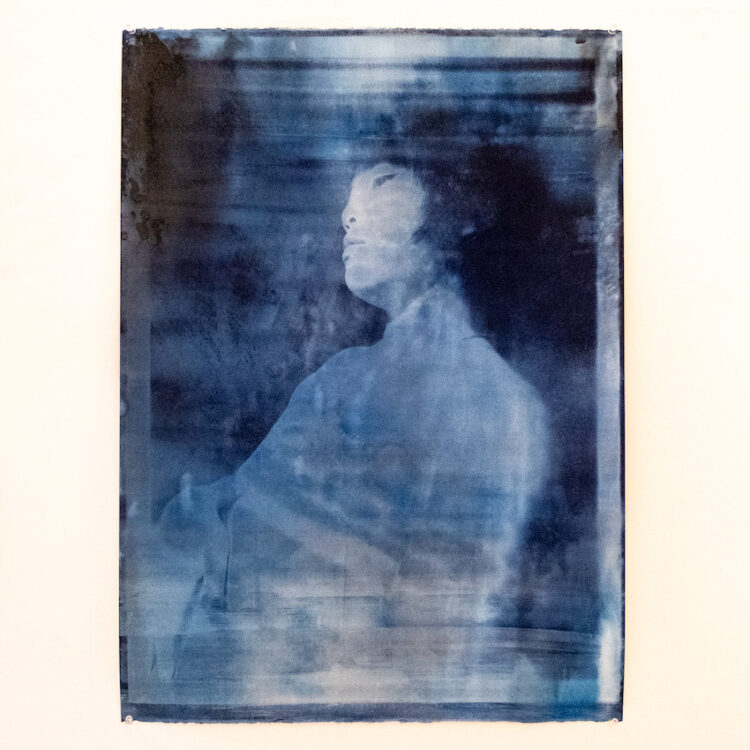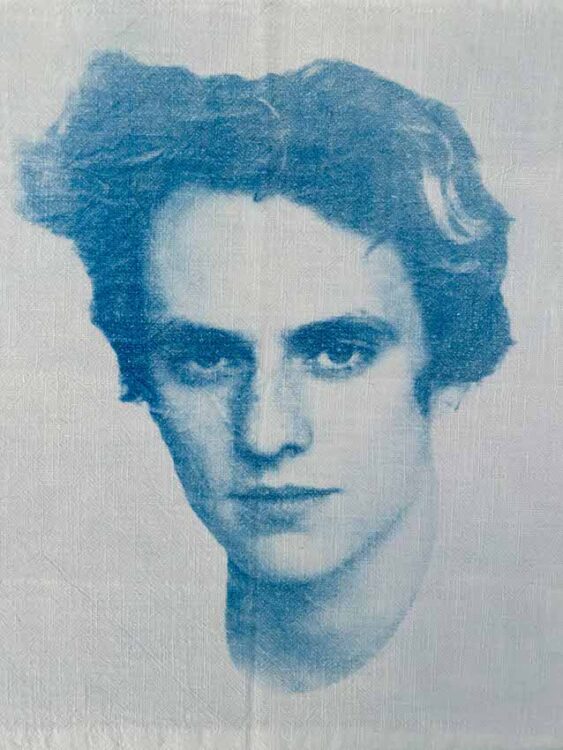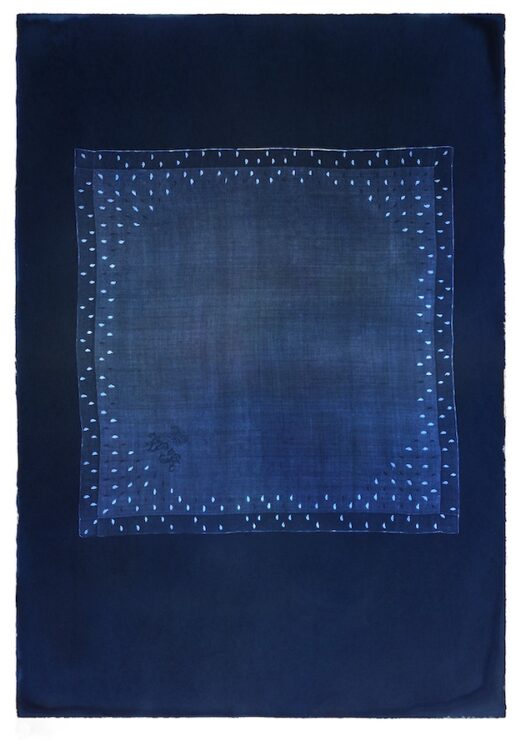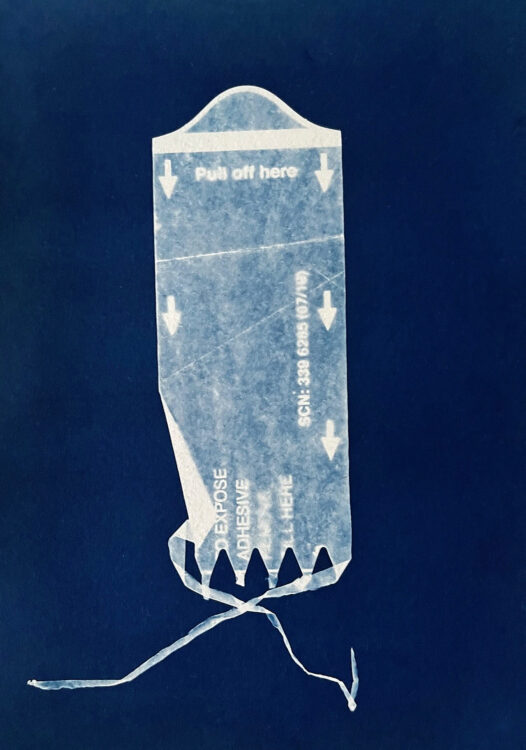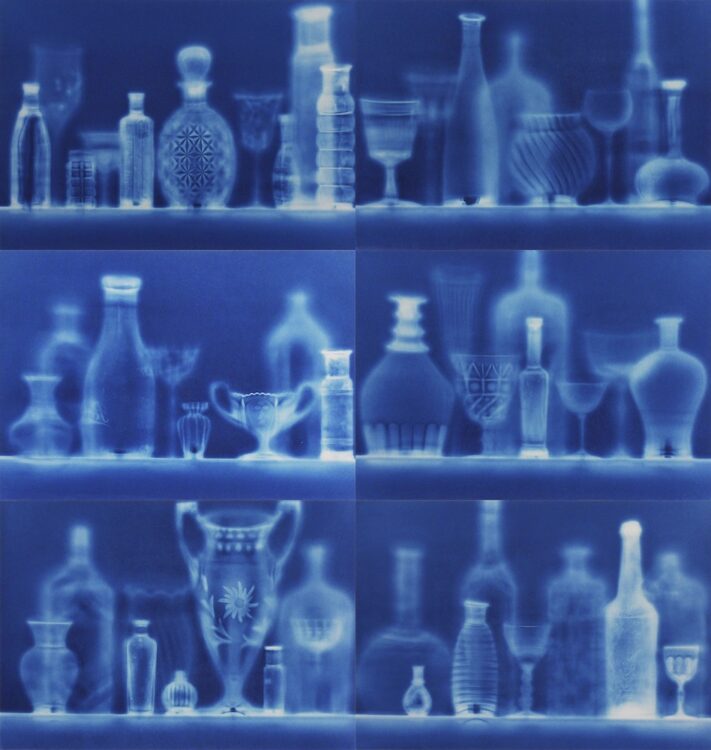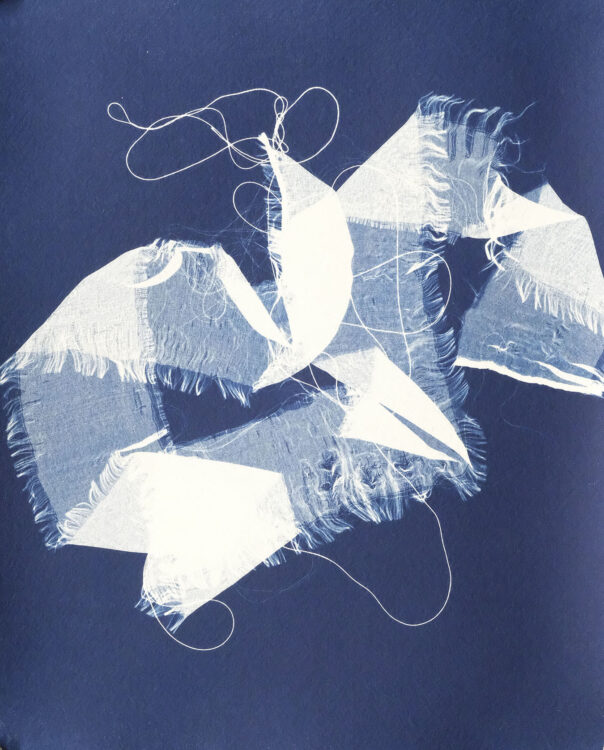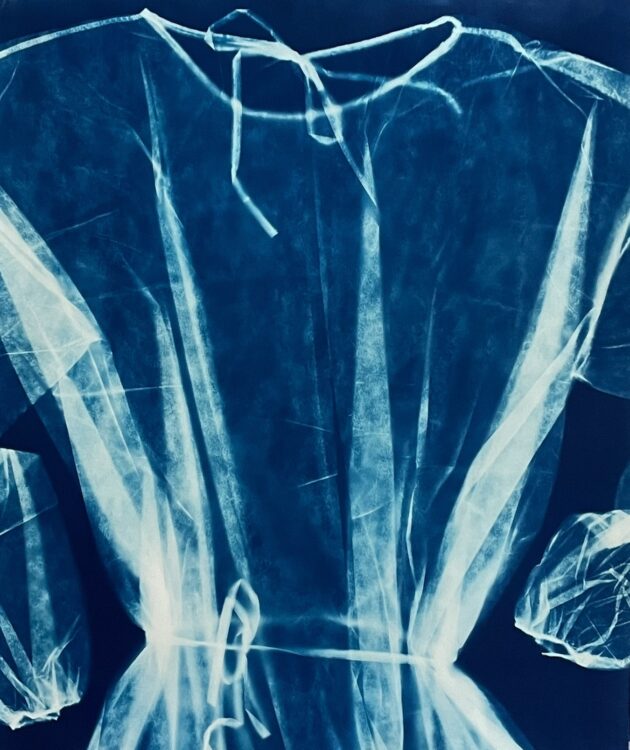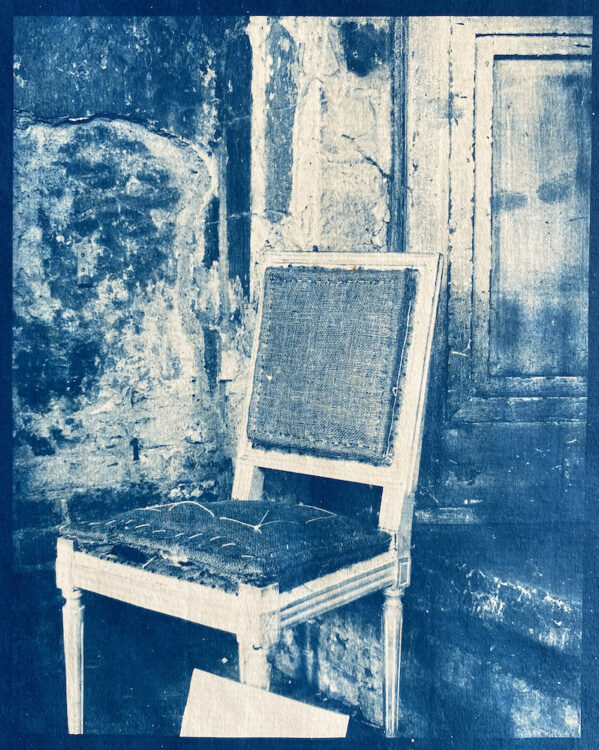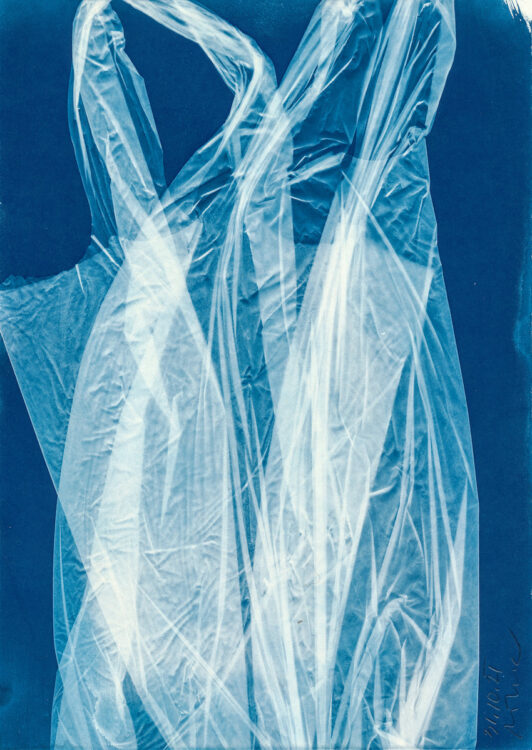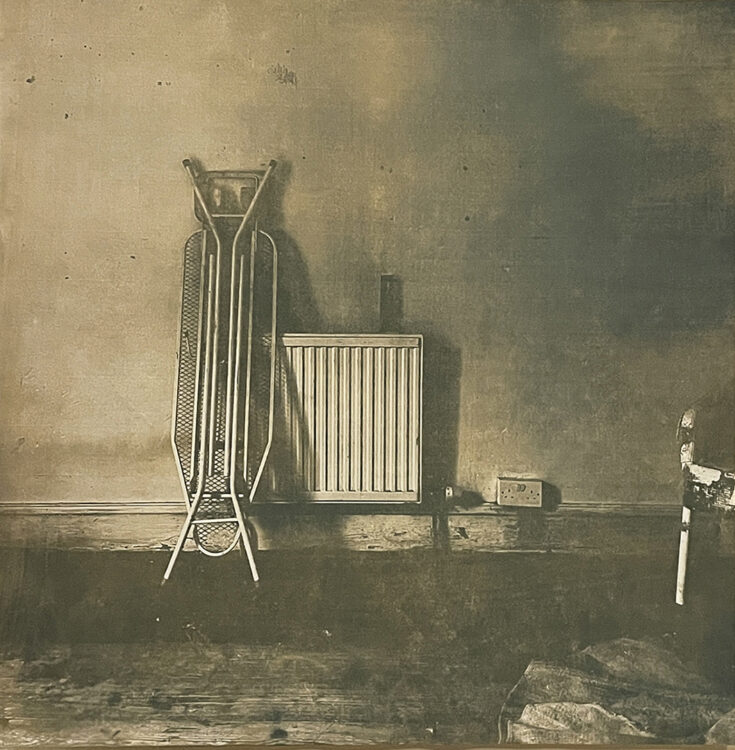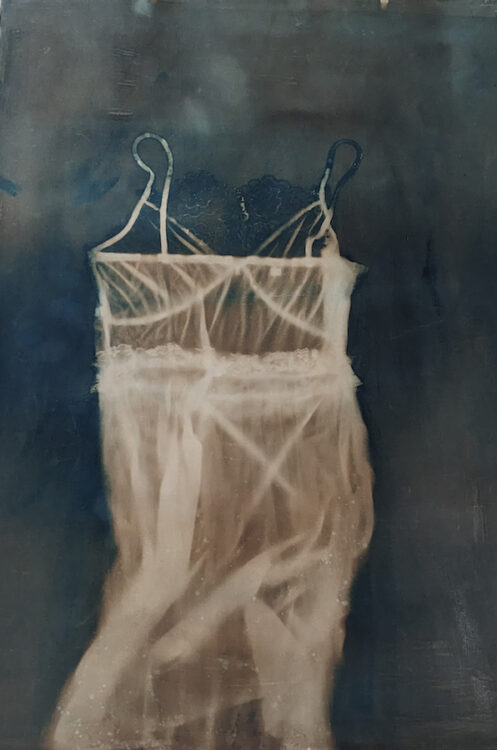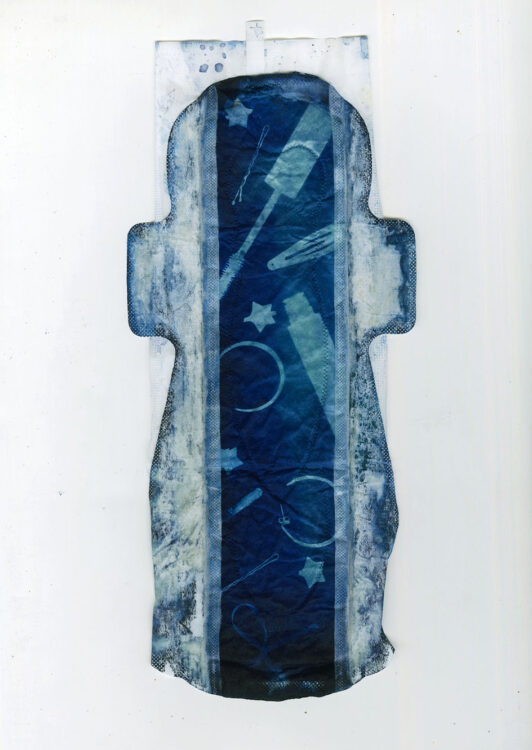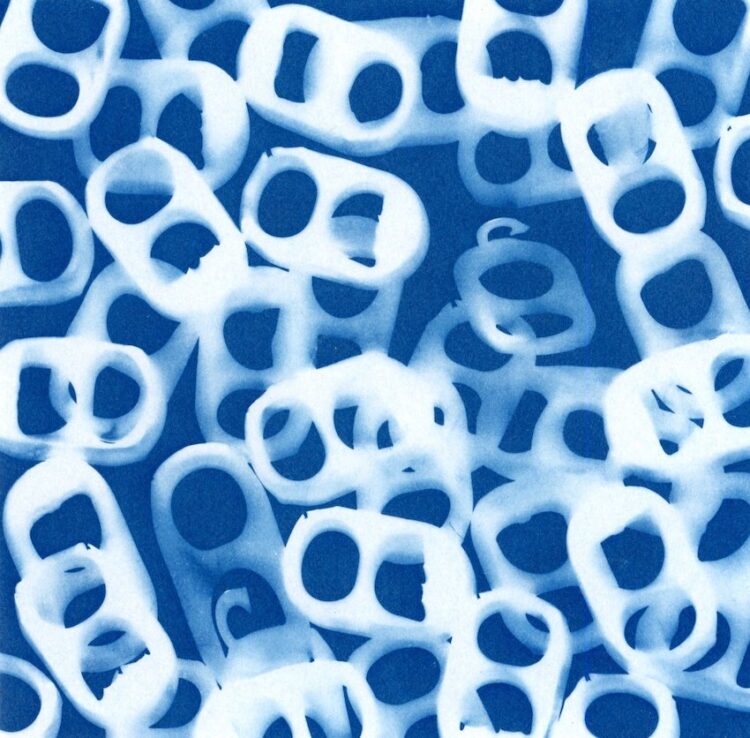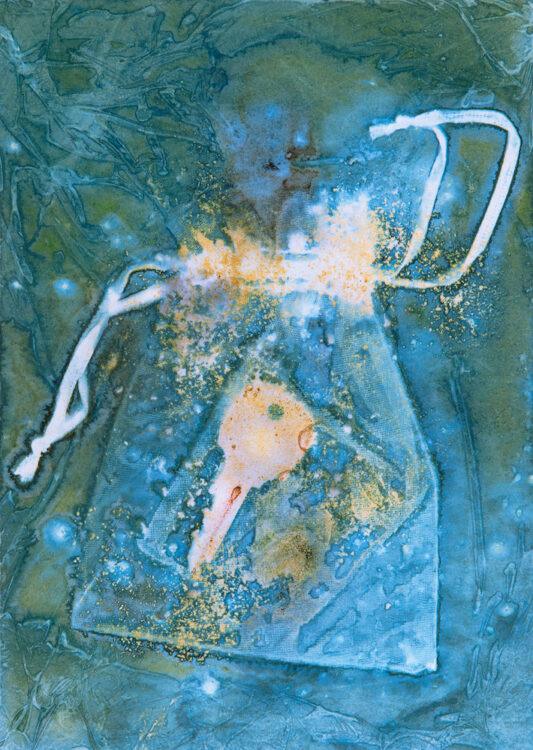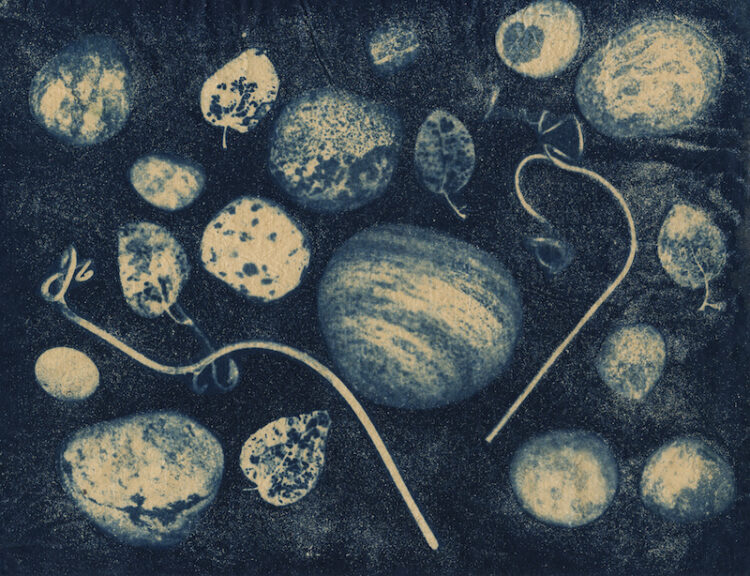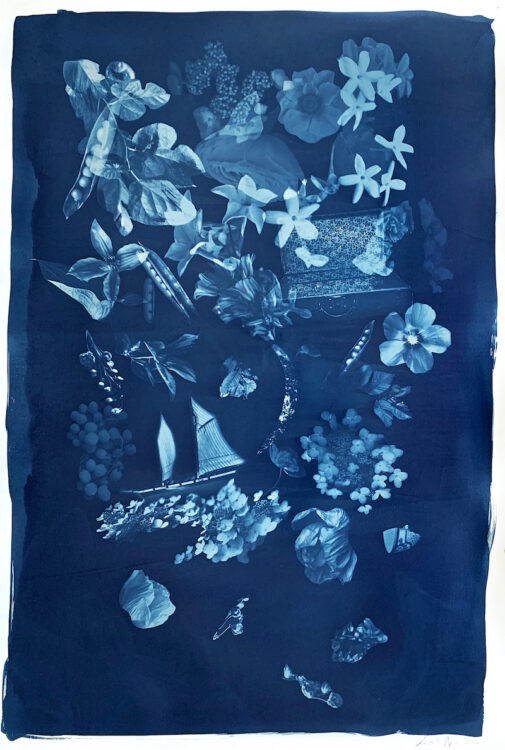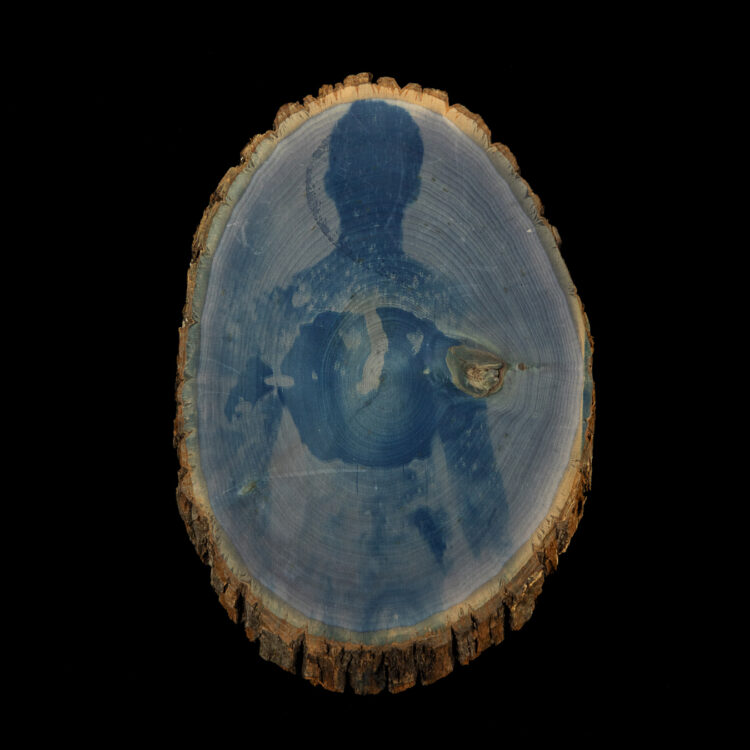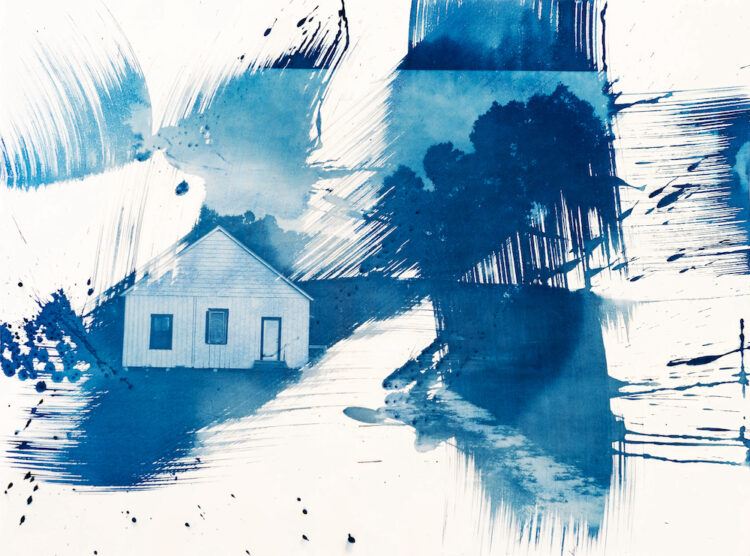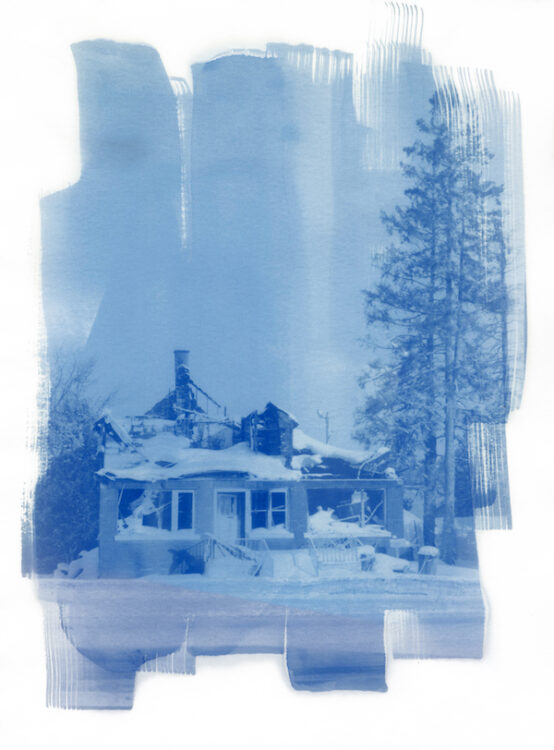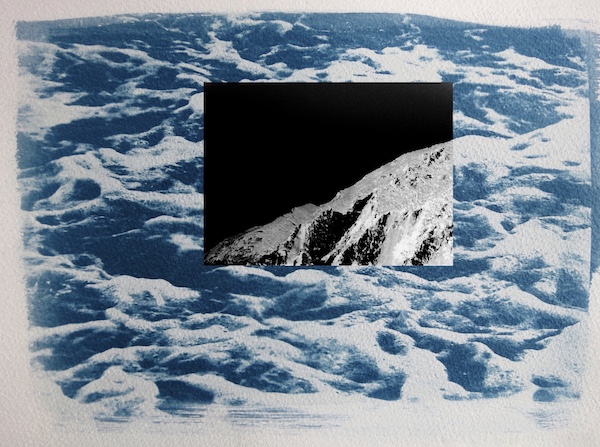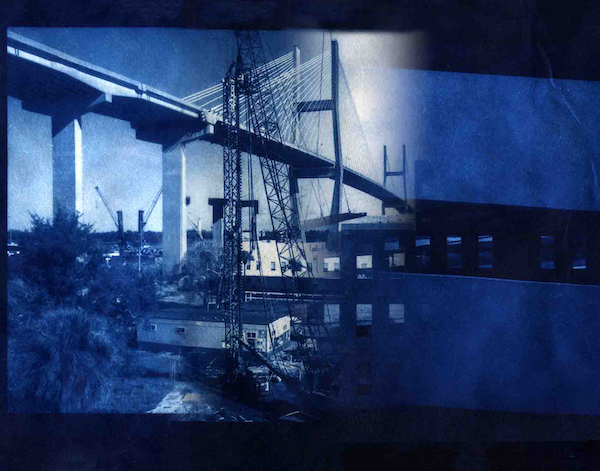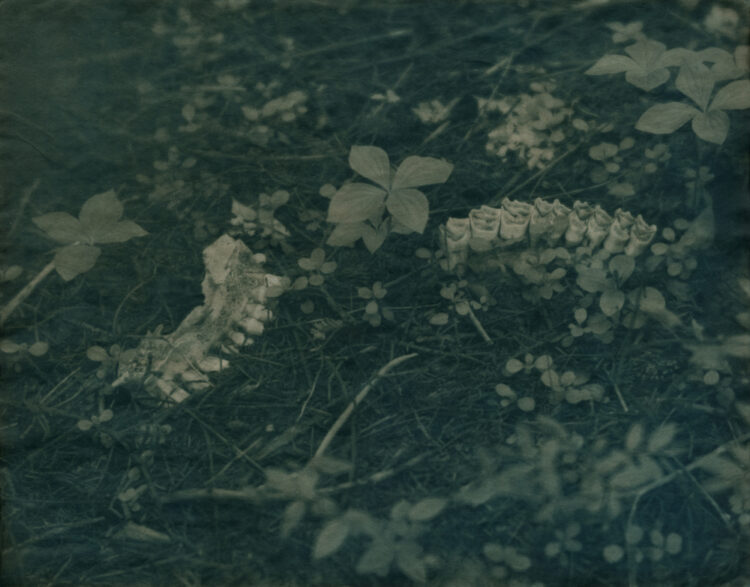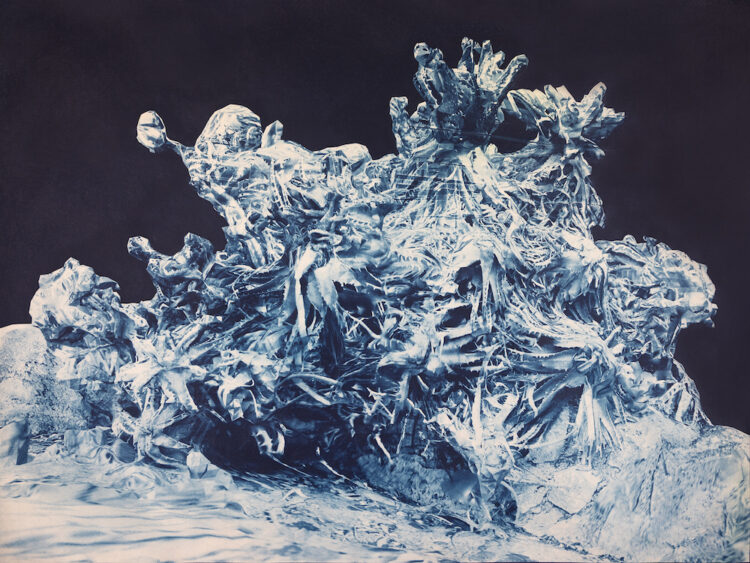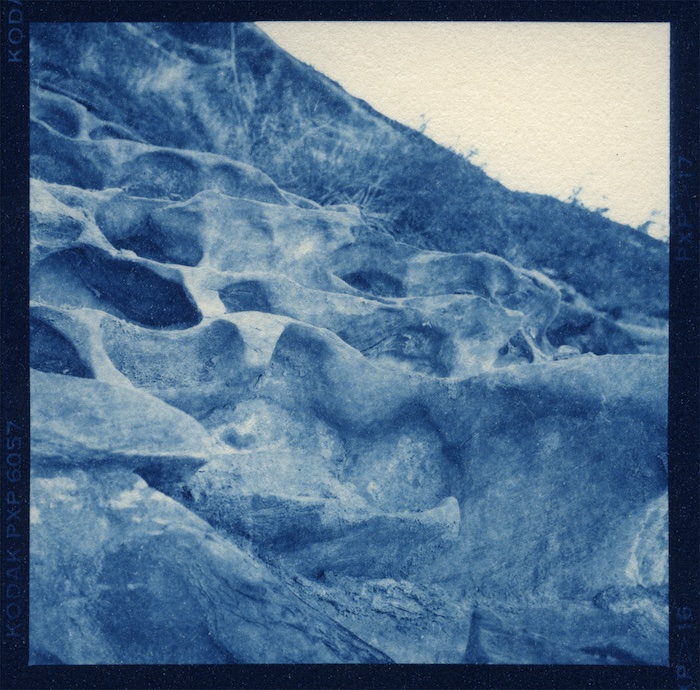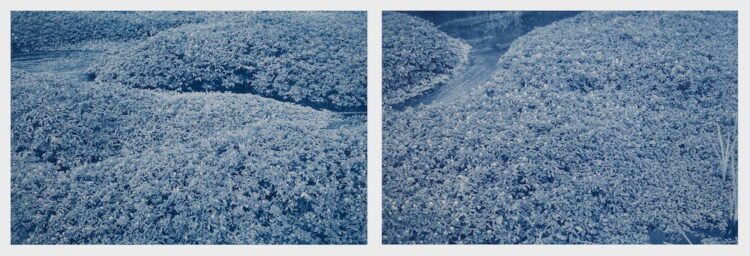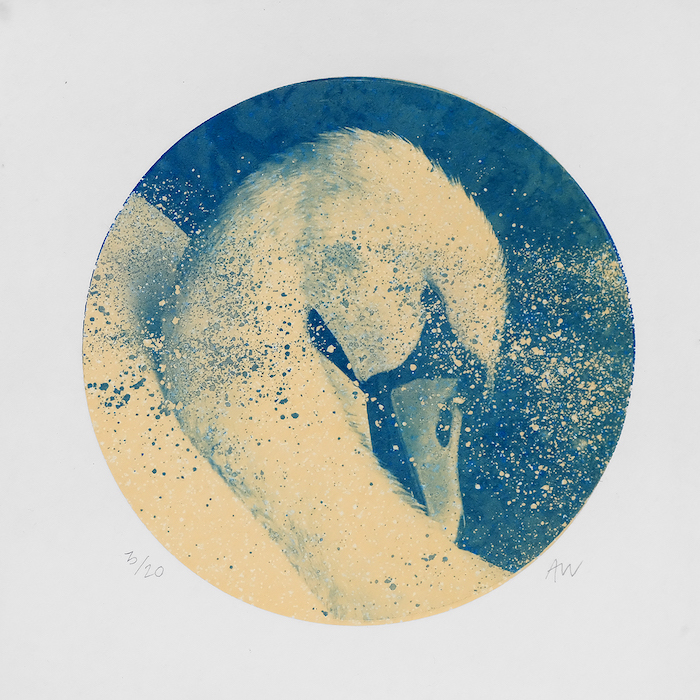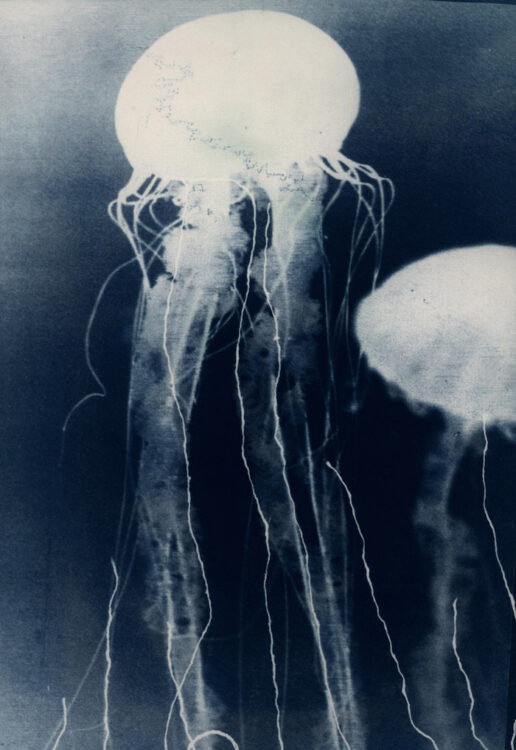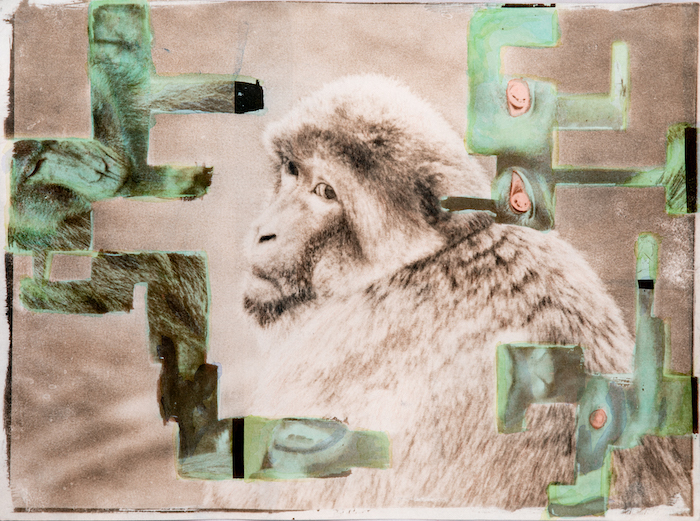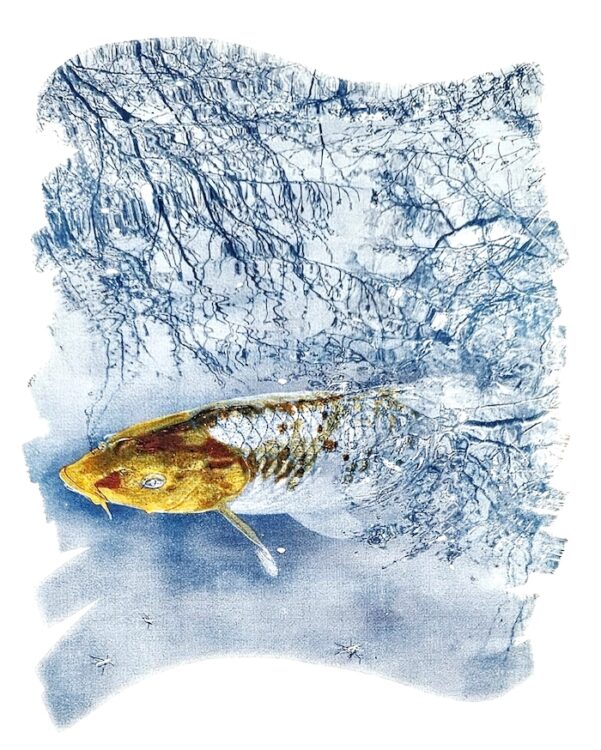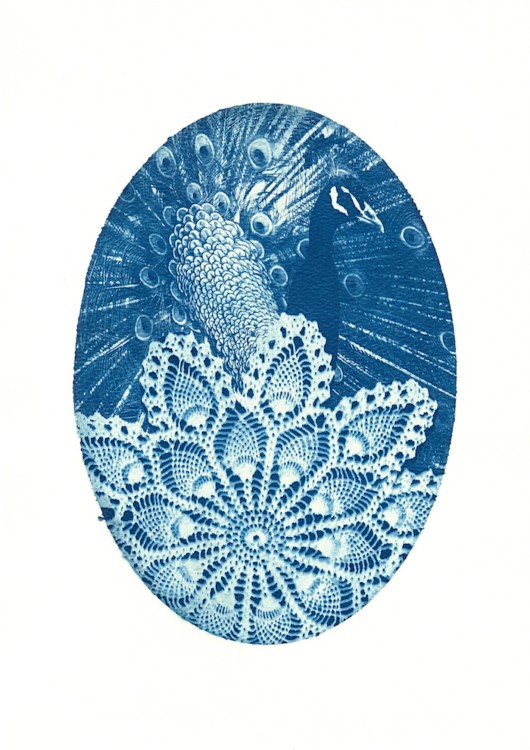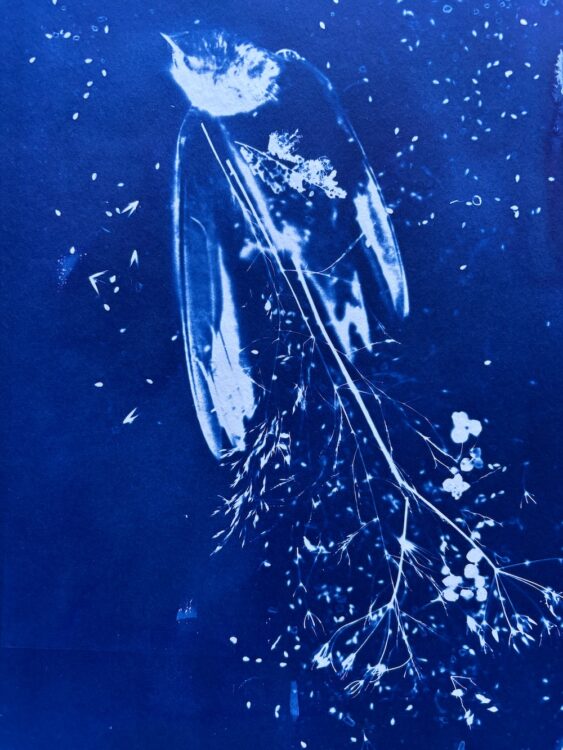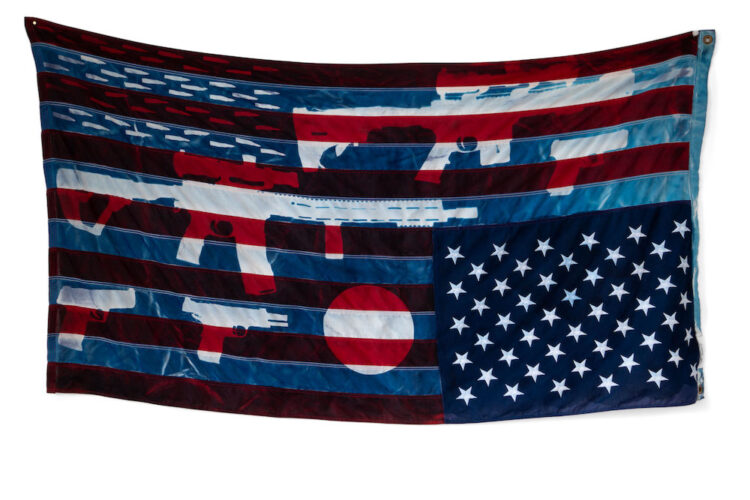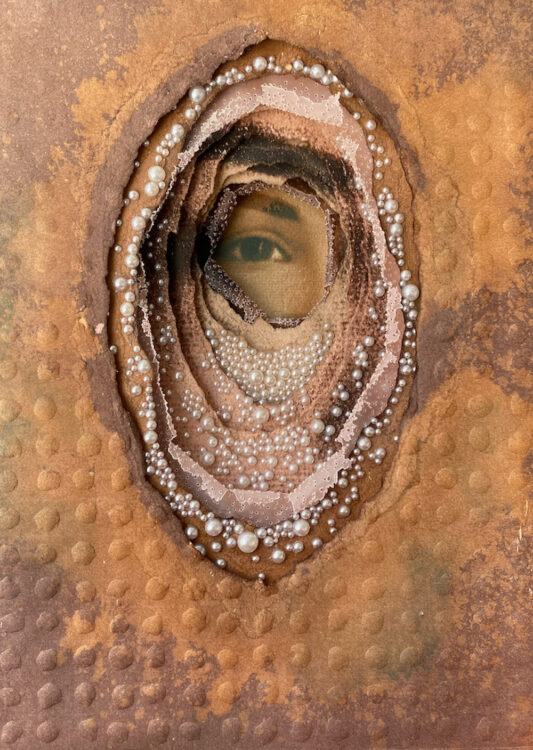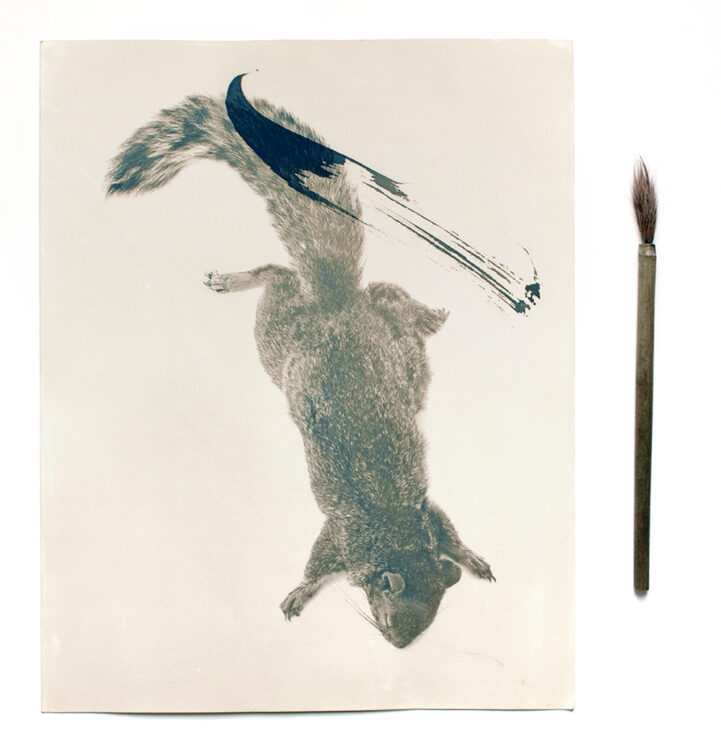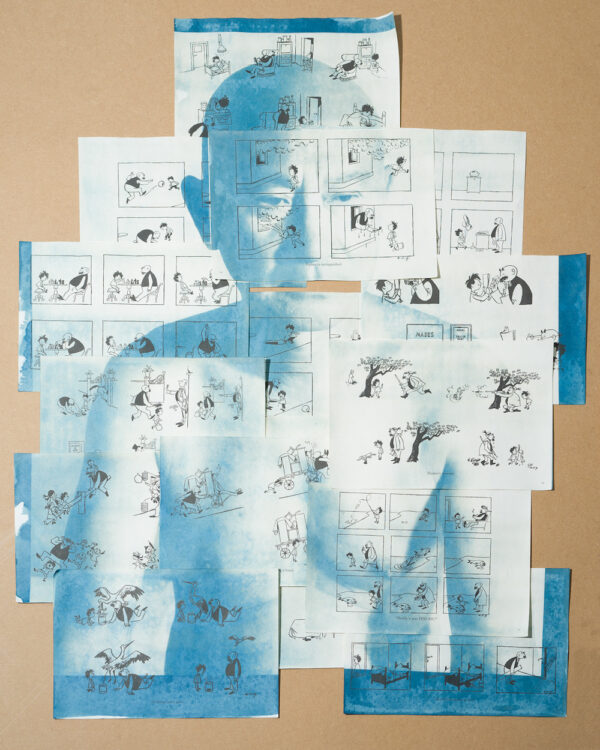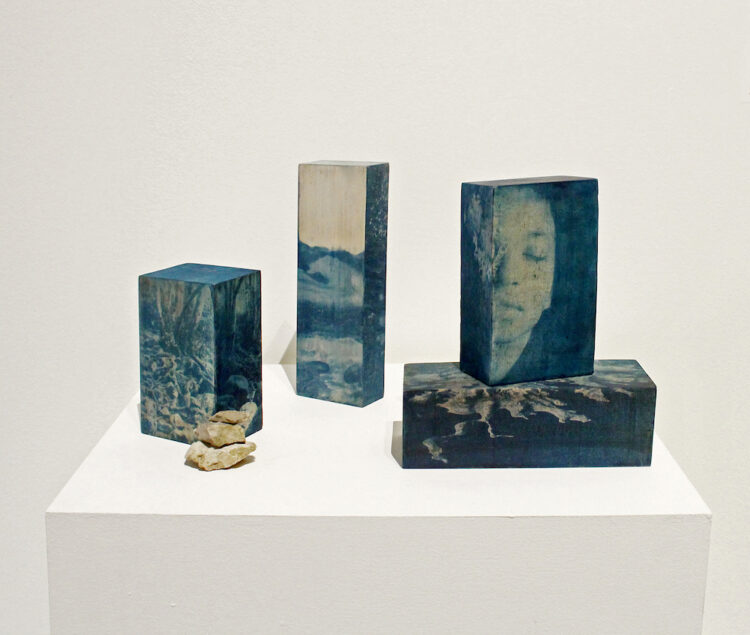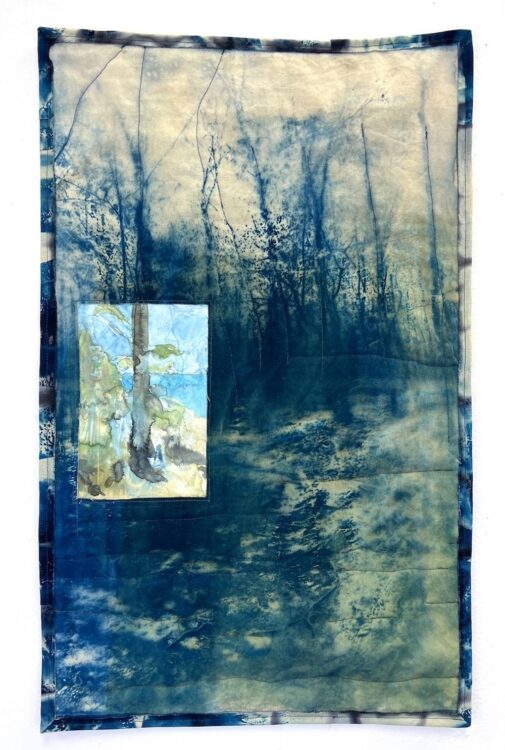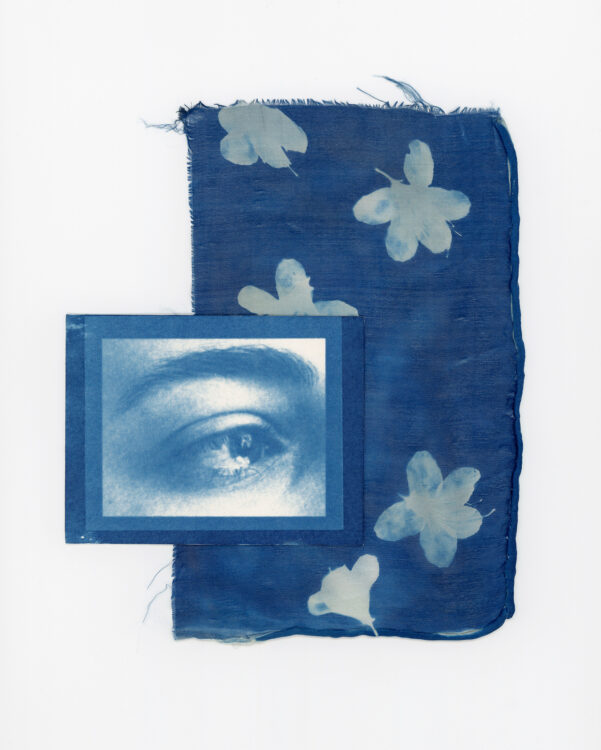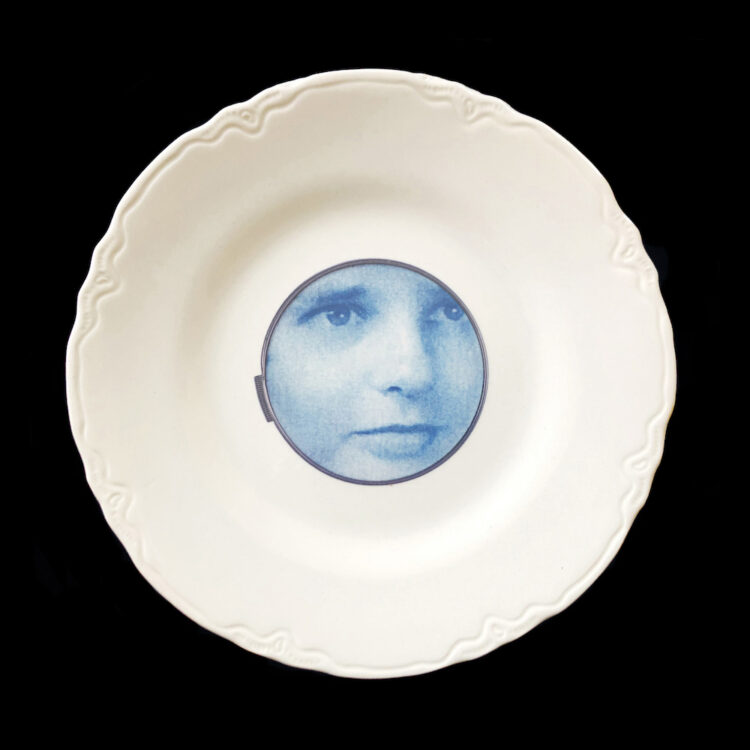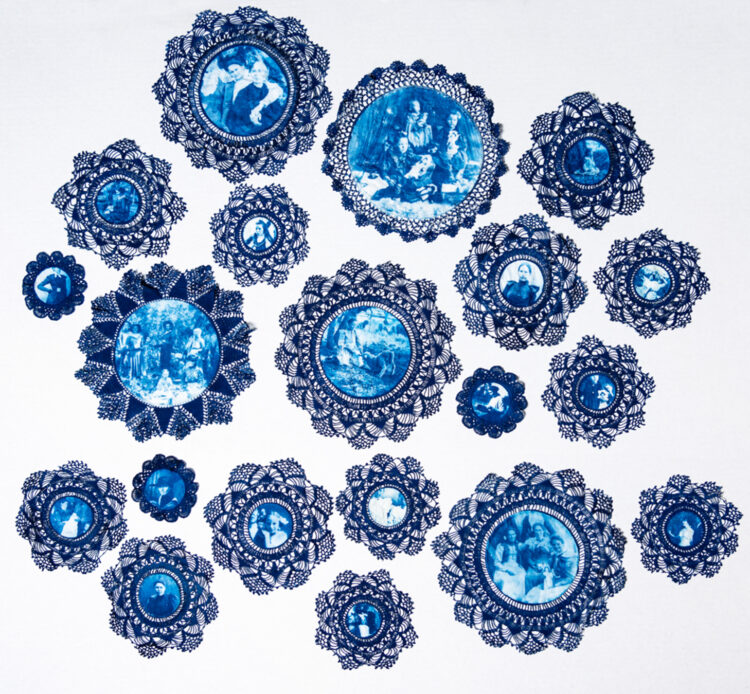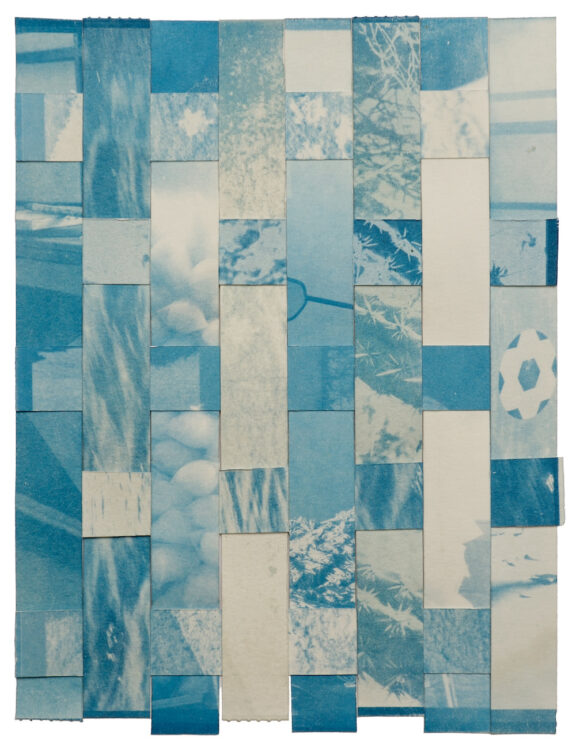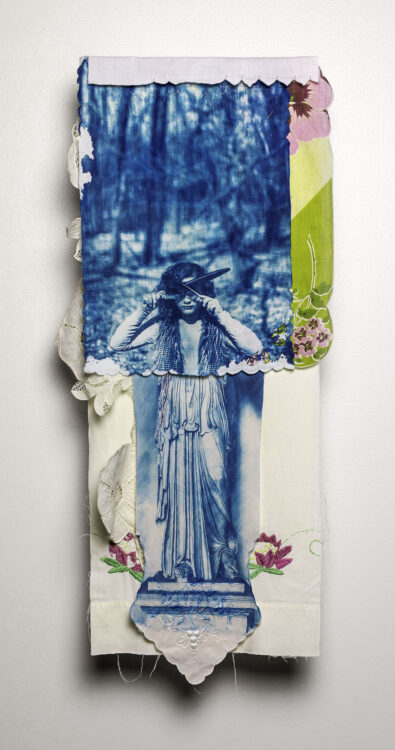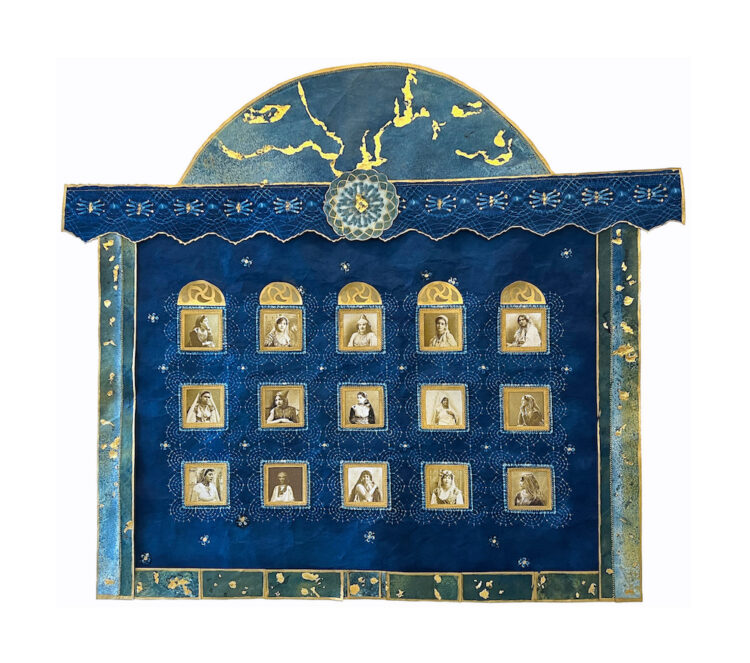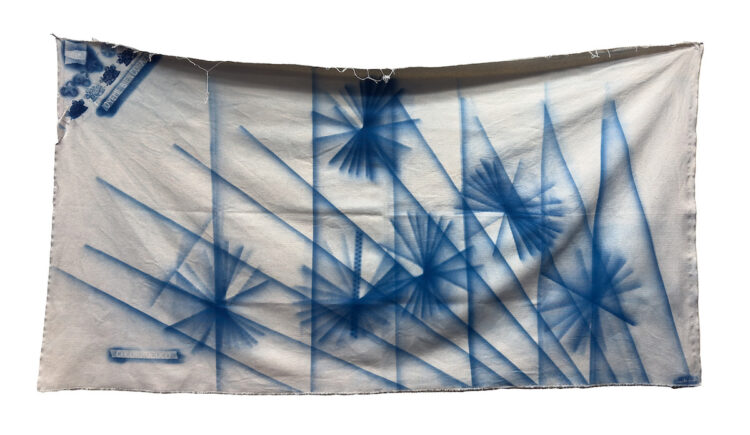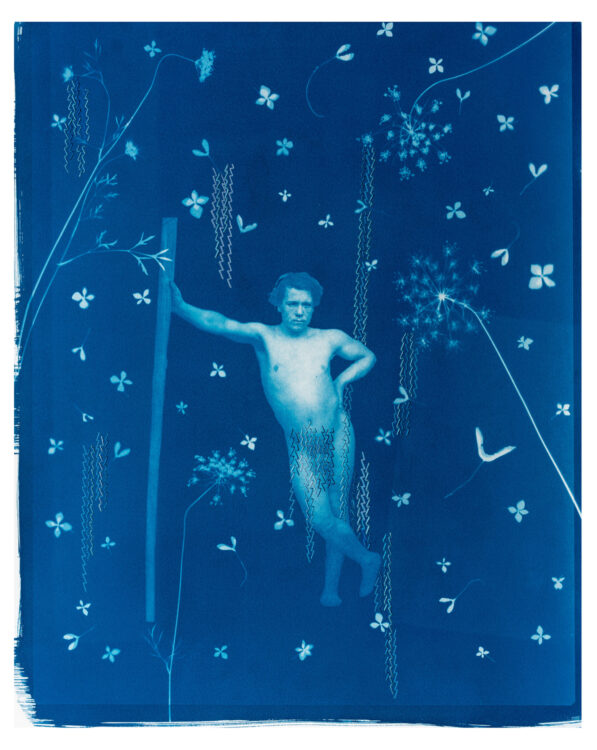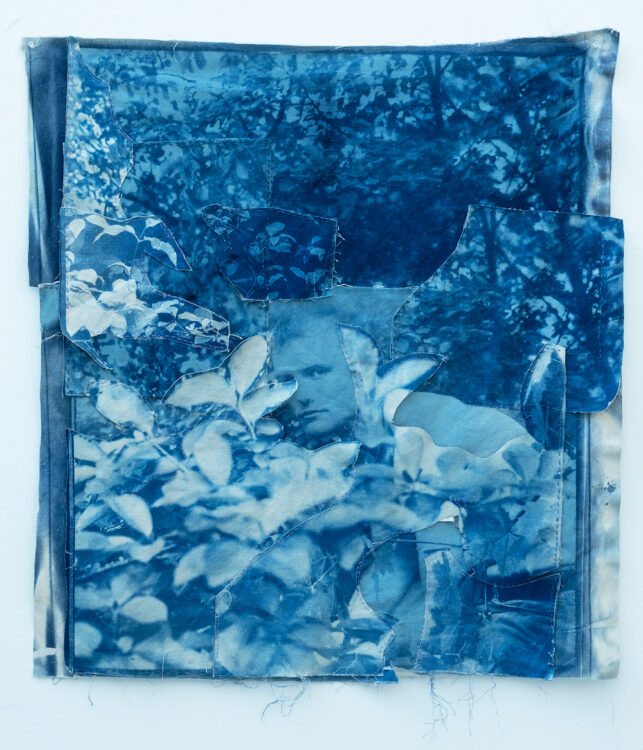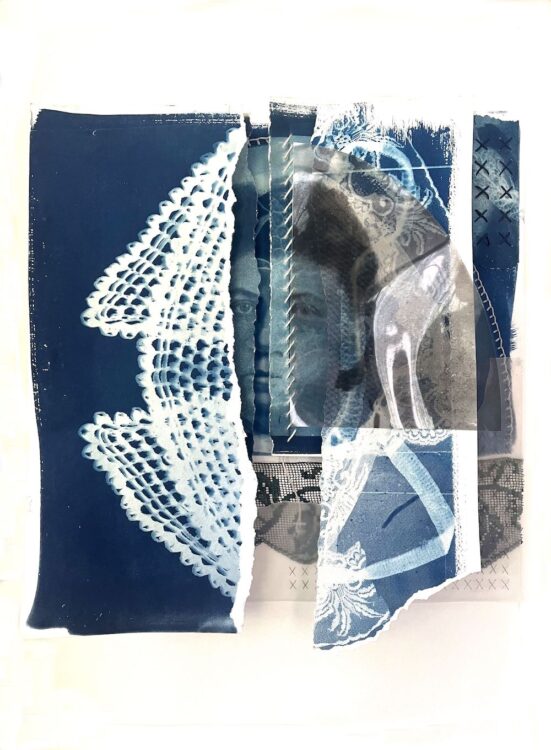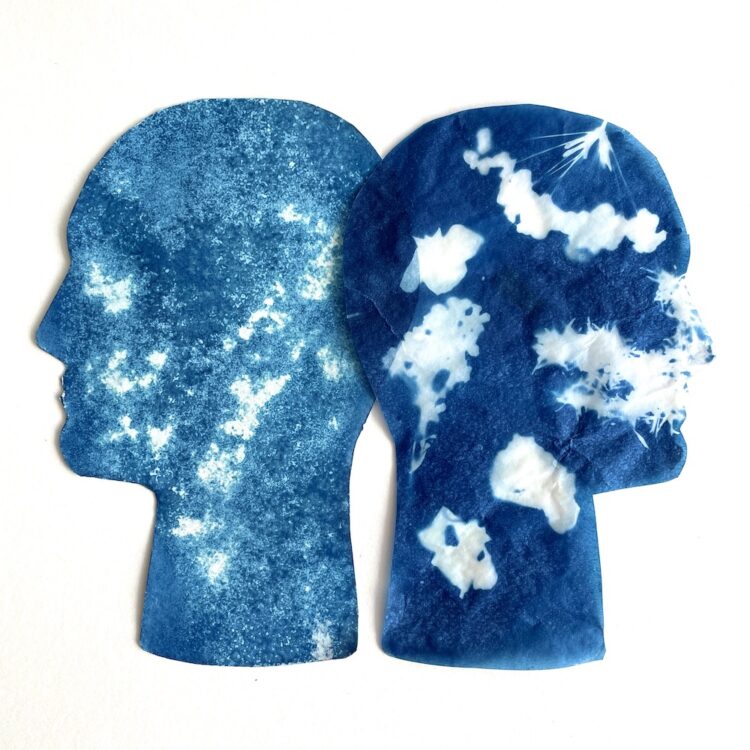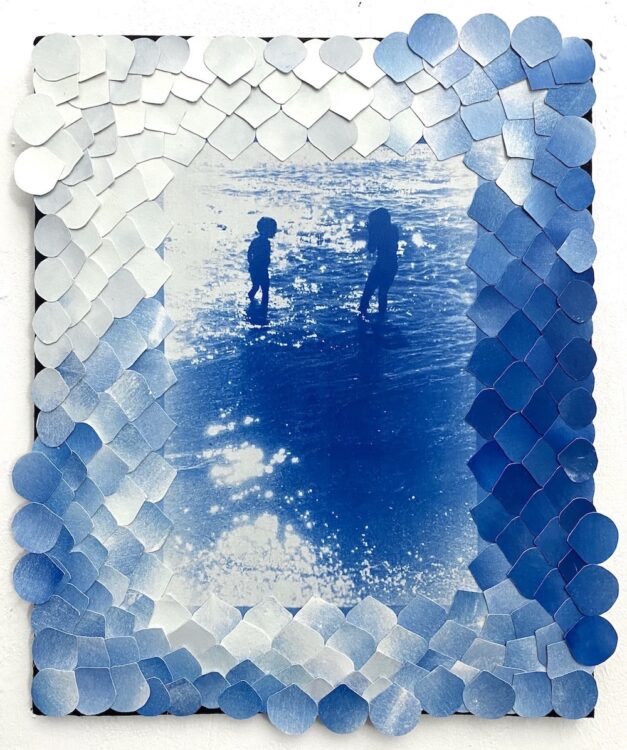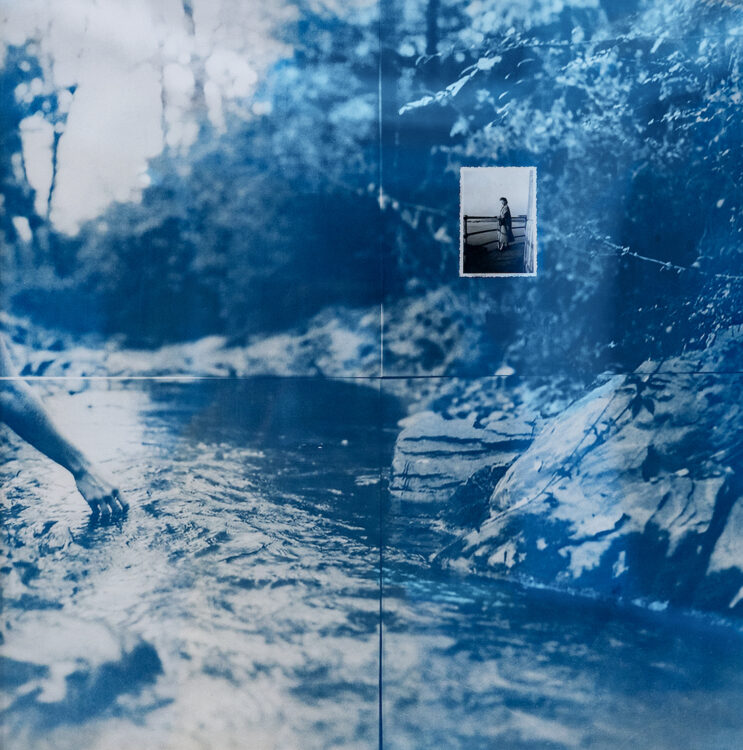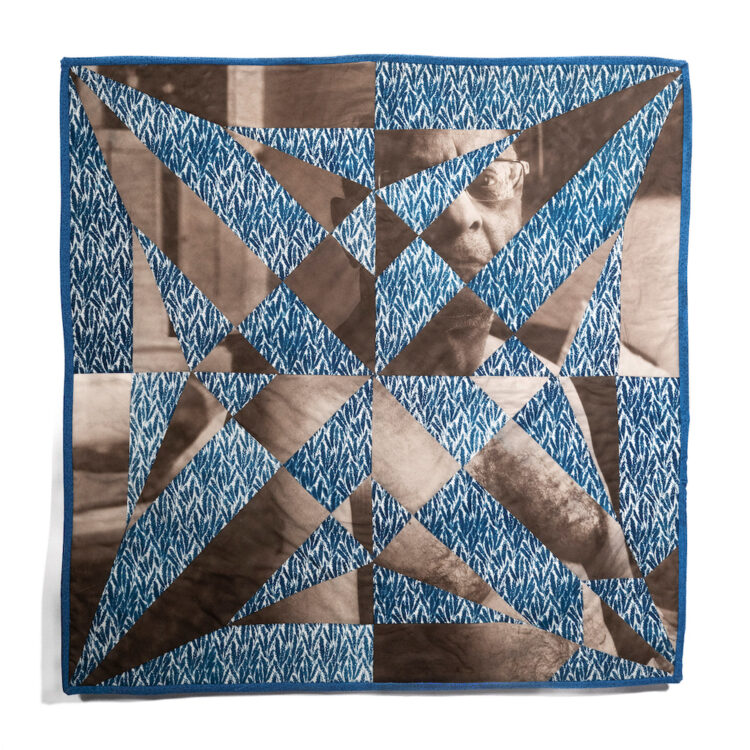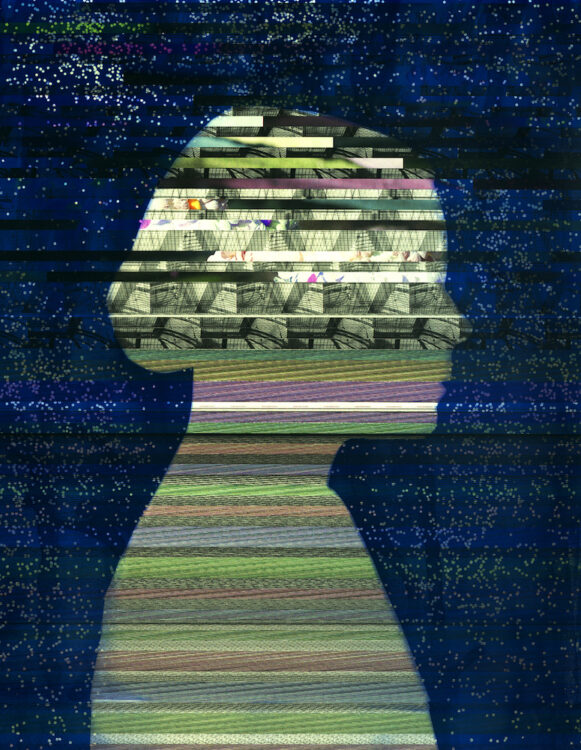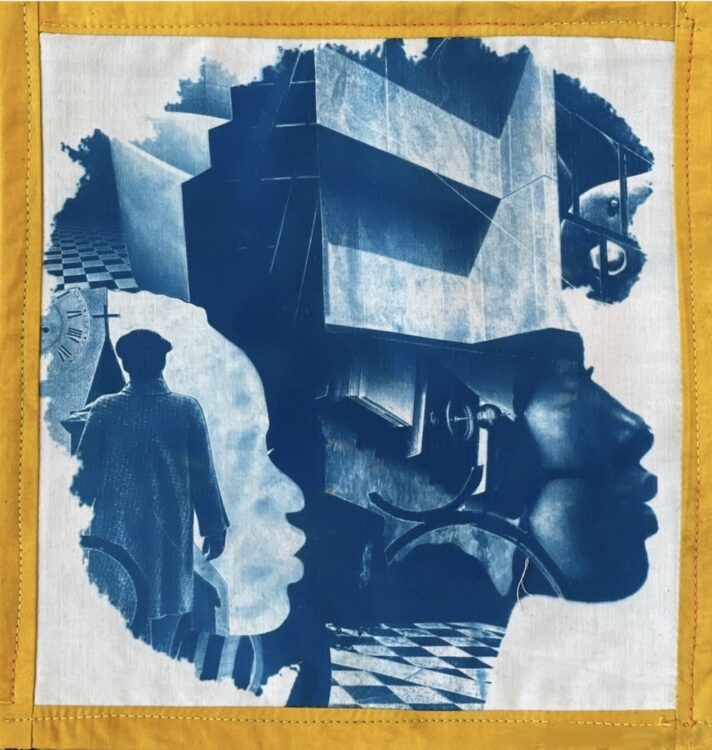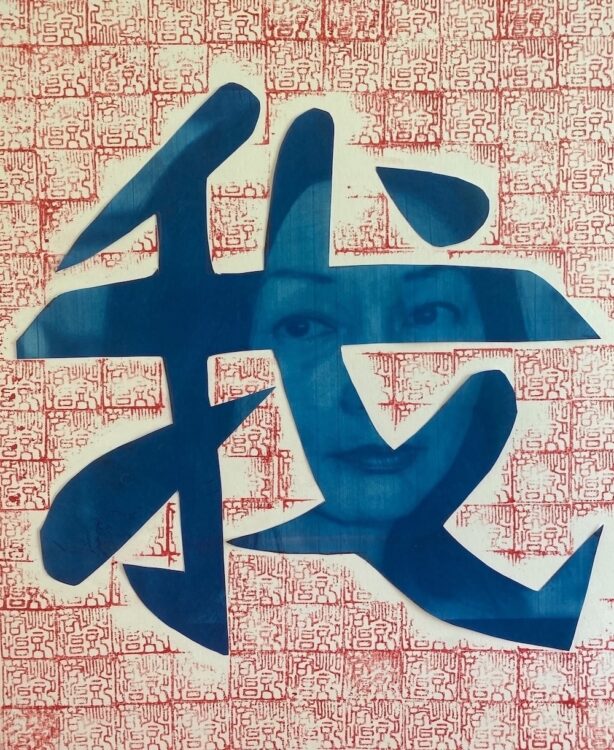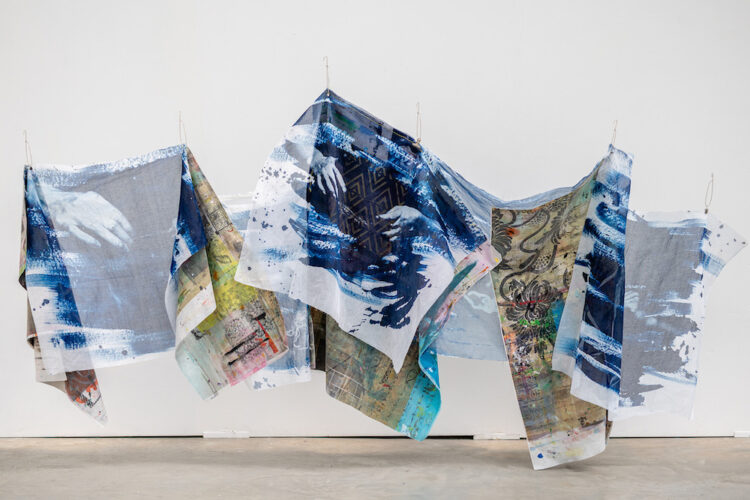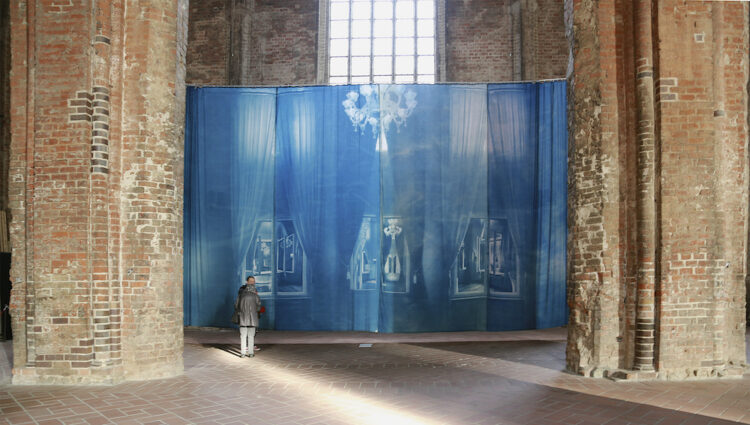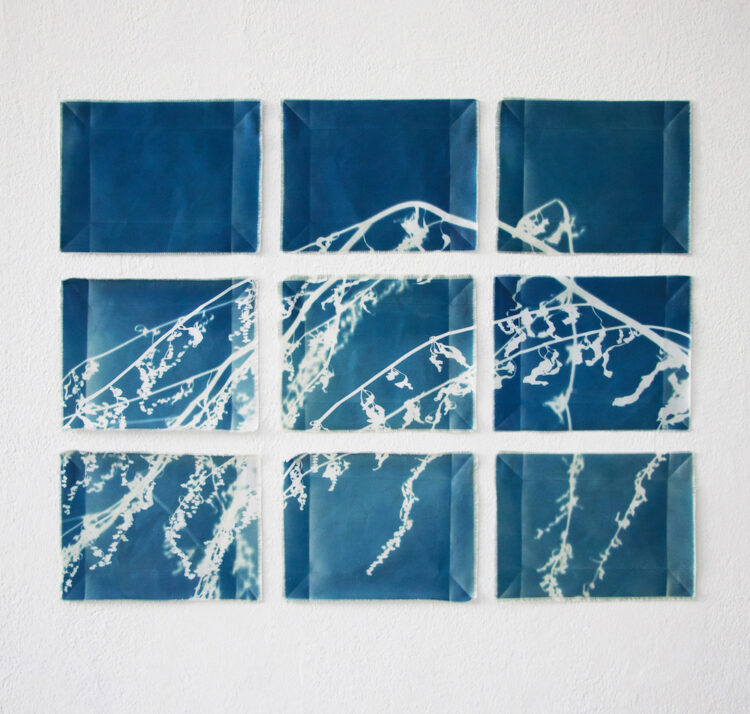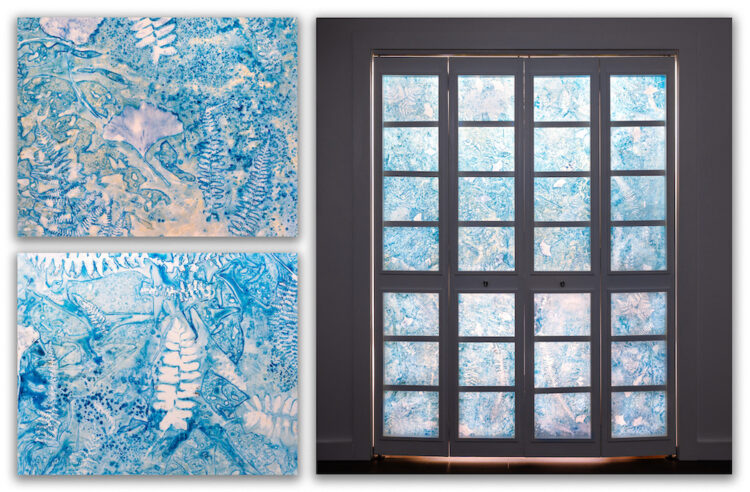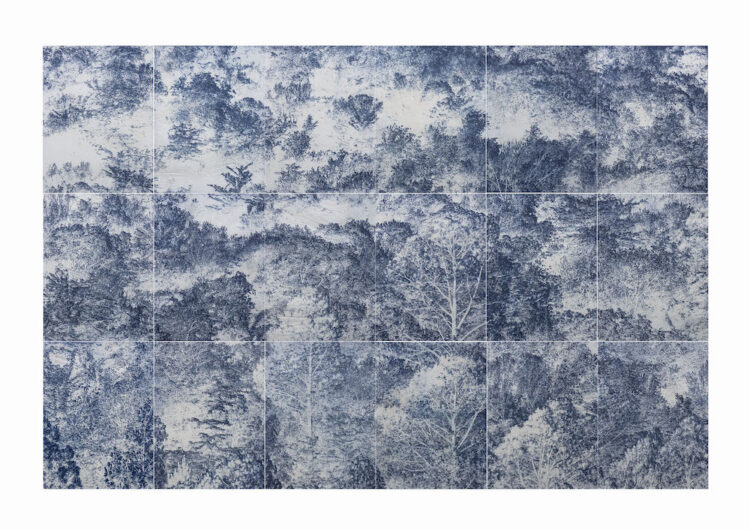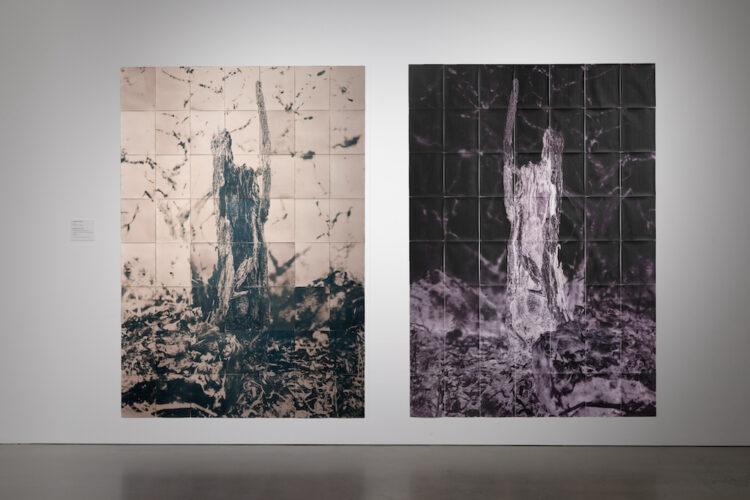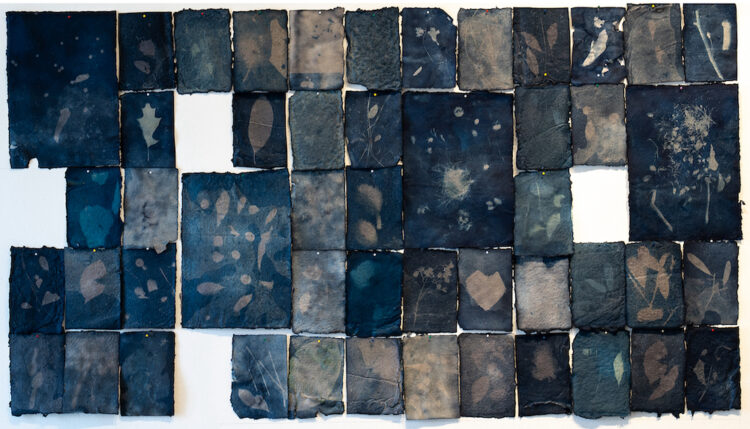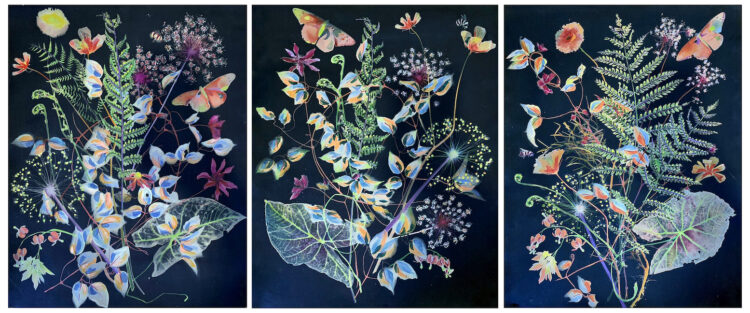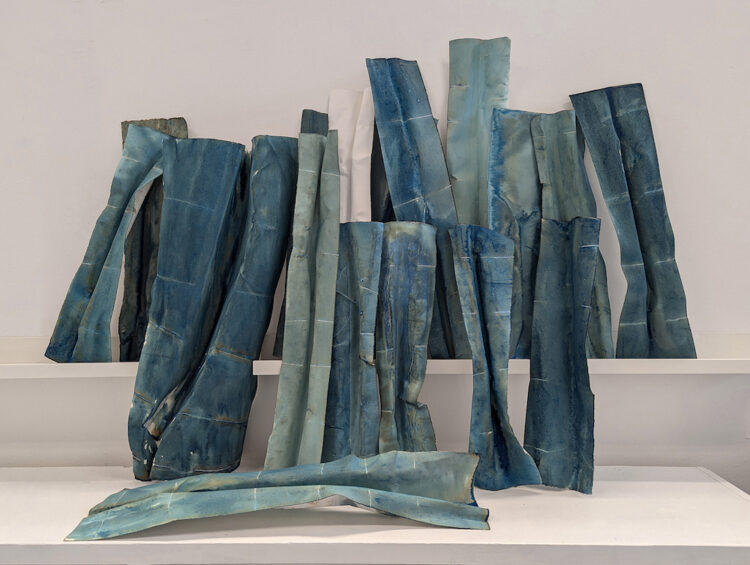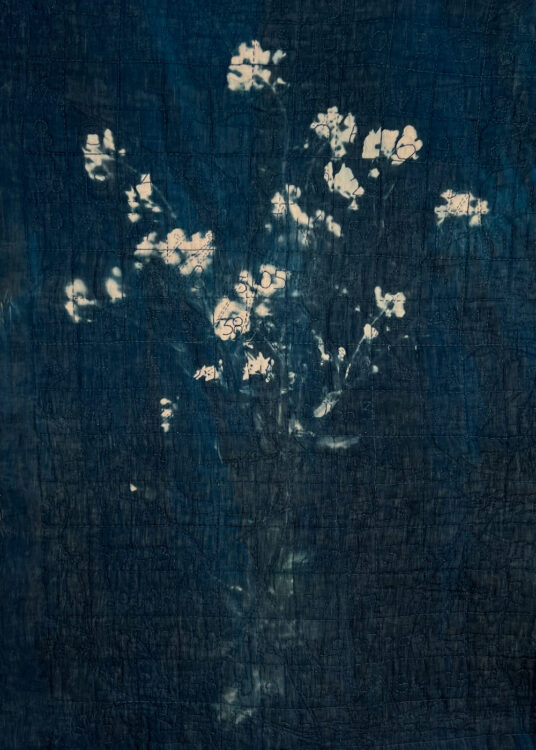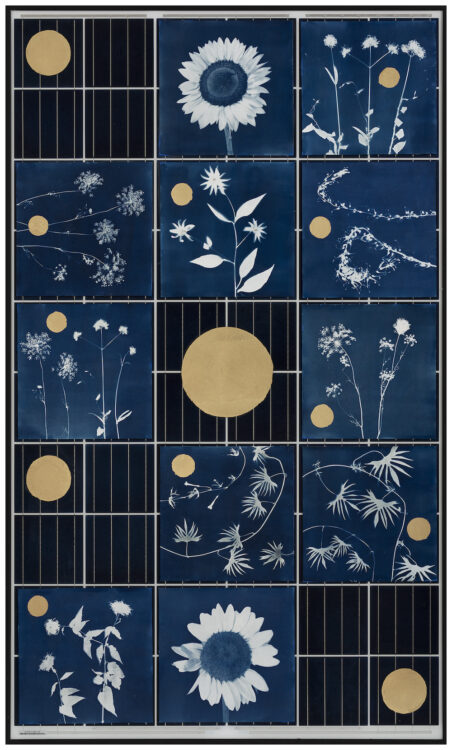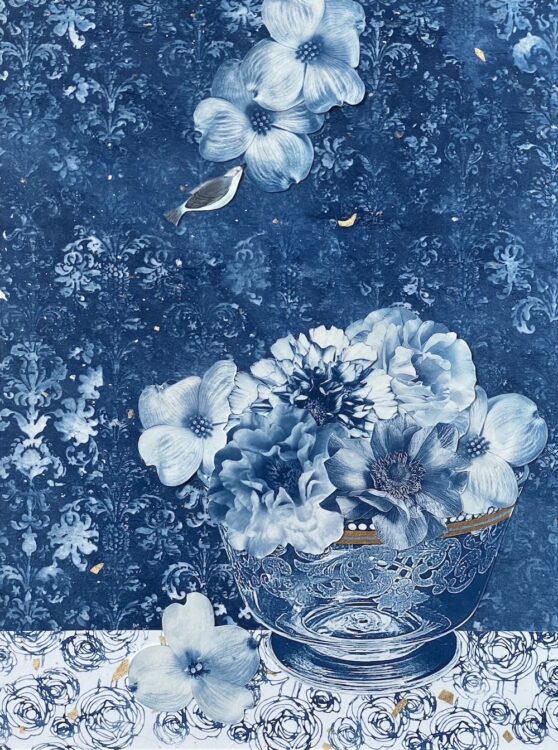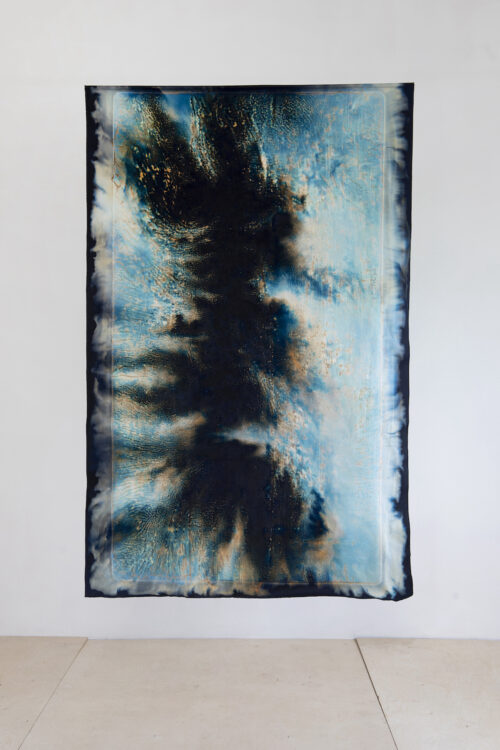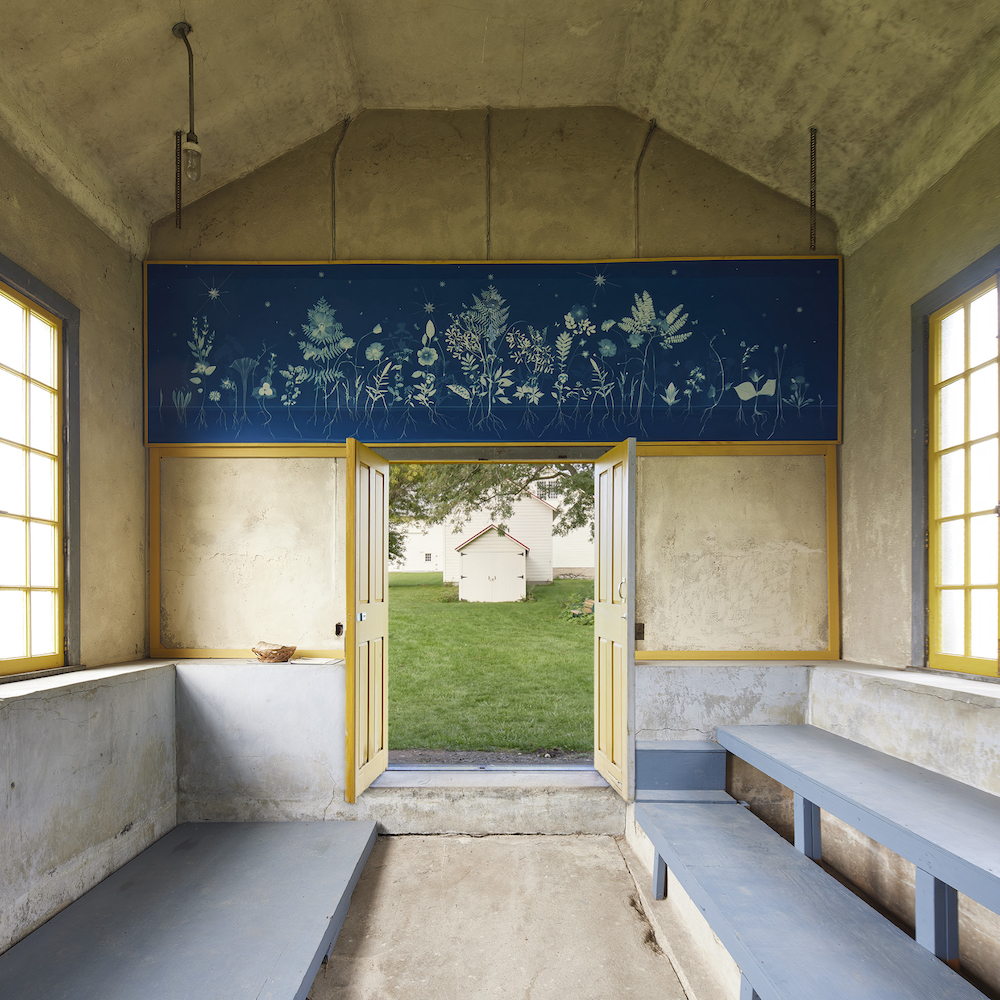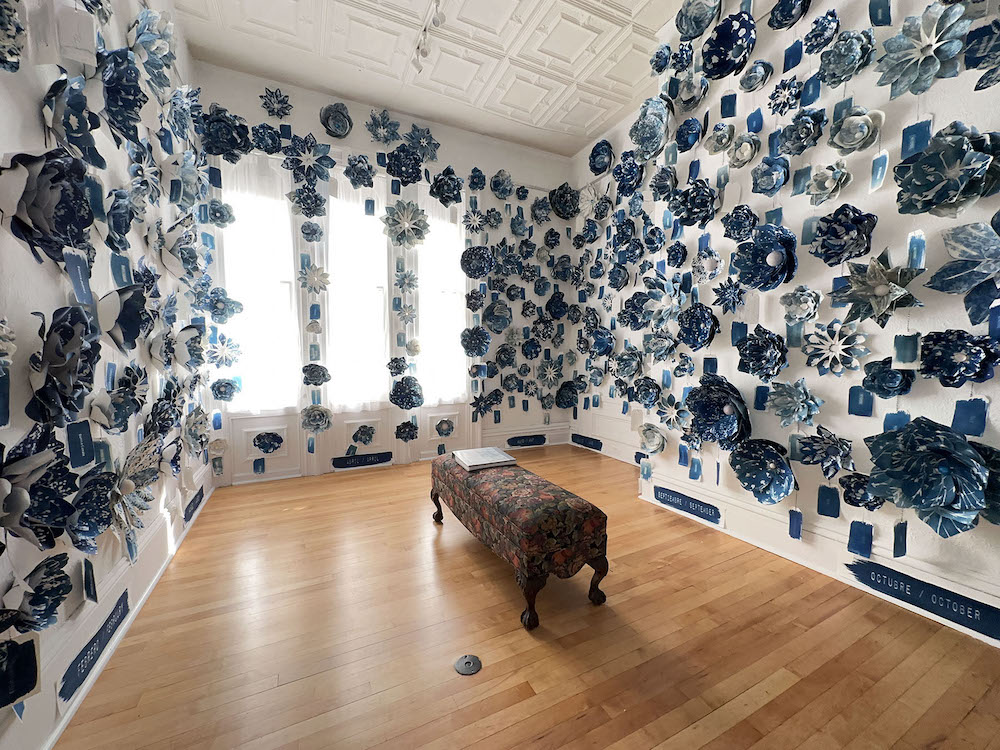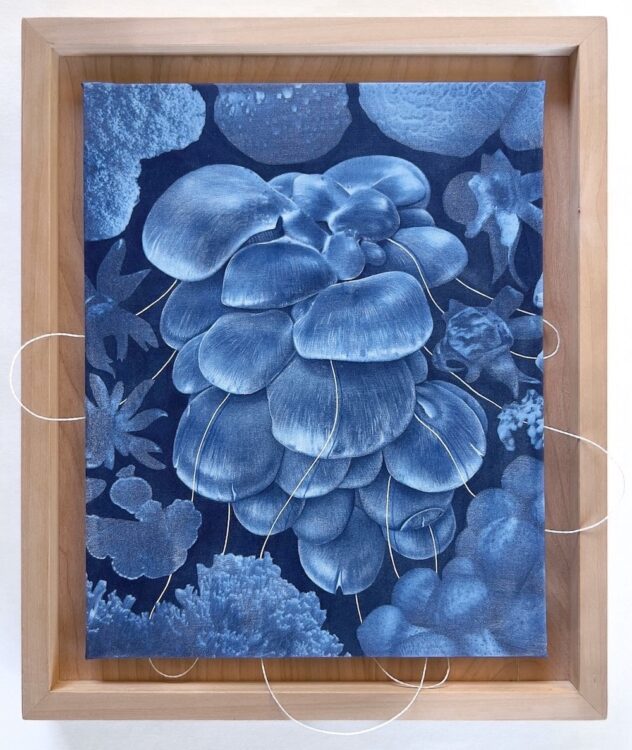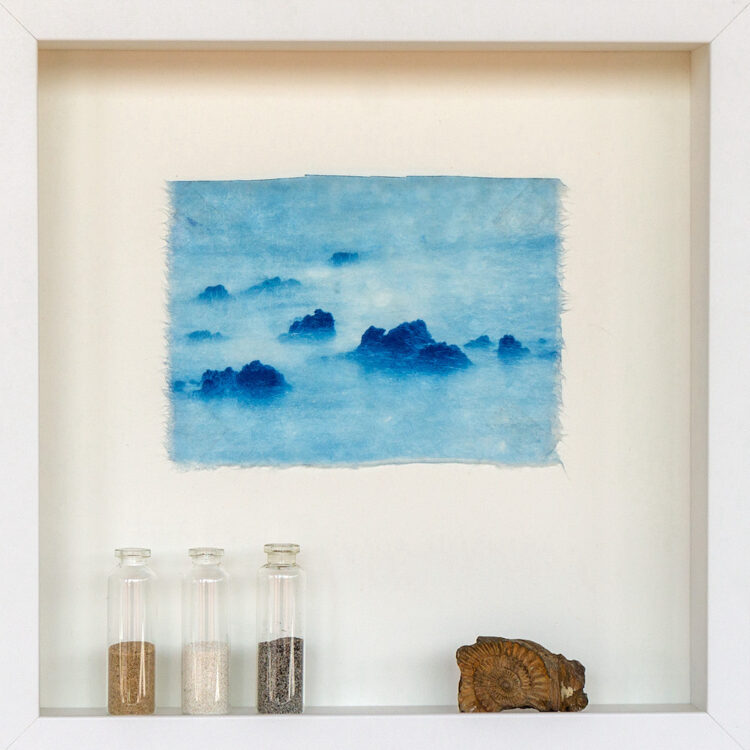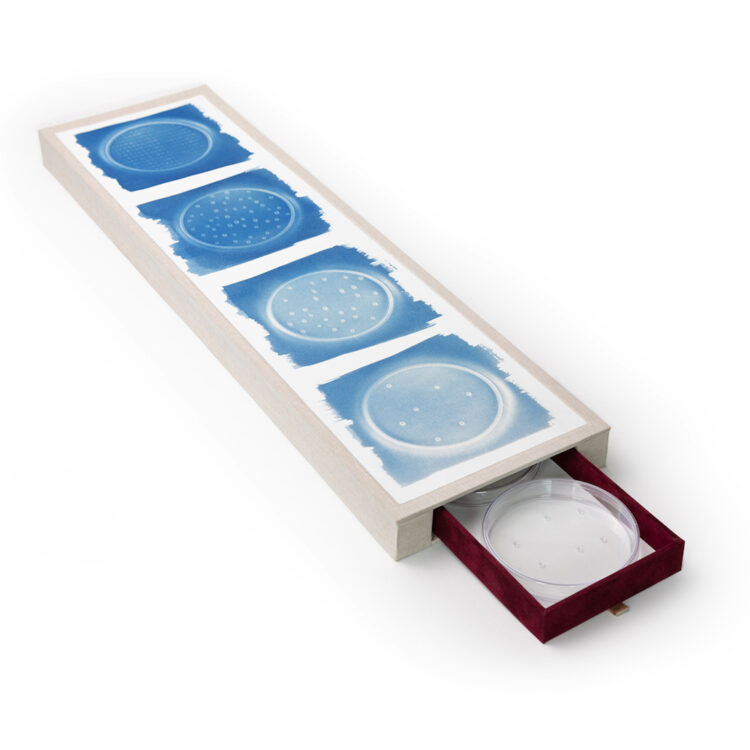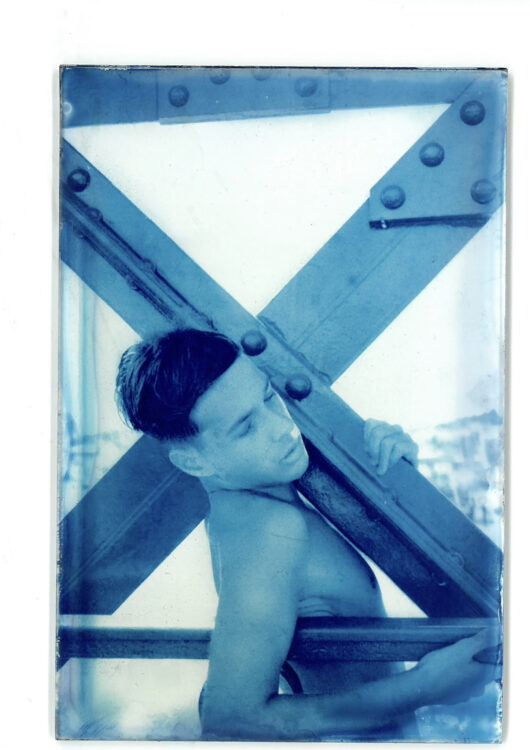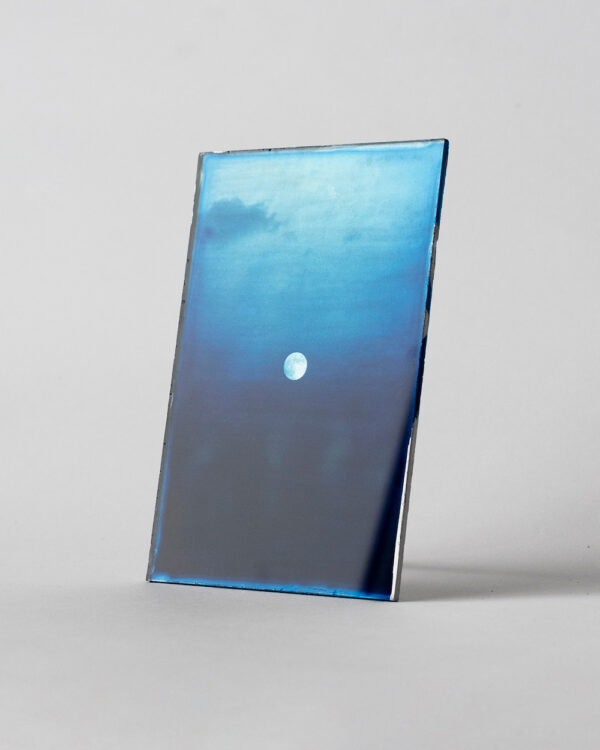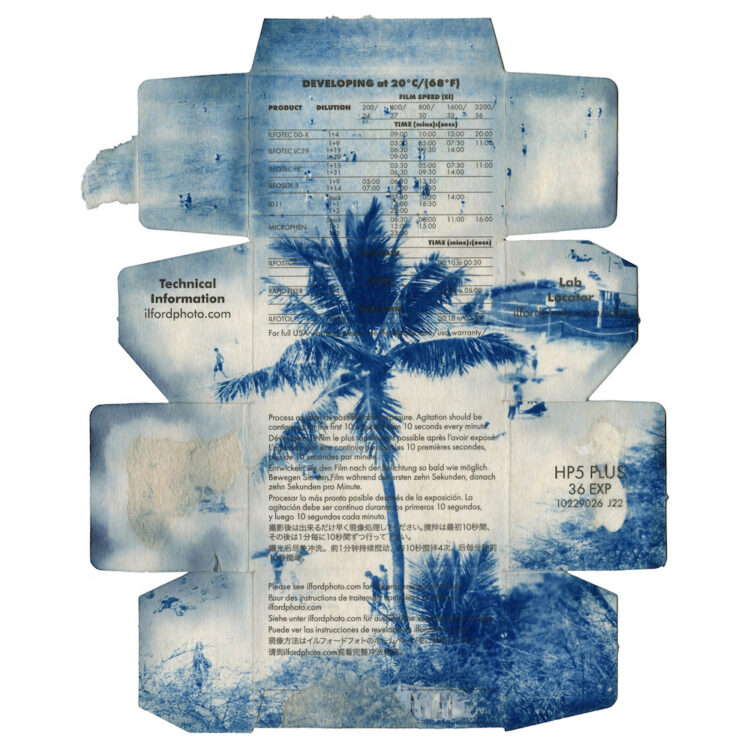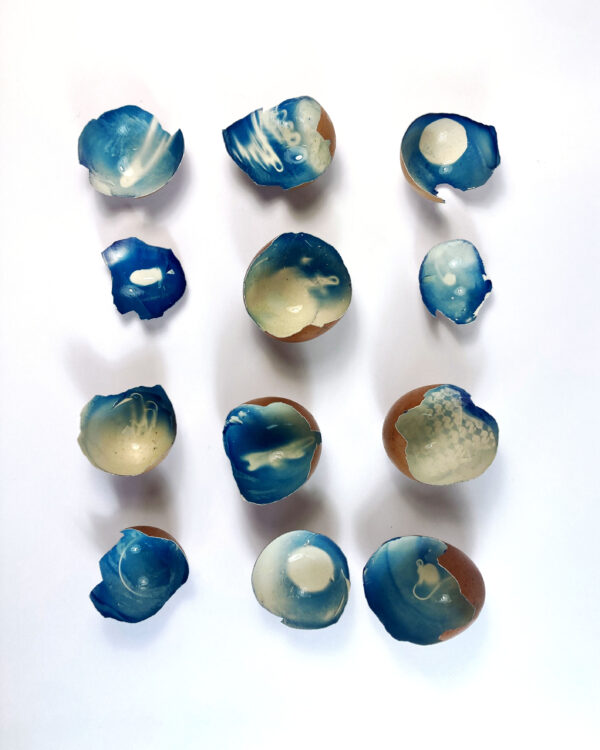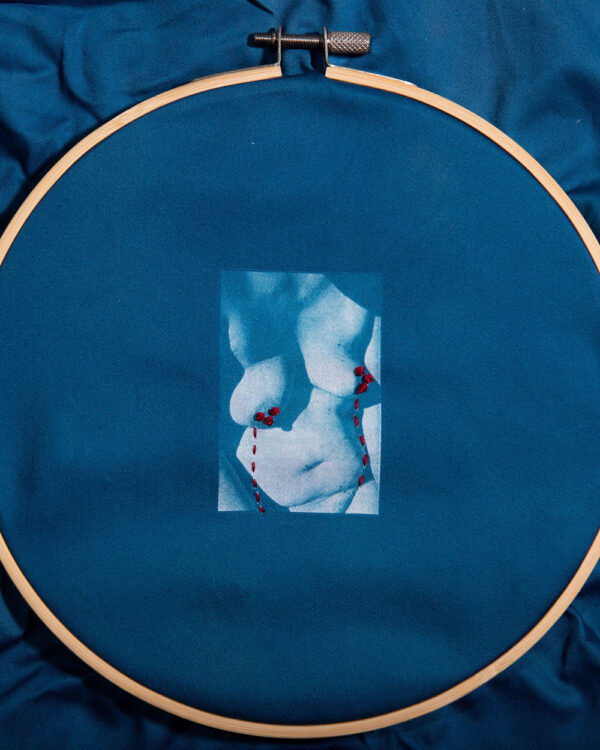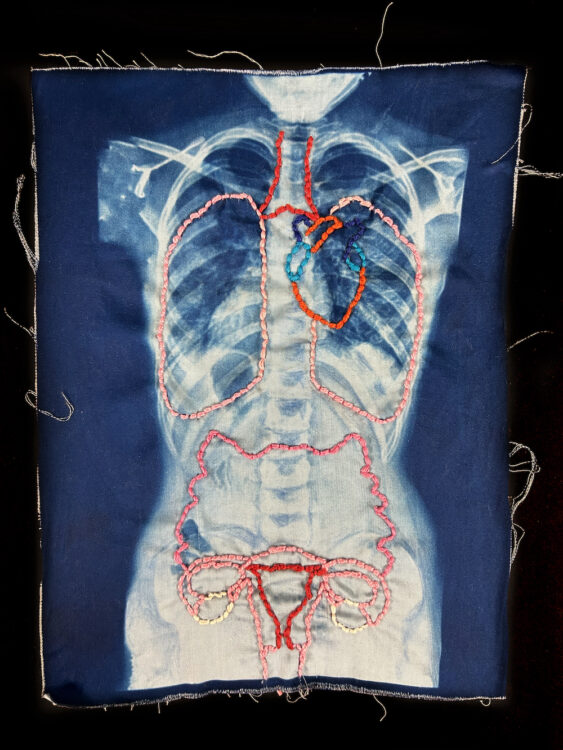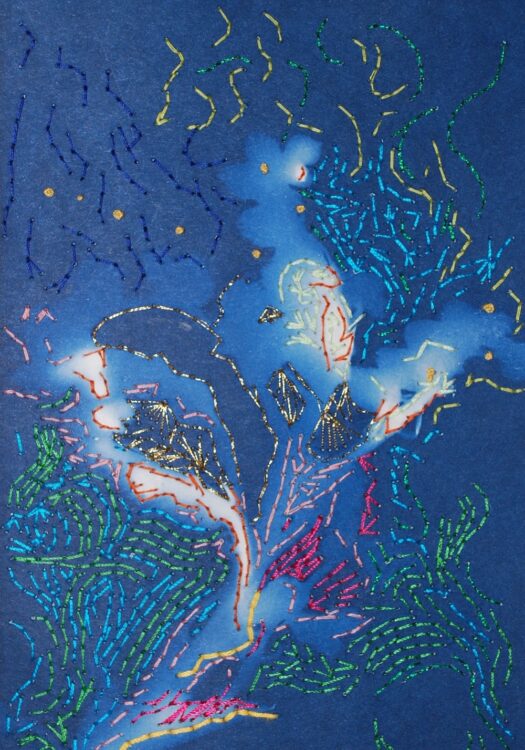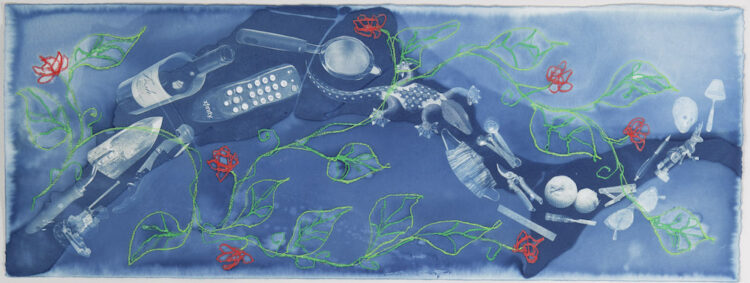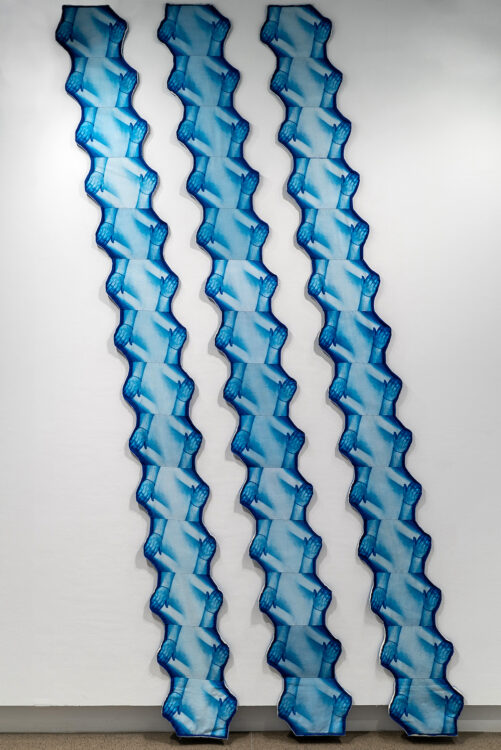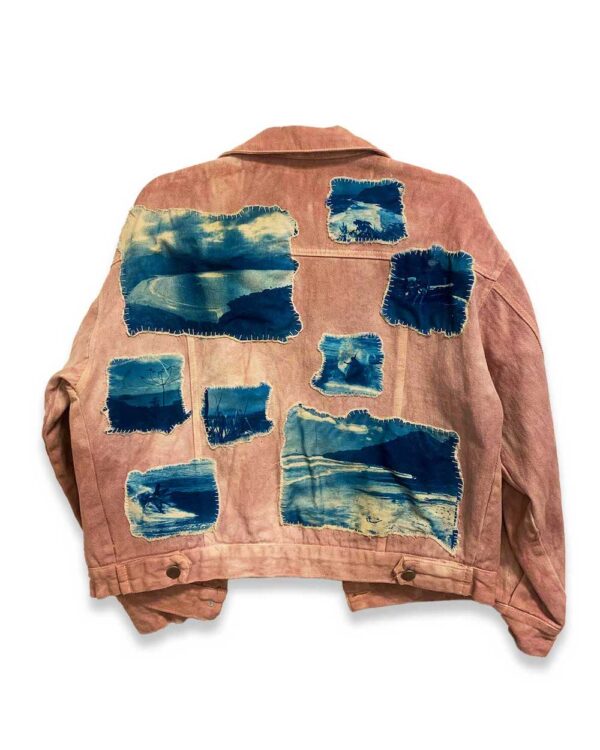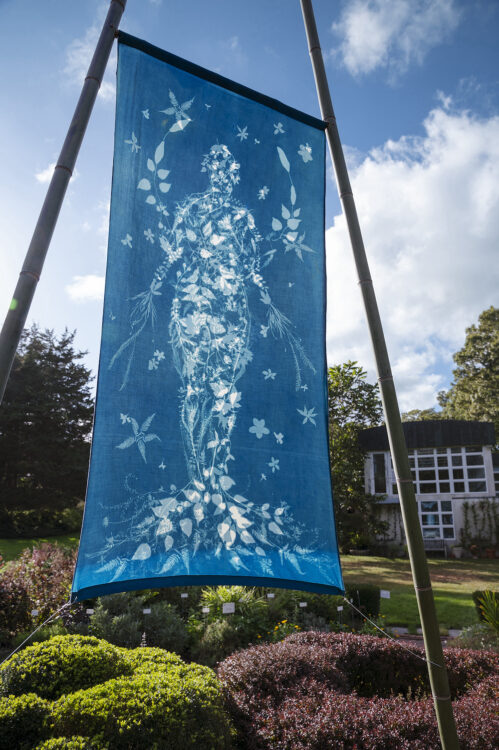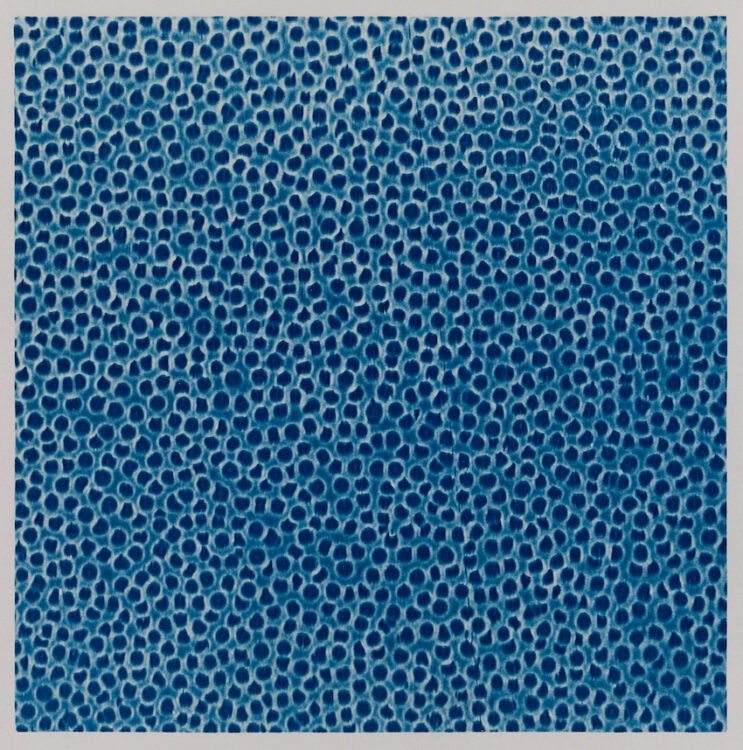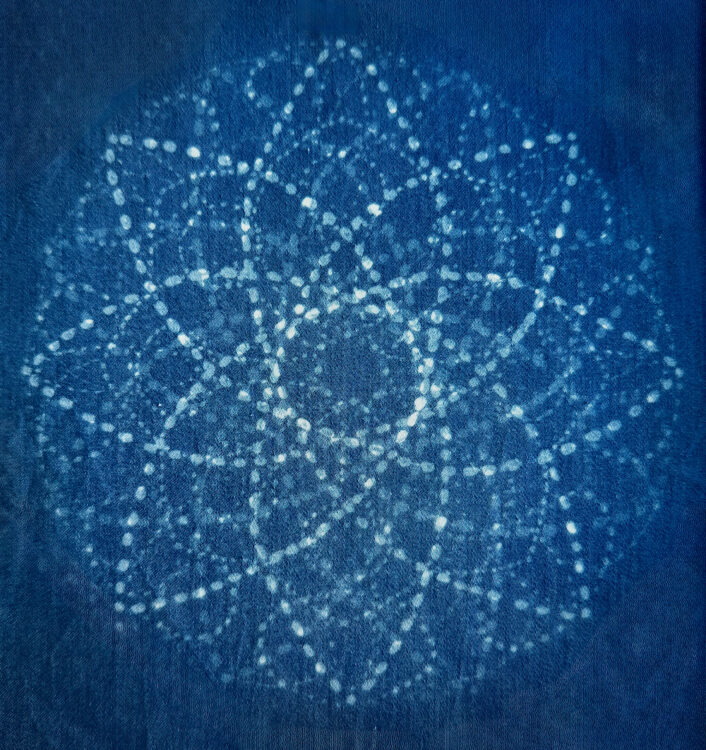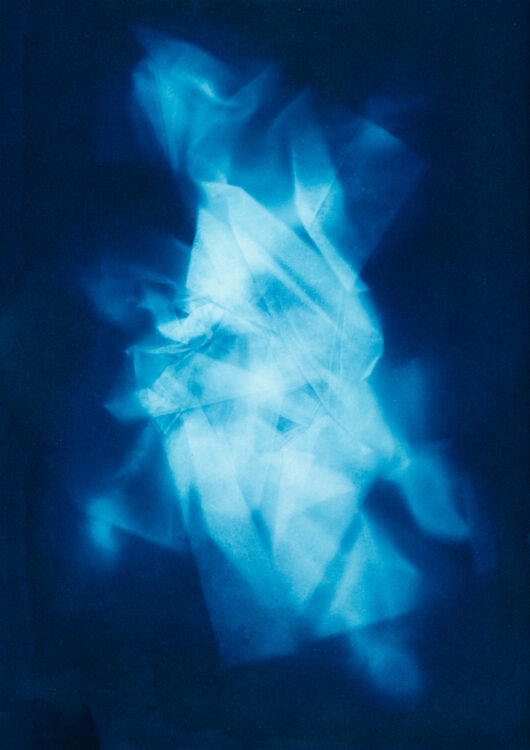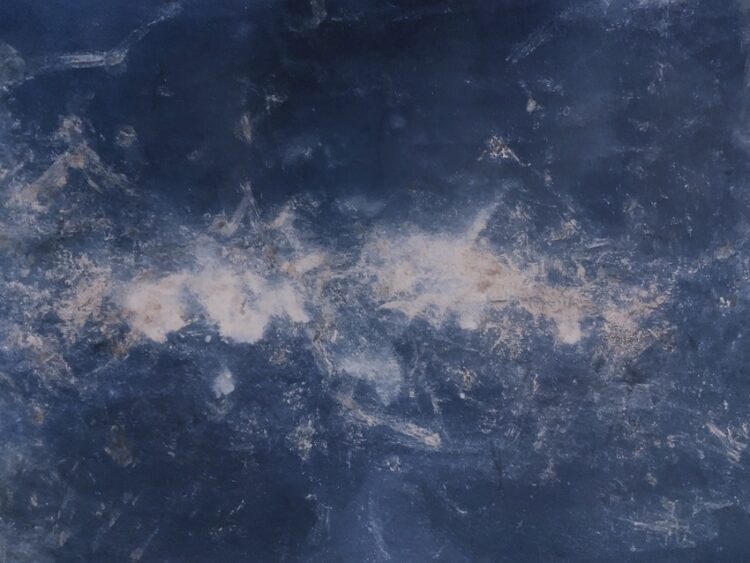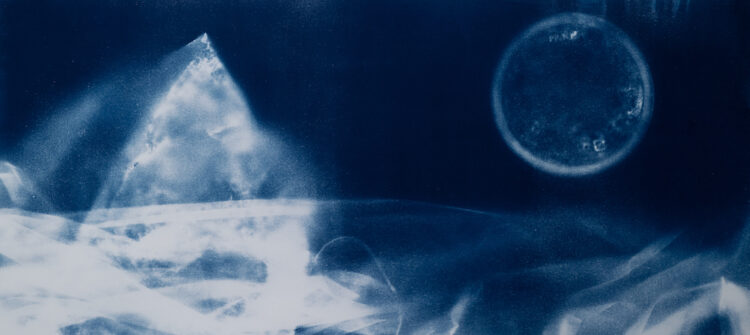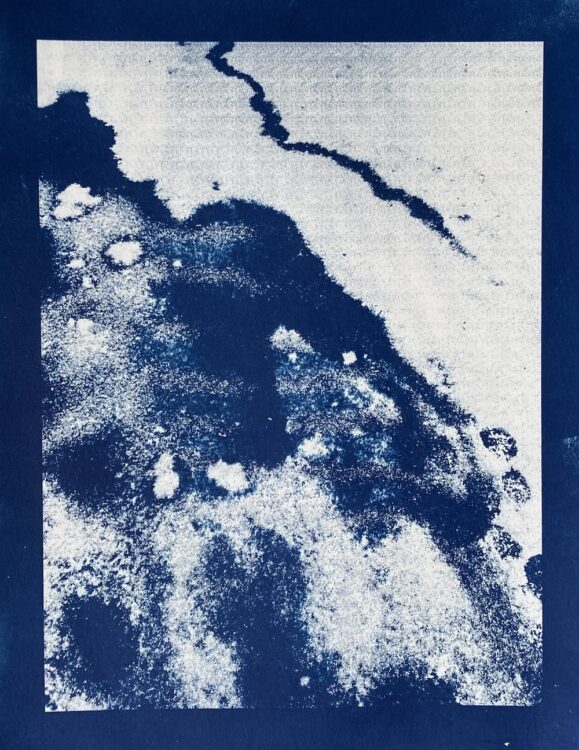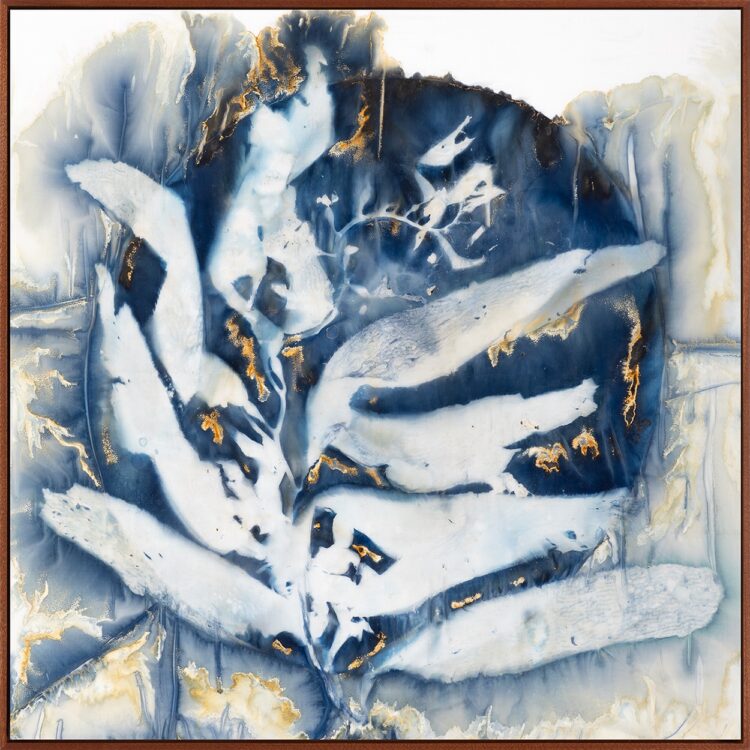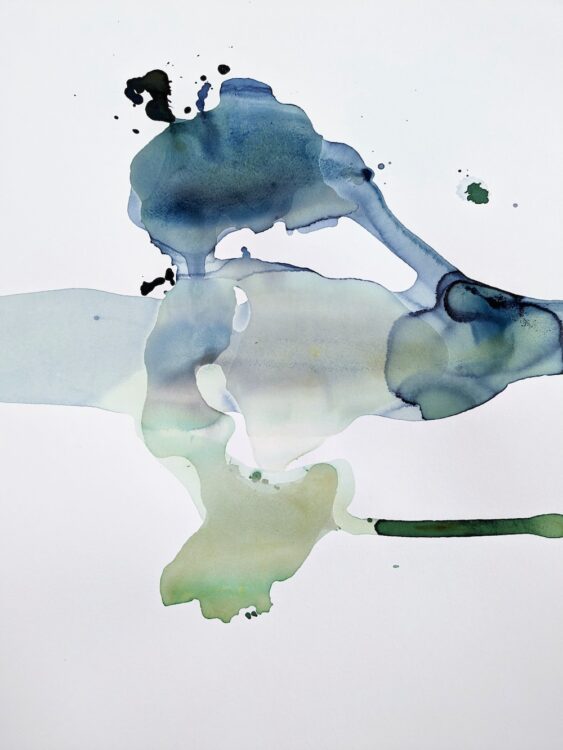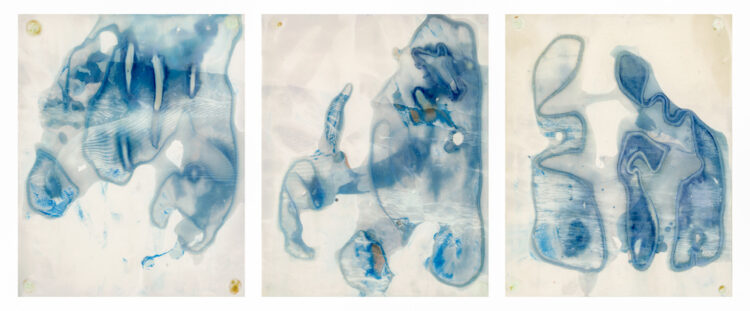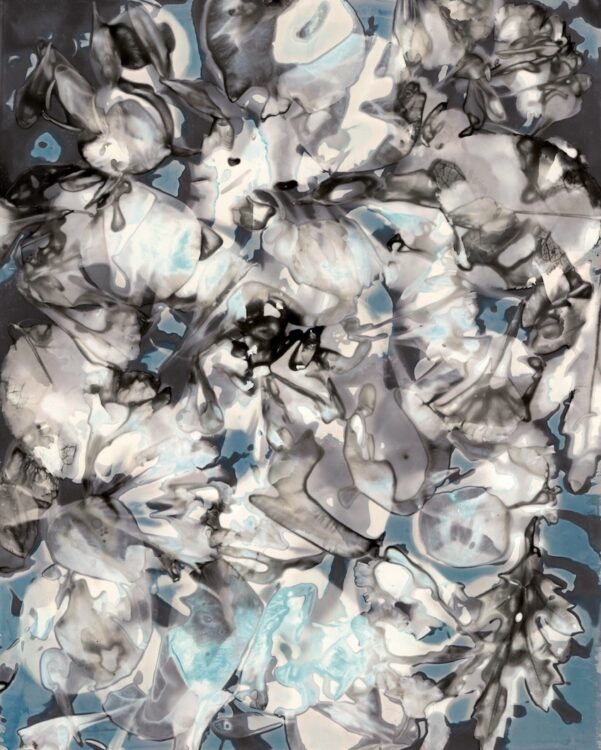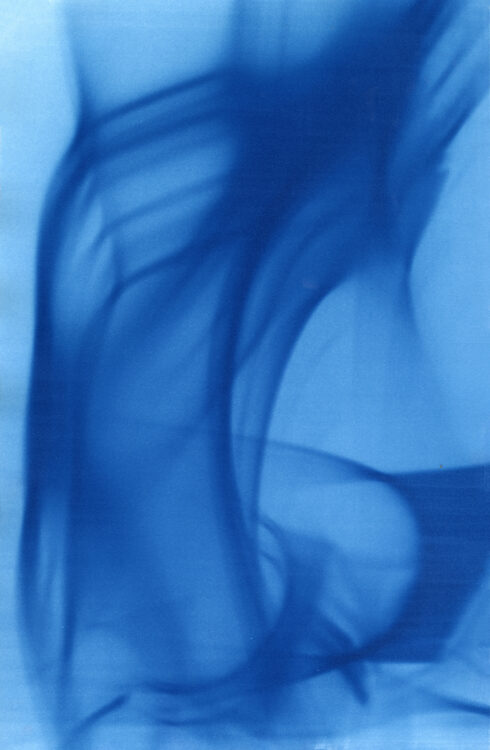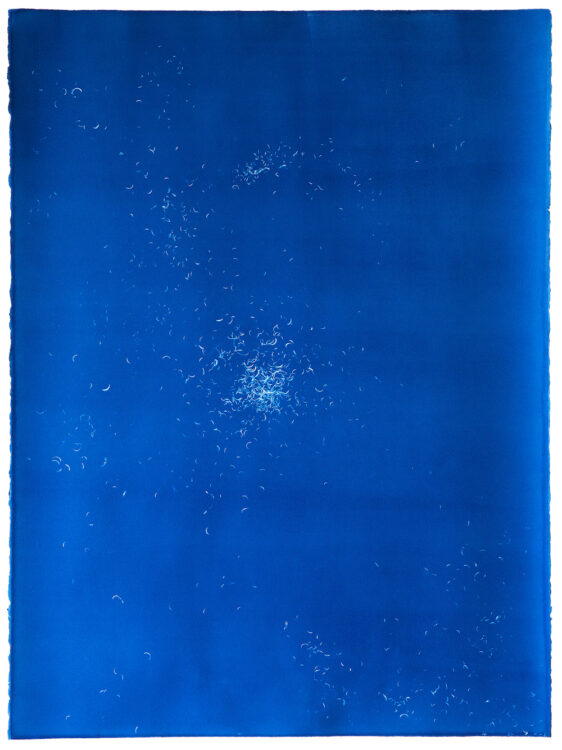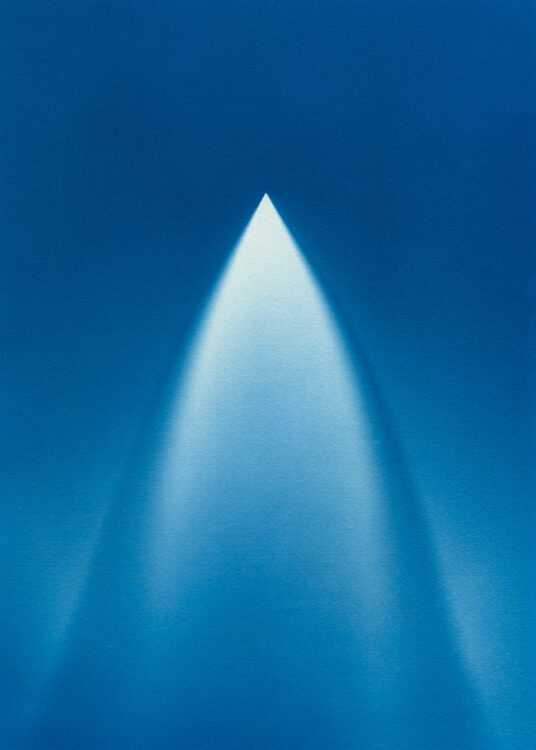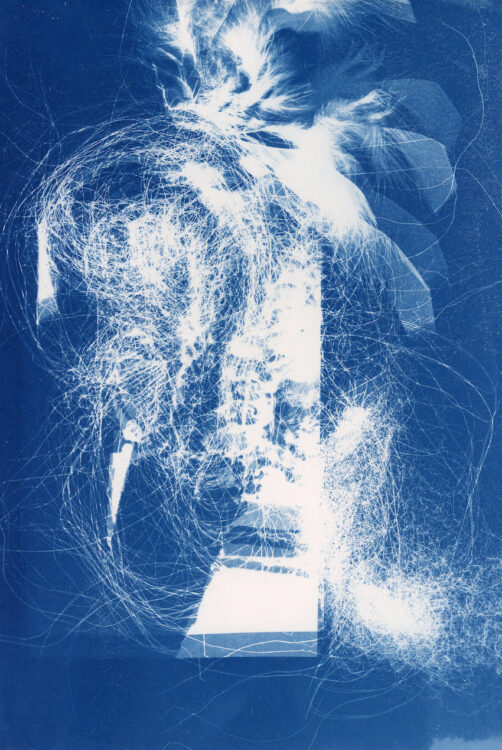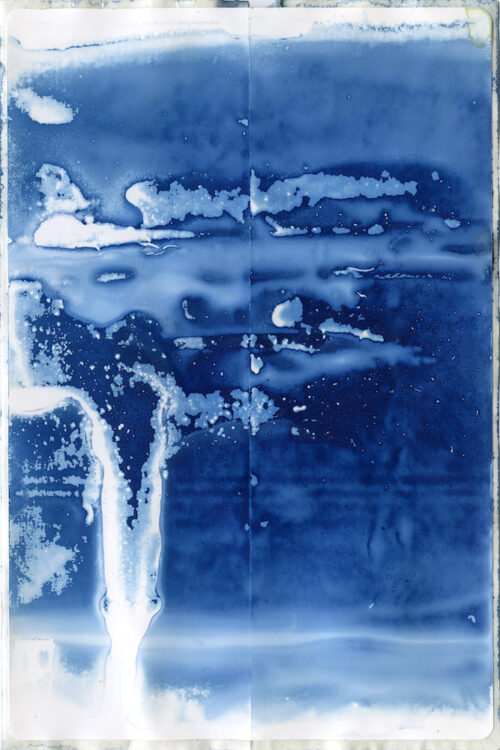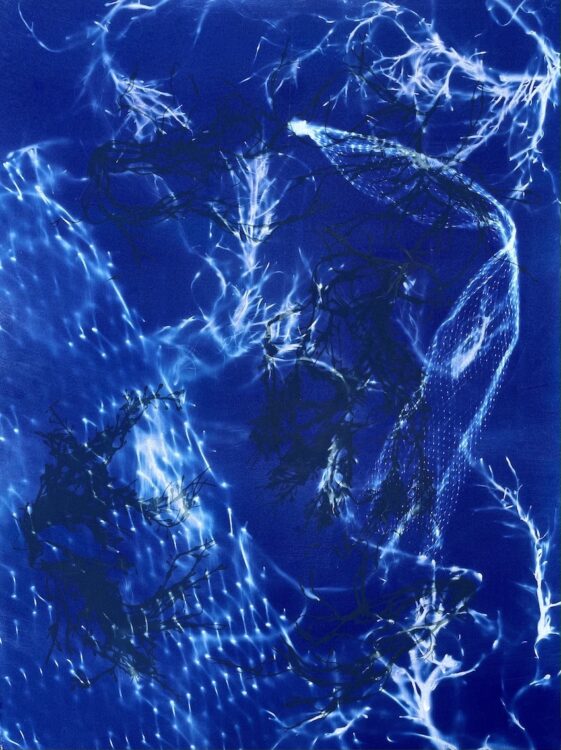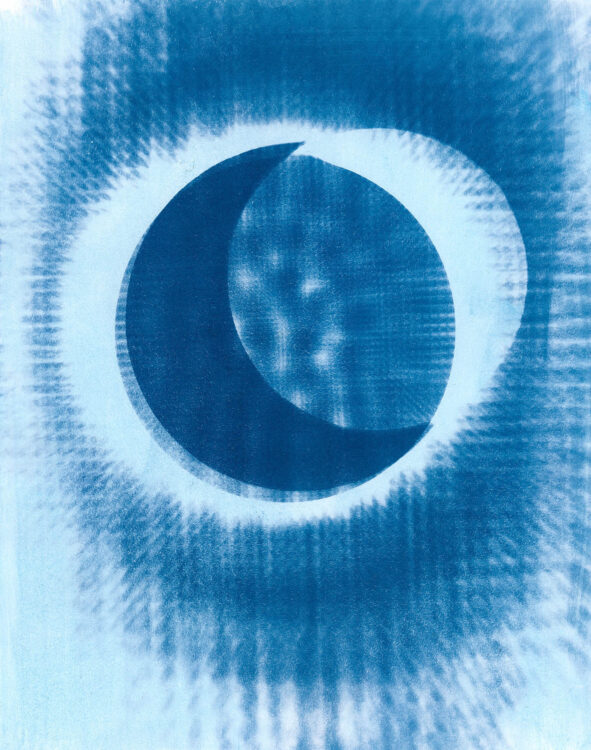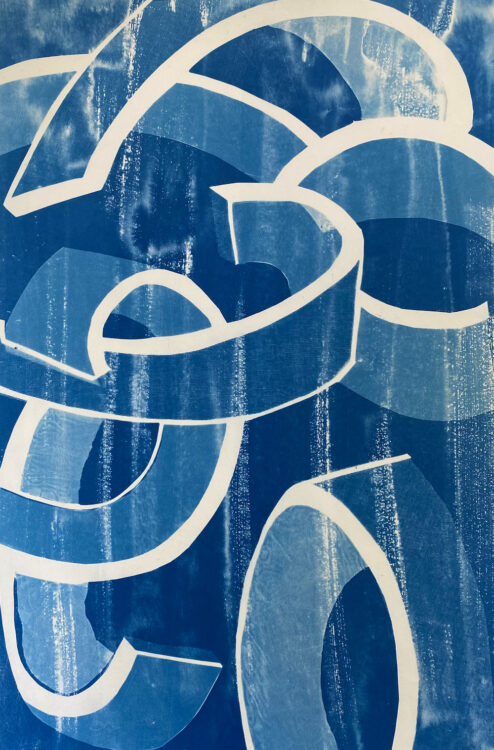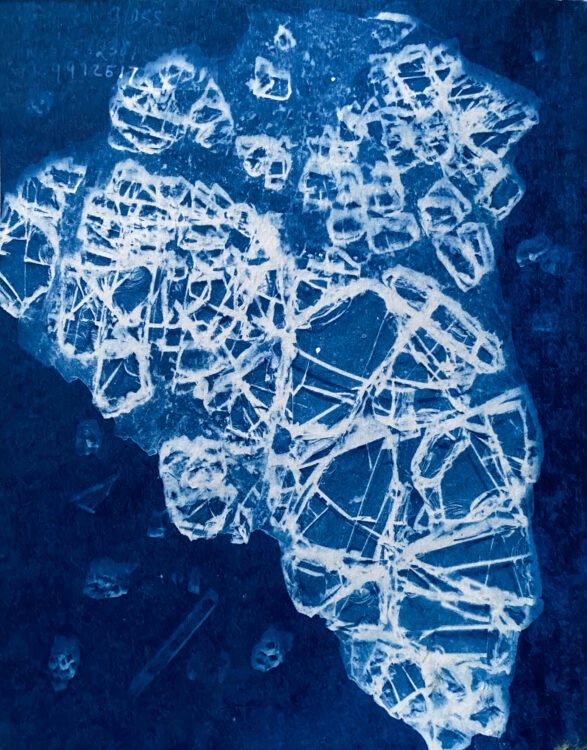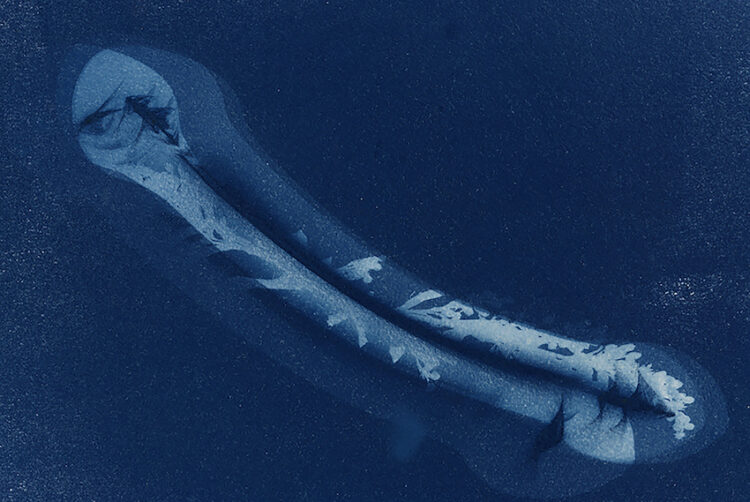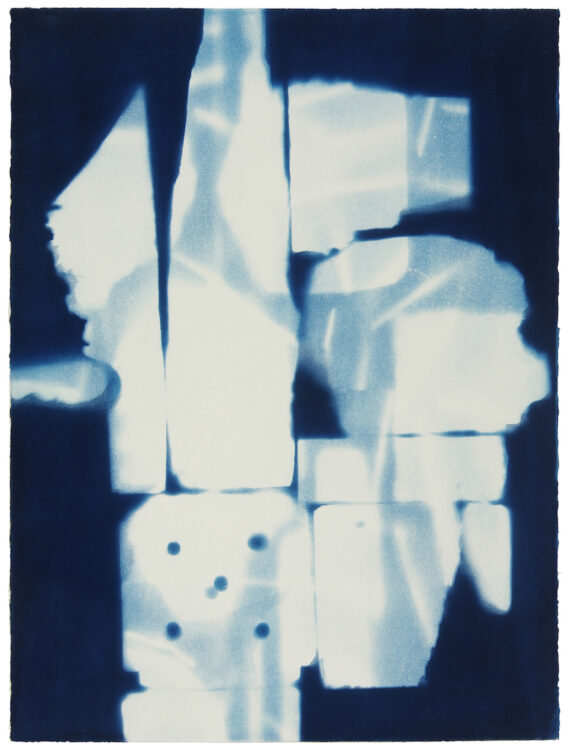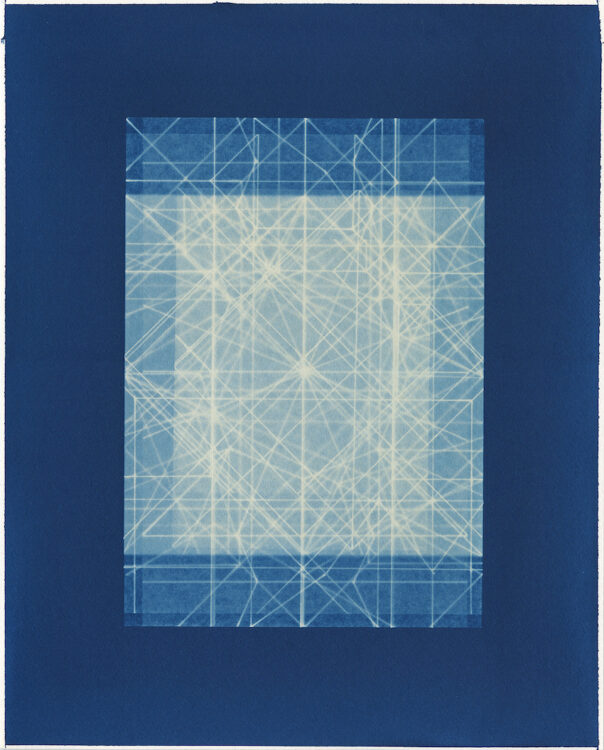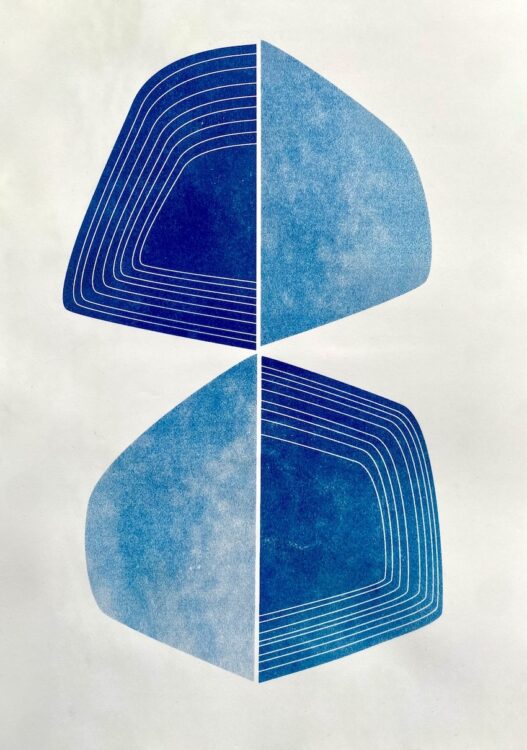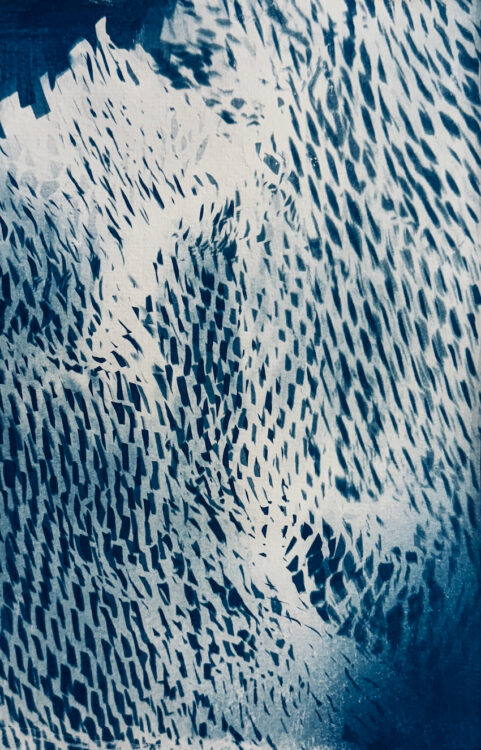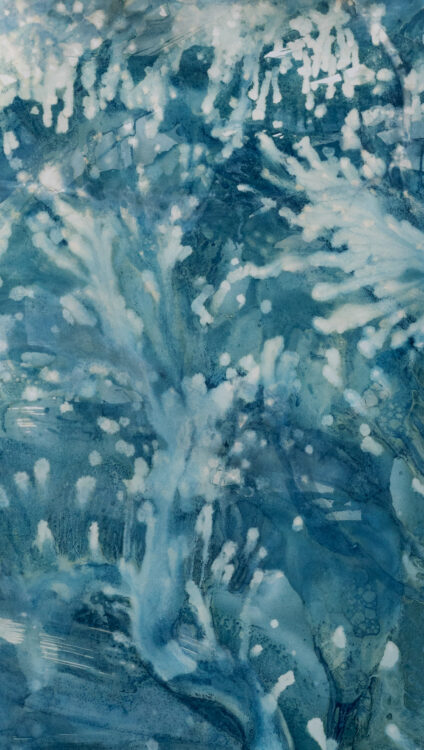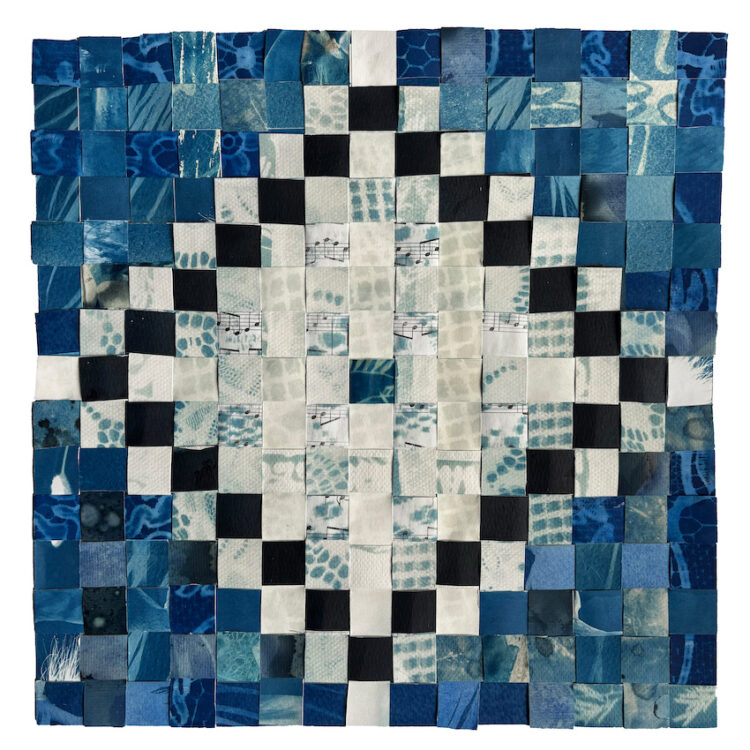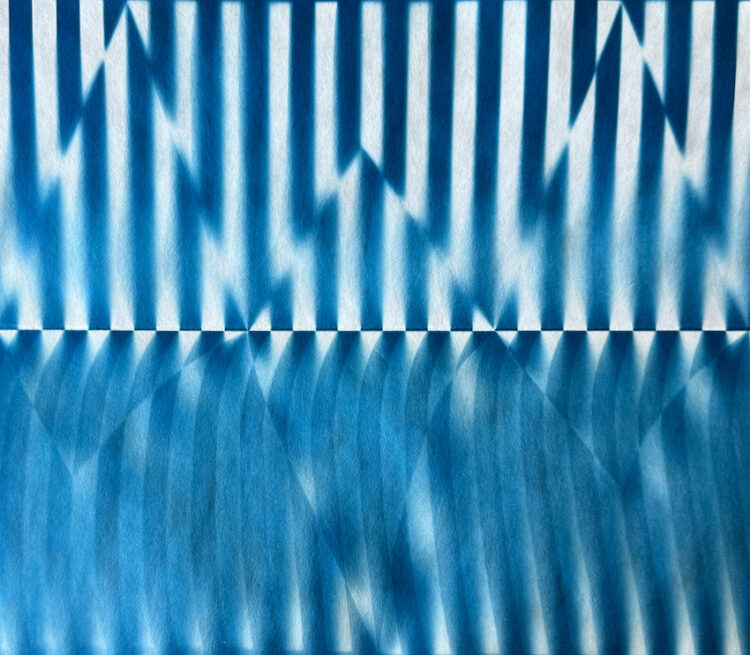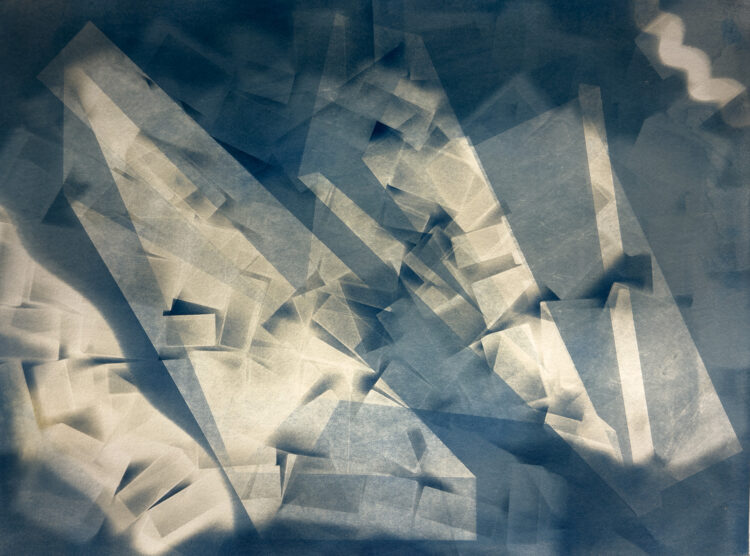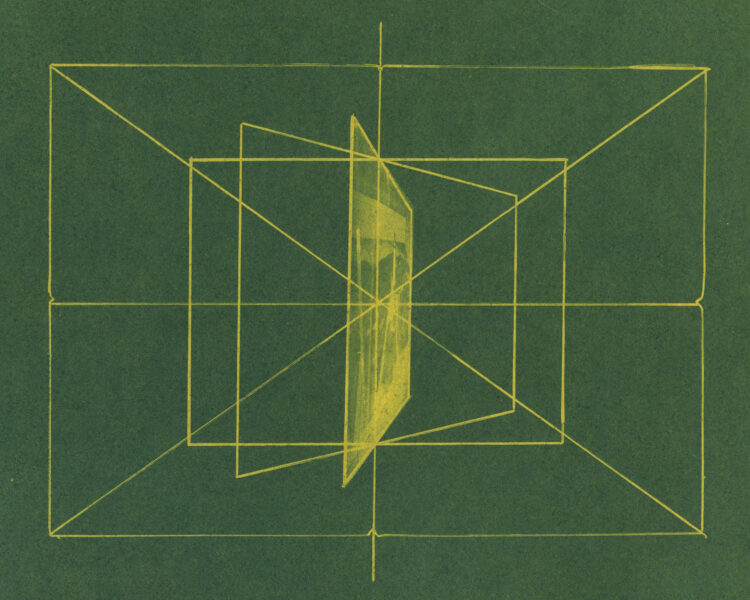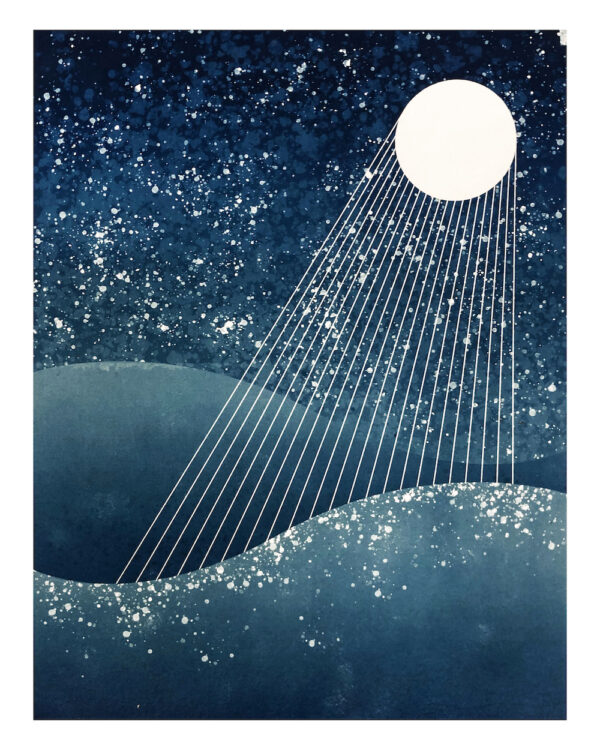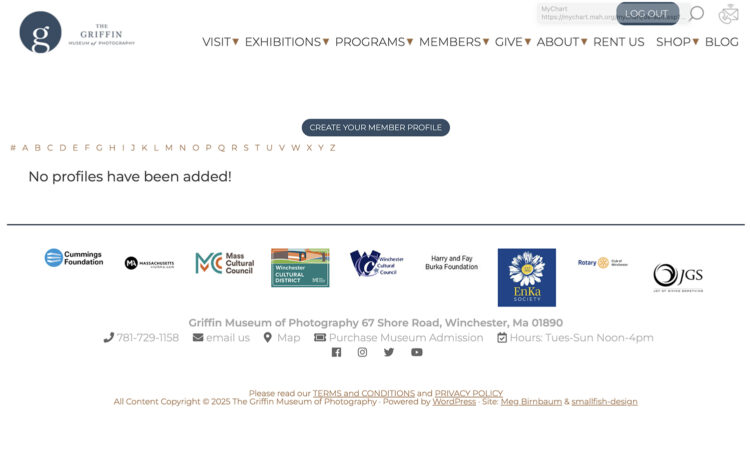Vision(ary) 2025
6th Annual Summer Public Art Exhibition
Adam Friedberg • Adair Freeman Rutledge • Aiko Wakao Austin • Andrea Alkalay • Anna Mia Davidson • Betty Young Kim • Camille Nivollet • Carolina Baldomá • Dana Stirling • Donna Bassin • Isabella Kahn • Jennifer Georgescu • Jordan Tovin • Joshua Holz • JP Terlizzi • Hillerbrand+Magsamen • Kevin Hoth • Kristen Joy Emack • Marco Castelli • Mari Saxon • Marky Kauffmann • Michael Dorohovich • Lisa Tang Liu + James Tabor • Ngoc-Tran Vu • Ric Pontes • Seokwoo Song • Shawna Gibbs • Shaoyi Zhang • Stephan Jahanshahi • Sungchul Lee • Susan Lirakis • Vicky Stromee • Zuya Yang
Vision(ary) is the Griffin Museum of Photography’s 6th Annual summer public art exhibition dedicated to the art of visual storytelling. This public art installation features over 20 individual exhibitions with distinct photographic styles. Additional banners hung on light standards and sidewalk art installations can be found throughout Winchester’s downtown.
The Town of Winchester plays host to this summer exhibition, with installations throughout Winchester Town Center. Photographers from around New England and across the country are highlighted in a unique format. The exhibition concept and Photo Cube structures are designed by our long time partner, Photoville.
A downloadable map of the exhibition is here.
The Griffin Museum is happy to partner with Photoville and the Winchester Cultural District again this year to bring this installation to life. We want to thank our generous partners in bringing this exhibition to the town of Winchester.
Vision(ary) is presented by the Griffin Museum of Photography, with our production partner Photoville. We are grateful for the support of our community partners, Winchester Cultural District, Winchester Cultural Council and the Mass Cultural Council. Thank you to the Town of Winchester, The Jenks Center, Winchester Chamber of Commerce and The Winchester Department of Public Works for your continuing support of this public works project. The exhibition is generously supported by The EnKa Society, John & Mary Murphy Foundation, Winchester Savings Bank, Digital Silver Imaging and we are pleased to work with The Winchester News as our press partner. Thanks also to our creative design team, Meg Birnbaum of Birnbaum Design, Sophie Adams and Yana Nosenko. We are grateful to our amazing curatorial and media interns, Willow Simon and Georgia Doherty and Claire English.
Online Artist Panel I
Date: Thursday, July 17, 2025 @ 7 pm – 8:30 pm ET
Featuring: Aiko Wakao Austin, Isabella Kahn, Mari Saxon, Carolina Baldomá, Kristen Joy Emack, Anna Mia Davidson & Adair Freeman Rutledge
Online Artist Panel II
Date: Thursday, August 14, 2025 @ 7 pm – 8:30 pm ET
Featuring: Artists TBD
Online Artist Panel III
Featuring: Thursday, Artists TBD
Date: September 18, 2025 @ 7 pm – 8:30 pm ET
FEATURED PROJECTS
Adam Friedberg: Trees of New York
Adam Friedberg is a New York City-based architectural, environmental, and portrait photographer, primarily working in large-format, black-and-white, and color traditional materials. His work has been featured in The New York Times Magazine, Vanity Fair, Metropolis, Wallpaper, Scientific American, The New Yorker, The Wall Street Journal Magazine, Dwell, and Vogue.
 ©Adam Friedberg
©Adam Friedberg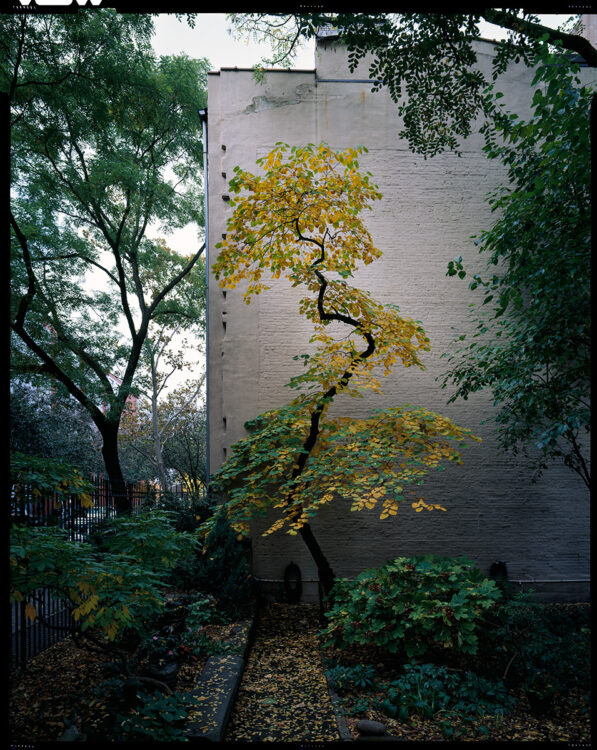
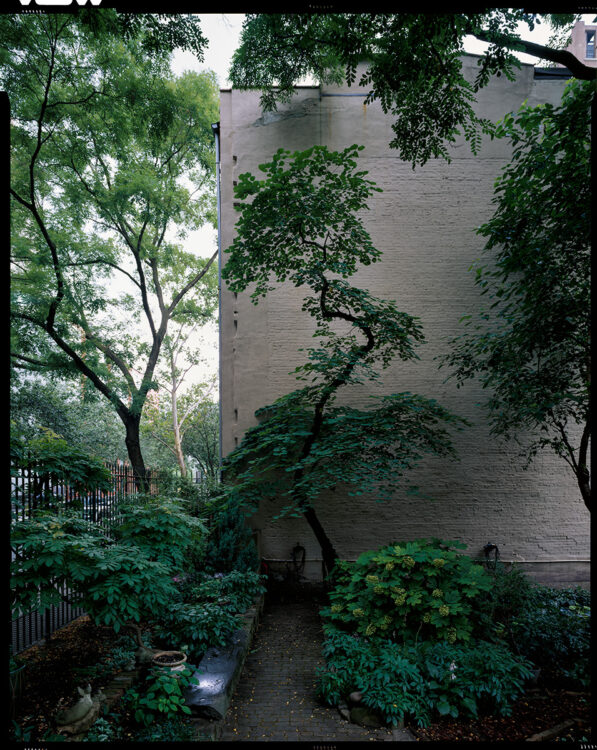 ©Adam Friedberg
©Adam Friedberg
Adair Freeman Rutledge: The Royals
Adair Freeman Rutledge is a photographic artist whose work questions enduring traditions and underscores tensions between cultural practices and modern realities. Through a curious and feminist lens, she examines how American customs influence expectations for our youth, shape gender roles, and impact racial stereotypes. Adair is the recipient of awards including the Seattle Art Museum’s Betty Bowen Award (finalist) and the 2024 Do Good Fund Fellowship. She currently teaches at Cornish College of the Arts and PCNW in Seattle, WA.
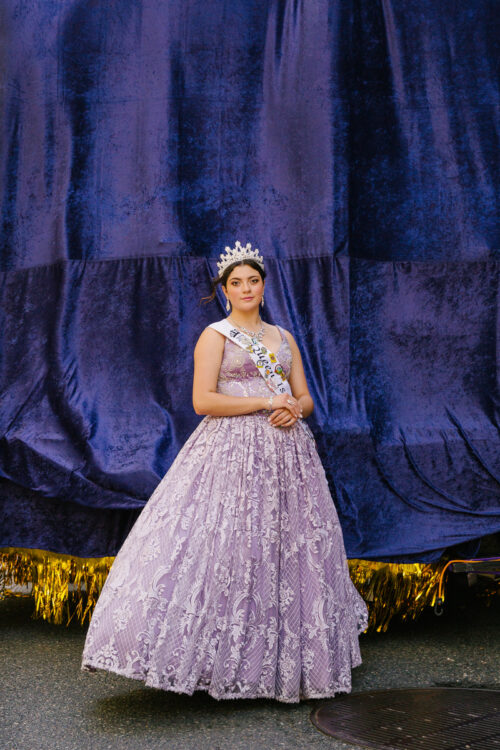 ©Adair Freeman Rutledge
©Adair Freeman Rutledge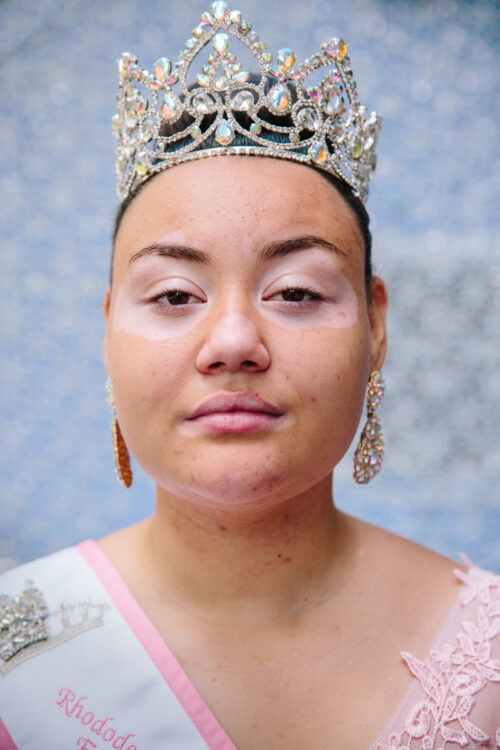 ©Adair Freeman Rutledge
©Adair Freeman Rutledge ©Adair Freeman Rutledge
©Adair Freeman Rutledge
Aiko Wakao Austin: What We Inherit
Aiko Wakao Austin is a Japanese photographer in New York. Born in Tokyo, she spent her childhood in Italy and studied at Brown University. She began working in Japan as a journalist, and later in finance.
She moved to New York in 2016 and began photographing full-time. Reflecting her multicultural upbringing, her projects explore the concept of identity and culture. Her work has been selected for the Julia Margaret Cameron Award in 2023 and 2024.
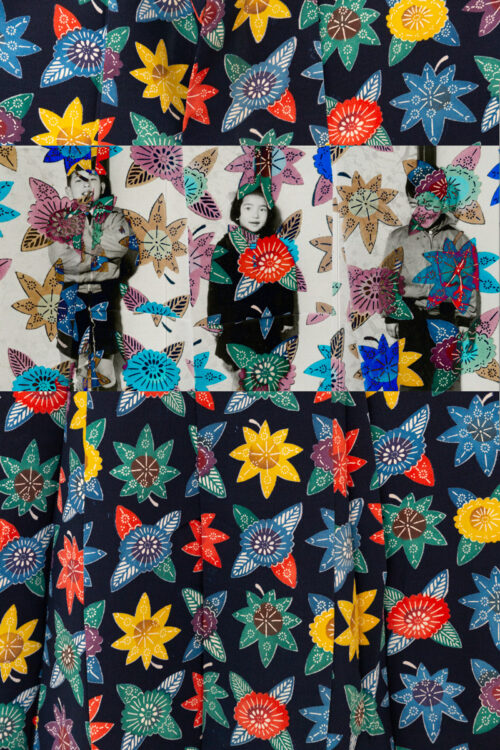 ©Aiko Wakao Austin
©Aiko Wakao Austin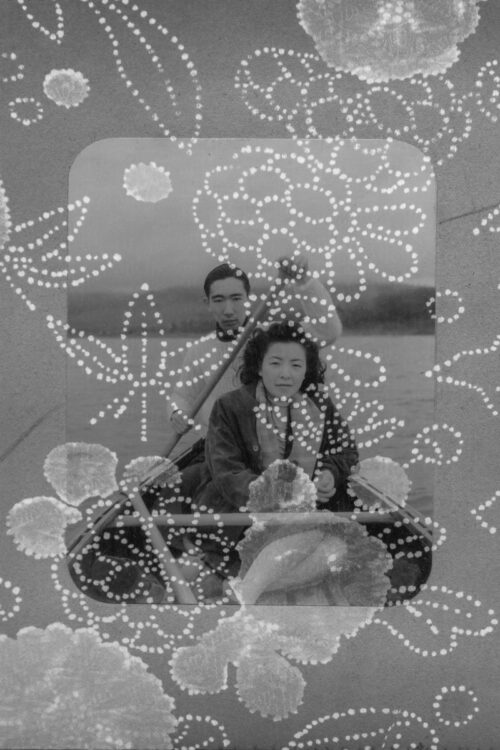 ©Aiko Wakao Austin
©Aiko Wakao Austin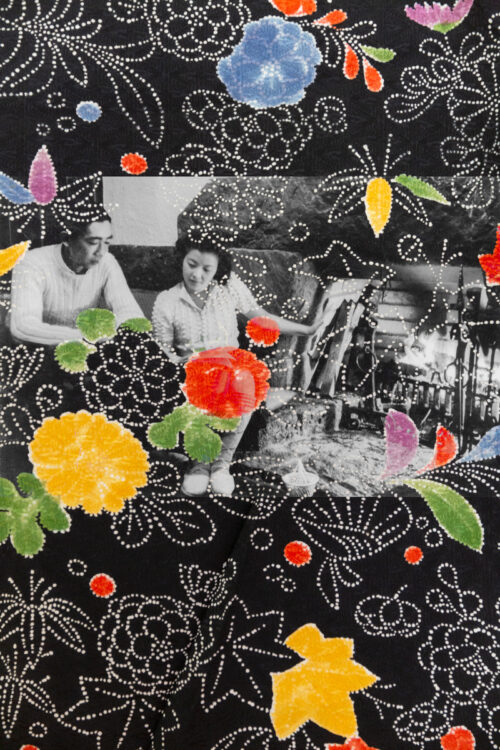 ©Aiko Wakao Austin
©Aiko Wakao Austin
Andrea Alkalay: Unearth
Andrea Alkalay is an Argentine visual artist and Industrial Designer, trained in art photography with a focus on experimental processes. In 2024, exhibitions include Bienal Sur, Recoleta and CCK Cultural Centers, the Museum of San Juan, and The Larreta Museum. Internationally, their work has been featured at Hafez Gallery in Riyadh, the RAK Art Festival in the UAE, the Kranj Festival and Park Pecno Gallery in Slovenia (2023/24), and the DongGang Museum of Photography.
Recipient of a 2022 grant from the Saudi Ministry of Culture and winner of The Kingdom Photography Award. Other accolades include 1st place in the Latin American Professional Award (2021 WPO), finalist at the Head On Photo Festival, and winner of the Light Festival Portfolio Award in Argentina.
Publications include Aesthetica Magazine, Lenscratch, Fresh Eyes, and PHMuseum.
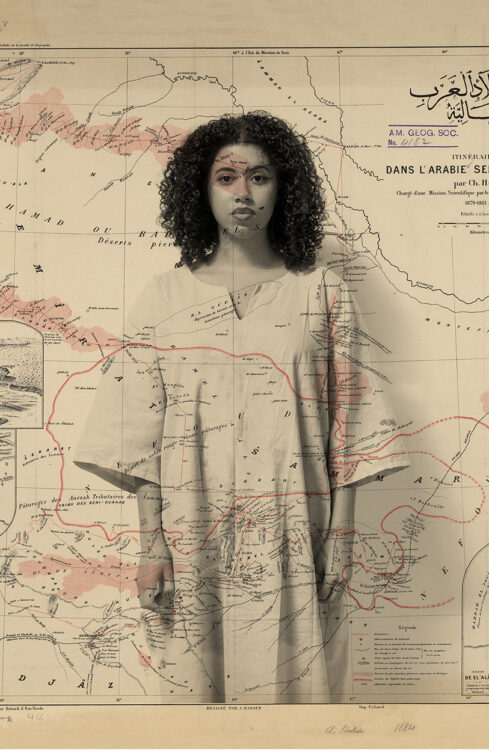 ©Andrea Alkalay
©Andrea Alkalay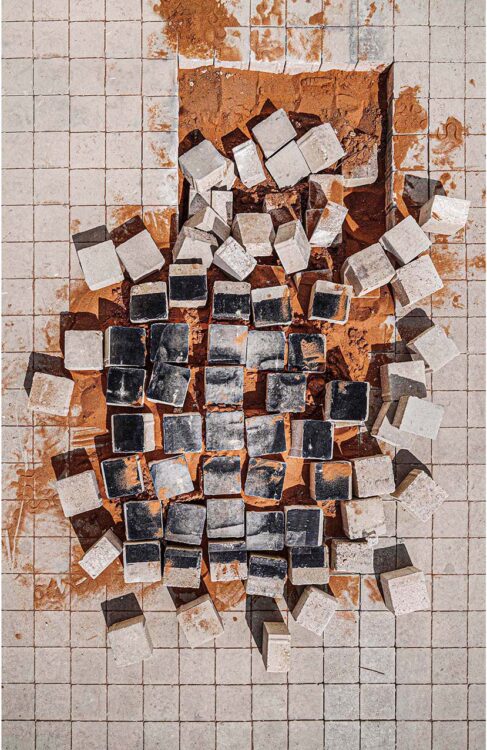 ©Andrea Alkalay
©Andrea Alkalay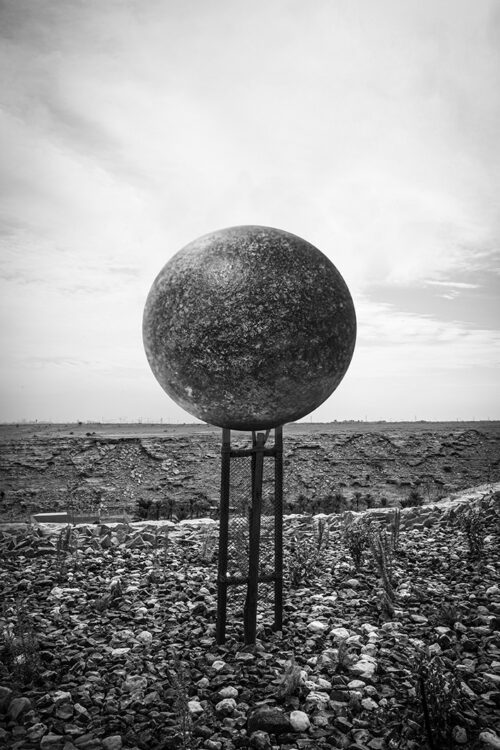 ©Andrea Alkalay
©Andrea Alkalay
Anna Mia Davidson: American Muslim
Anna Mia Davidson is an award-winning photographic artist whose work focuses on environmental and social justice issues. In her childhood home darkroom, she learned to master the fine art of photography from her photographer father. Her early years were surrounded by the powerful photographic medium that she adopted as her tool for social change.
She believes in the power of images to influence, inspire, and impact the way we see the world. Her work is informed by the issues of our times. As a Jewish female artist, she feels a strong sense of moral responsibility to shed light on humanity and build bridges cross-culturally.
She fosters project allies within communities she photographs, deepening the perspective within her work, helping change the narrative, and increasing representation for communities often left out of the artistic foreground.
She has two published books: Cuba Black And White (Steidl) and Human Nature: Sustainable Farming in the Pacific Northwest (Minor Matters). She has exhibited work worldwide at Mucem Museum, Marseille, France; Leica Gallery, LA; Howard Greenberg Gallery, NYC; and has exhibited public art installations in New York, Seattle, England, and Thailand.
Commissioned works include projects for Aperture, USA Television Network, and FotoDocument. She has received awards including two International Photography (IPA) awards and the British Journal of Photography Portrait of Humanity People’s Choice Award.
Her work is part of the Zoelner Art Center and City of Seattle’s permanent collections. She was selected and served as the 2016 Arts Envoy under the Obama Administration.
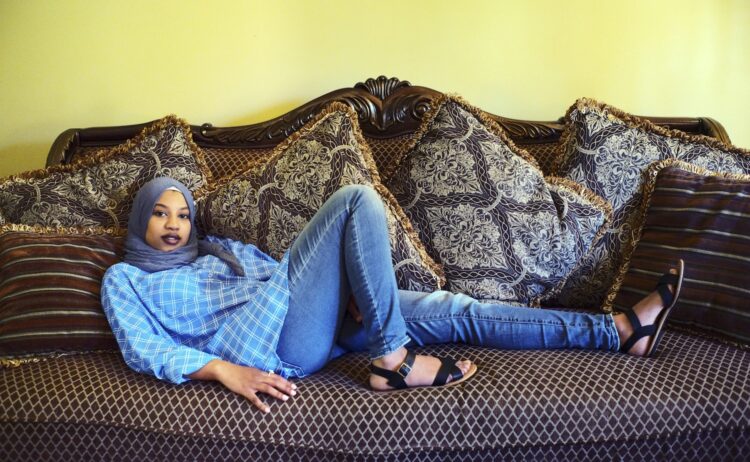 © Anna Mia Davidson
© Anna Mia Davidson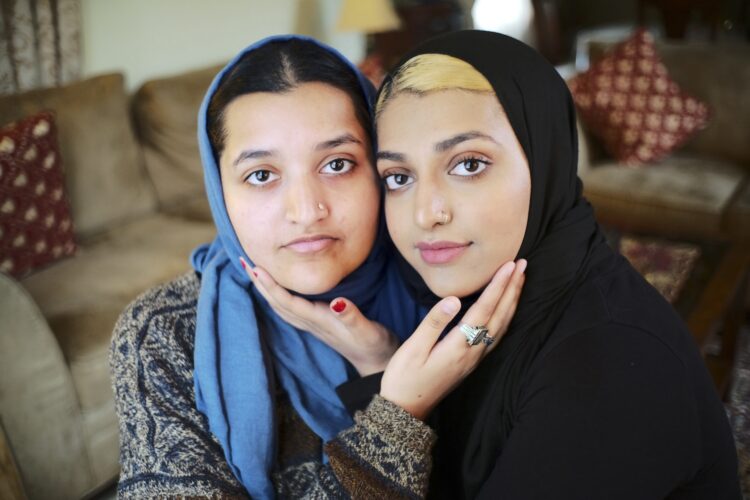 ©Anna Mia Davidson
©Anna Mia Davidson
Betty Young Kim: Film Scrolls
Betty Young Kim is a lens-based artist who uses self-portraiture, archival materials, pop culture, and both fiction and non-fiction sources to create her work. She earned her B.A. in Government from the University of Texas at Austin, her M.A. in Security Policy Studies from George Washington University, and her M.F.A. in Visual Arts from the University of Chicago.
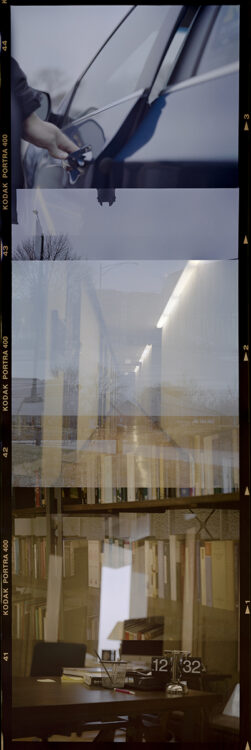 ©Betty Kim
©Betty Kim ©Betty Kim
©Betty Kim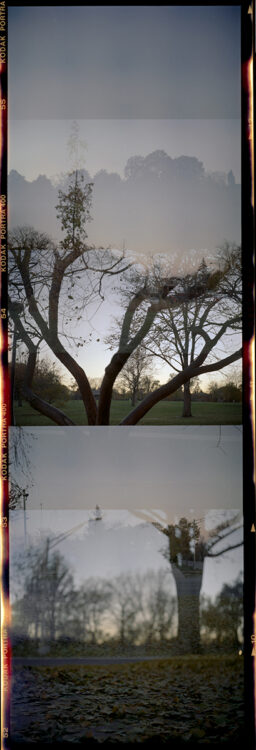 ©Betty Kim
©Betty Kim
Camille Nivollet: A Time Without School
Independent photographer, Camille Nivollet graduated from the Art School of Bourges in 2016, and four years later, she completed a documentary photography program at EMI-CFD under the guidance of Julien Daniel and Guillaume Herbaut.
Following this training, she co-founded the collective Hors Format in 2020. Alongside her social reportage work for the press (Bayard, Liberation, Le Monde, etc.), Camille developed a specific interest in long-term projects on social issues and alternative lifestyles, following the tradition of author-driven documentary.
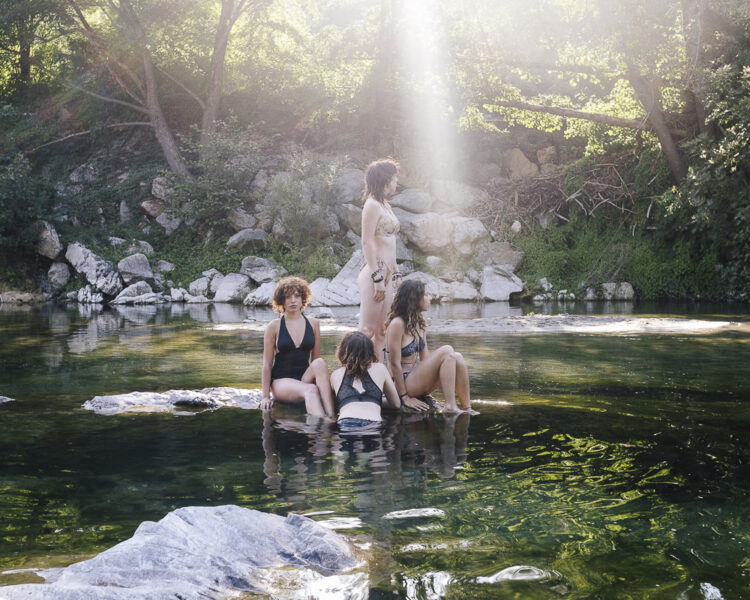 ©Camille Nivollet
©Camille Nivollet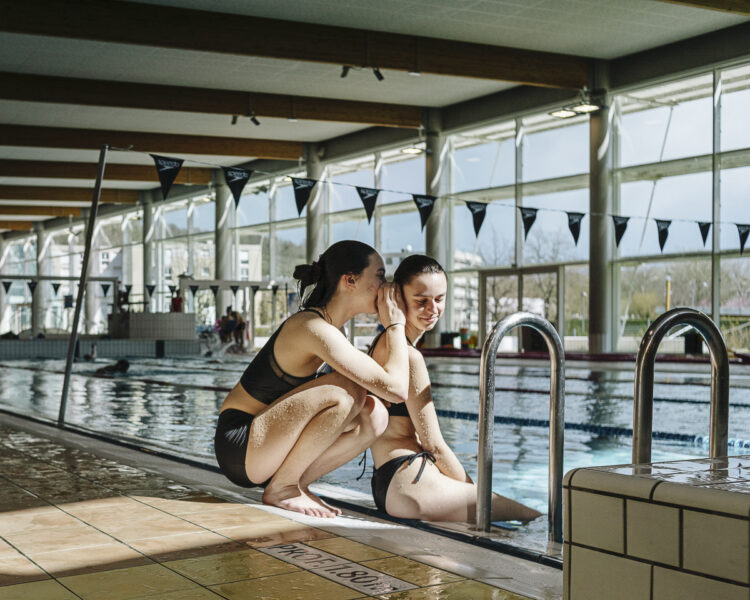 ©Camille Nivollet
©Camille Nivollet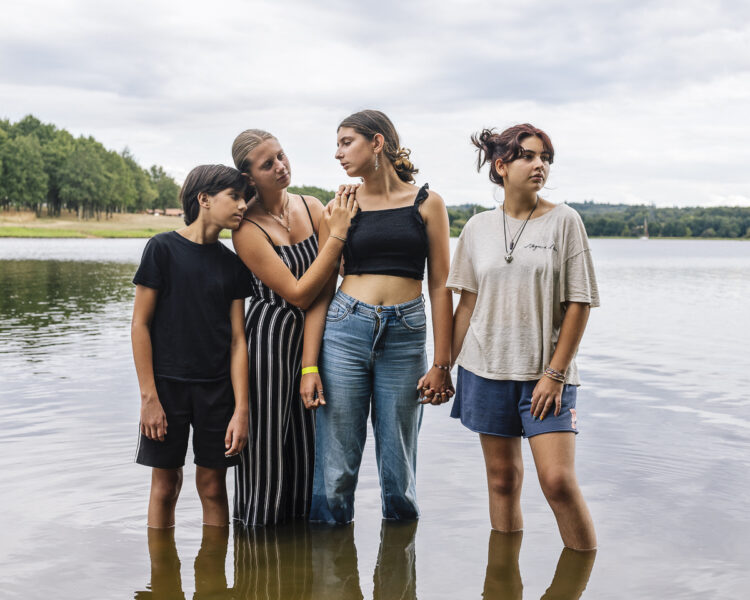 ©Camille Nivollet
©Camille Nivollet
Carolina Baldomá:
Carolina Baldomá is an artist specialized in photography who lives and produces her work immersed in her natural environment, in the Argentinian Pampas. She explores the relationship between nature and humans through the concepts of coexistence and synchronicity between them.
Her projects are centered on the alchemical experimentation of various photographic mediums, revisiting the history of photography in an empirical way.
In 2023, she was preselected for the Fresh contest by Klompching Gallery in New York and was a finalist for the Lens School Scholarship in Madrid. She received mentions in international competitions such as Emerging Talents Awards 2024 and 2023, Critics Choice 2024, 2023, and 2022, and Portrait Awards 2023 by Lensculture.
She has held various solo exhibitions in Argentina and Uruguay and has participated in group shows in New York, Paris, Athens, Berlin, Vermont, and Melbourne. Her projects have been published in photobooks and in various specialized photography publications.
She is currently pursuing a Master’s degree in Curatorial Studies of Contemporary Art in Buenos Aires, Argentina.
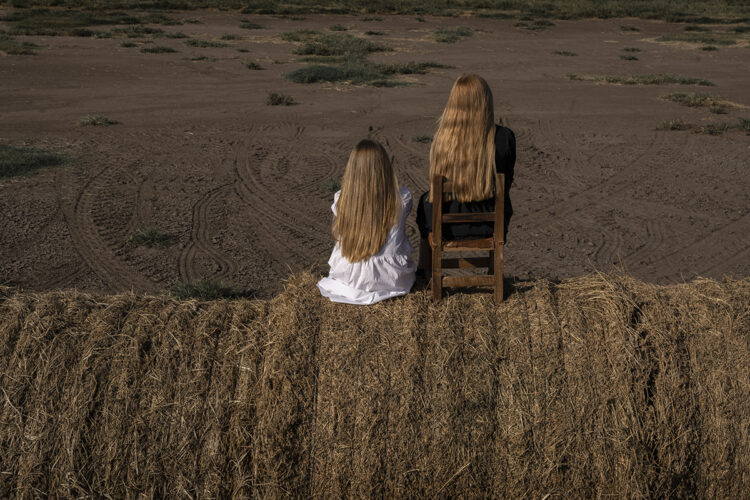 ©Carolina Baldomá
©Carolina Baldomá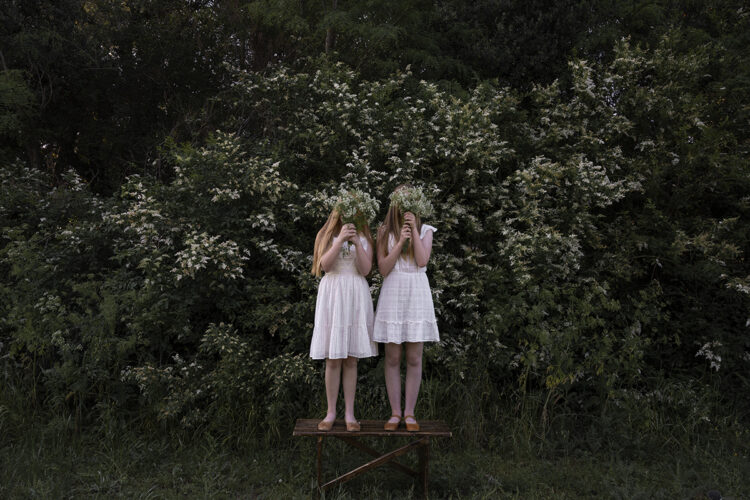 ©Carolina Baldomá
©Carolina Baldomá ©Carolina Baldomá
©Carolina Baldomá
Dana Stirling: Why Am I Sad
Dana Stirling is a fine art photographer and Co-Founder & Editor of Float Photo Magazine. Based in Queens, NY, she holds an MFA from SVA (2016) and a BA from Hadassah College (2013).
Her work has been exhibited internationally at Candela Books + Gallery, Panopticon Gallery, and Saatchi Gallery, among others. Featured in publications like Hyperallergic, LensCulture, and Buzzfeed, Dana’s work explores memory, identity, and personal narratives.
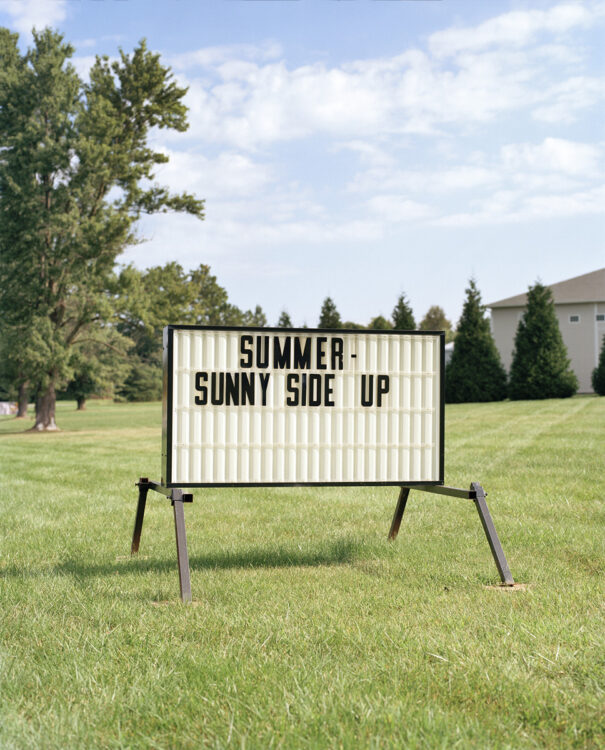 ©Dana Stirling
©Dana Stirling ©Dana Stirling
©Dana Stirling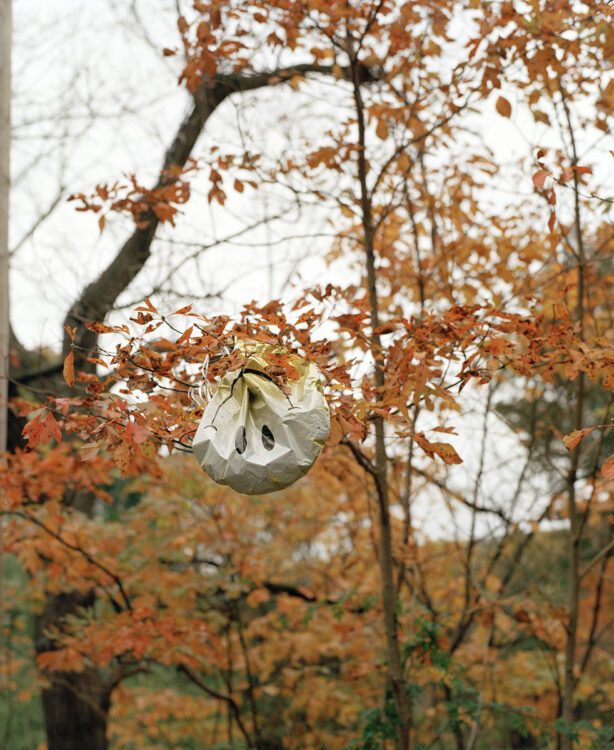 ©Dana Stirling
©Dana Stirling
Donna Bassin: Portraits of a Precarious Planet
Donna Bassin, a photo-based artist, filmmaker, and clinical psychologist, delves into the painful realities of contemporary life, including post-traumatic stress, racism, social injustice, and environmental destruction.
Her work has resulted in two award-winning documentaries, exhibitions in museums and galleries, grants, accolades, public installations, book covers, and features in art and culture publications. Her latest solo exhibition, Portraits of the Precarious Earth, is currently on view at the Newport Art Museum in Newport, Rhode Island.
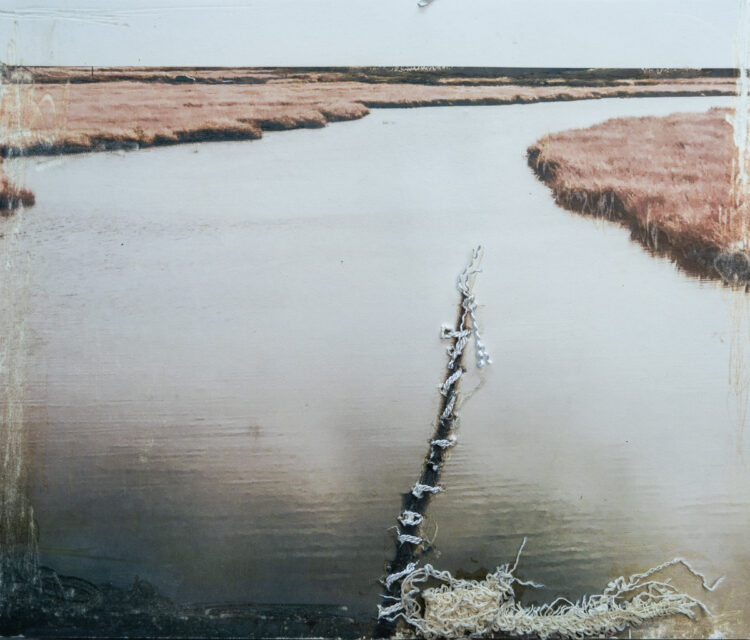 ©Donna Bassin
©Donna Bassin ©Donna Bassin
©Donna Bassin ©Donna Bassin
©Donna Bassin
Isabella Kahn: 32 Years Later
Isabella Kahn is a lens-based artist born in China and living in Philadelphia, PA. Isabella has shown her work nationally and internationally, in cities including Philadelphia, New York, Boston, and London.
Select group exhibitions include Momentary Visions at The Print Center and Alternatives 2025: Image as Record at Ohio University. Her work can be found in the permanent collection of the International Center of Photography.
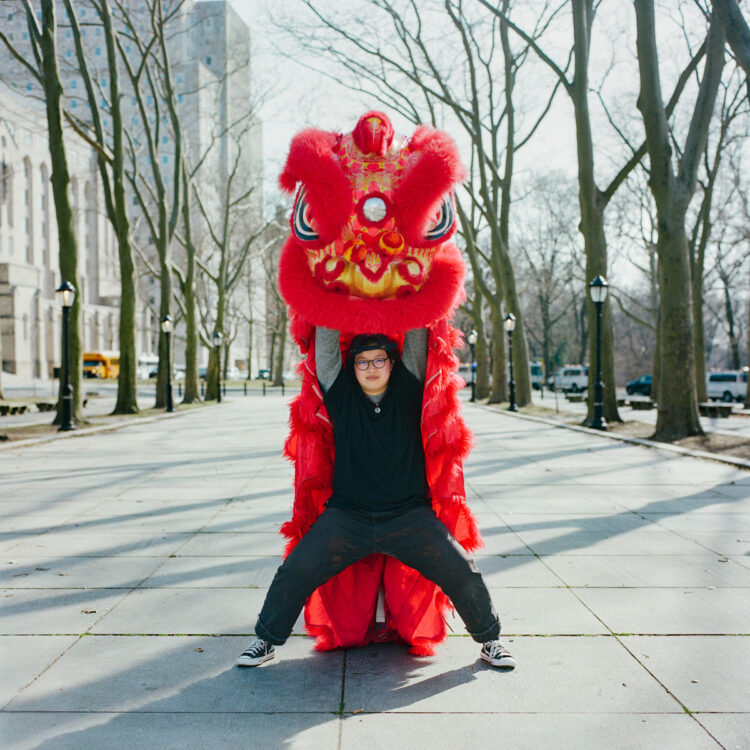 © Isabella Khan
© Isabella Khan ©Isabella Kahn
©Isabella Kahn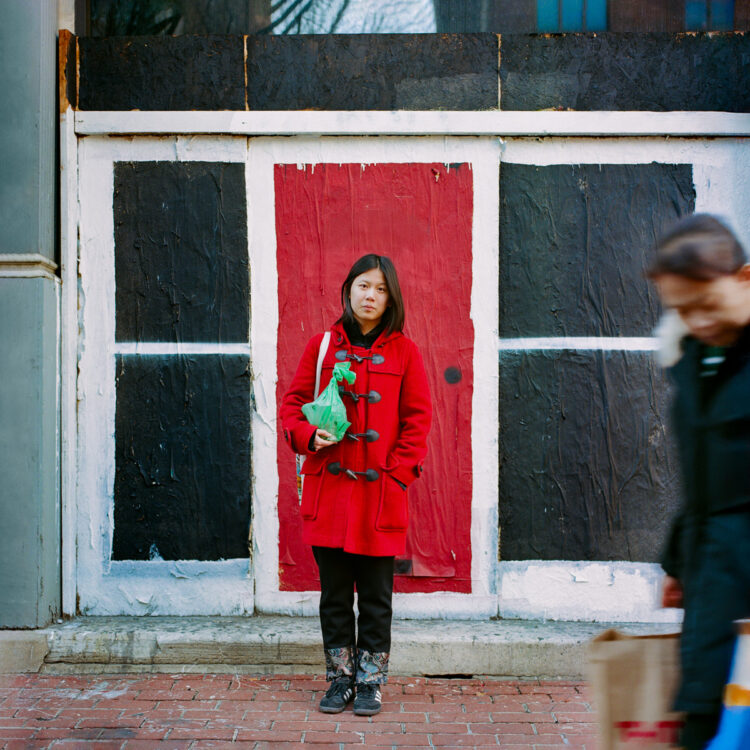 ©Isabella Kahn
©Isabella Kahn
Jennifer Georgescu: I Know All The Songs by Heart
Jennifer Georgescu is a US-born visual artist living in Basel, Switzerland. Her self-reflective projects focus on the power of language, relationships, mythologies, and control. She is a three-time finalist for Critical Mass, Photolucida, a recipient of the John Chervinsky Scholarship awarded through the Griffin Museum of Photography, and a two-time William Male Foundation Grant recipient. Georgescu’s work has been exhibited in the Athens Photo Festival, Blue Sky Gallery, Startup Art Fair LA, The Oceanside Museum of Art, the Fort Wayne Museum of Art, and the Center for Fine Art Photography. Recent publications include FRAMES Magazine, Humble Arts Foundation, Lenscratch, ArtDoc Magazine, Float Magazine, Too Tired, and the Missouri Review.
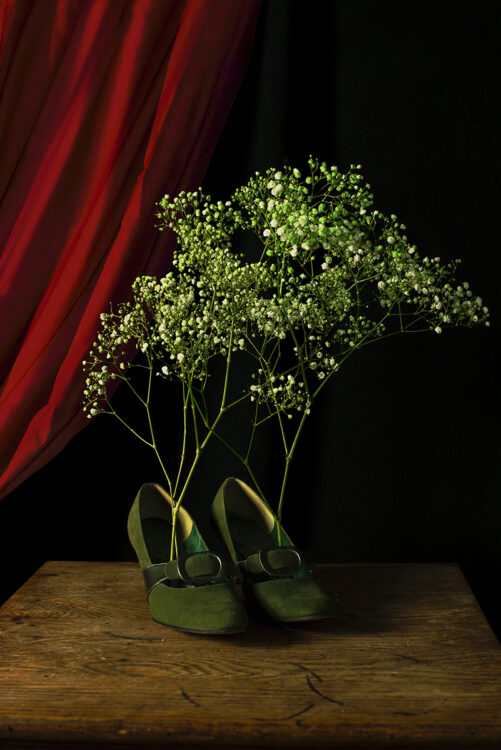 ©Jennifer Georgescu
©Jennifer Georgescu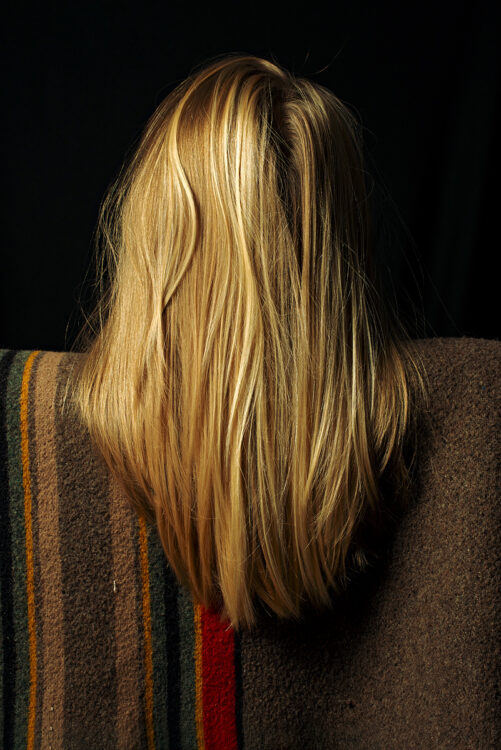 ©Jennifer Georgescu
©Jennifer Georgescu ©Jennifer Georgescu
©Jennifer Georgescu
Jordan Tovin: More Than Just Frybread
Jordan Tovin is a documentary photojournalist (b. 2004, Atlanta, GA) pursuing a BFA in photojournalism at the Corcoran School of Art and Design in Washington, D.C.
His work focuses on everyday experiences that reveal the dynamic and nuanced intersection of history, community, and culture through long-term visual narratives.
Tovin publishes these projects with the goal of making them accessible and affordable while also giving them the space and depth they deserve.
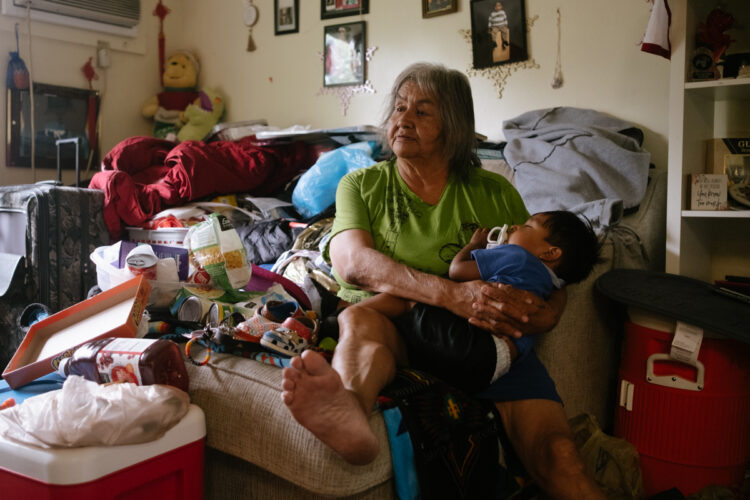 ©Jordan Tovin
©Jordan Tovin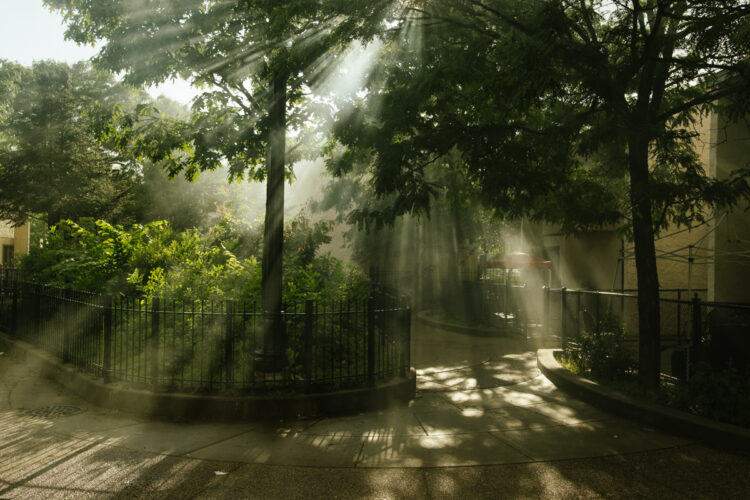 ©Jordan Tovin
©Jordan Tovin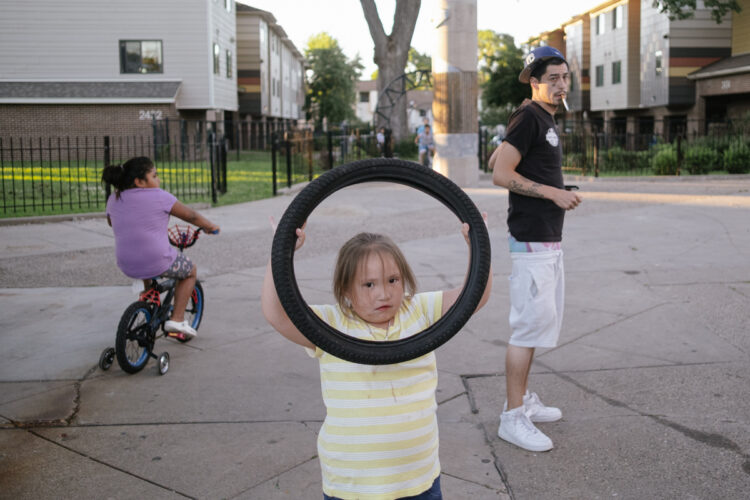 ©Jordan Tovin
©Jordan Tovin
Joshua Holz: Poetic Shock
Joshua Holz is a photographer filmmaker from New York. As a director, his films have received nominations at Oscars and Canadian Screen Awards qualifying film festivals.
Developing a love of faces from filmmaking, he continued an analog film practice in 2024 with a twin-lens reflex 120 camera.
Seeing the world through a waist-level viewfinder radicalized his visual process, photographing family, pets, and memories to re-concept the idea of ‘home’.
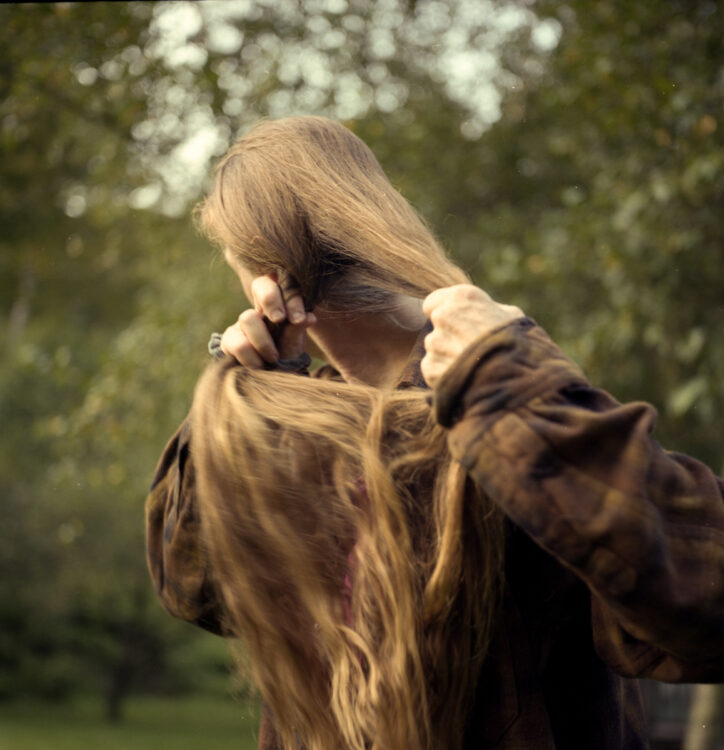 ©Joshua Holz
©Joshua Holz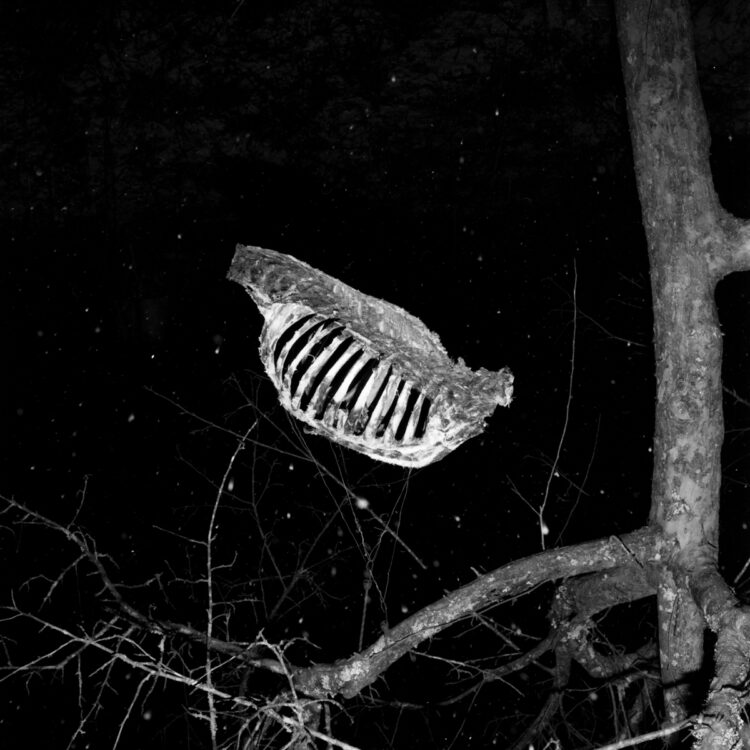
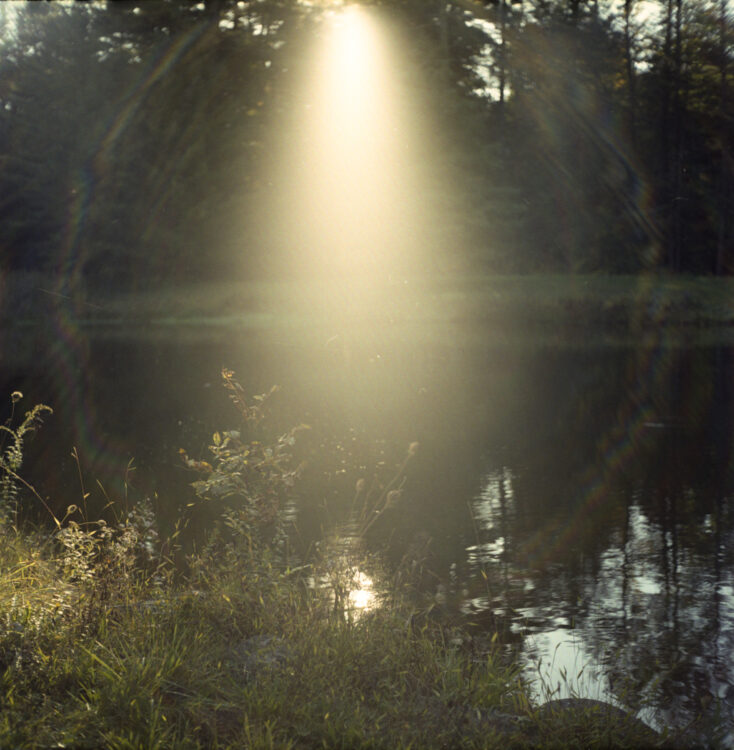 ©Joshua Holz
©Joshua Holz
JP Terlizzi: The Keeper’s Oath
JP Terlizzi is a New York City metro-based photographer whose contemporary practice explores themes of memory, relationship, and identity. His images are rooted in the personal and heavily influenced by the notion of home, legacy, and family.
He is curious about how the past relates to and intersects with the present and how the present enlivens the past, shaping one’s identity.
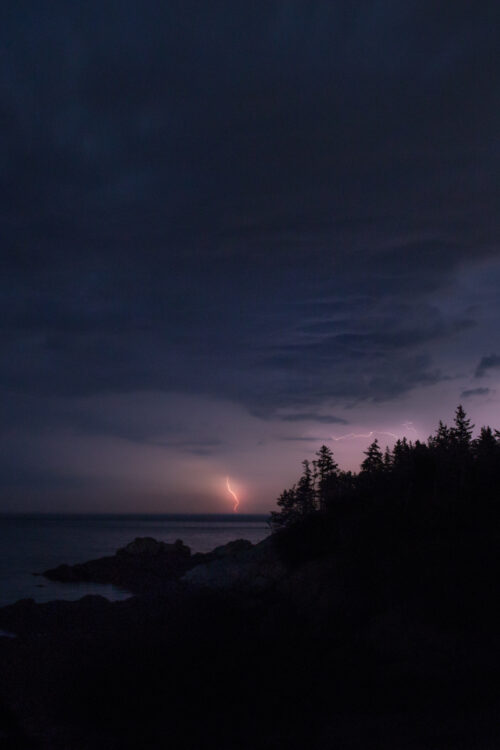 ©JP Telrizzi
©JP Telrizzi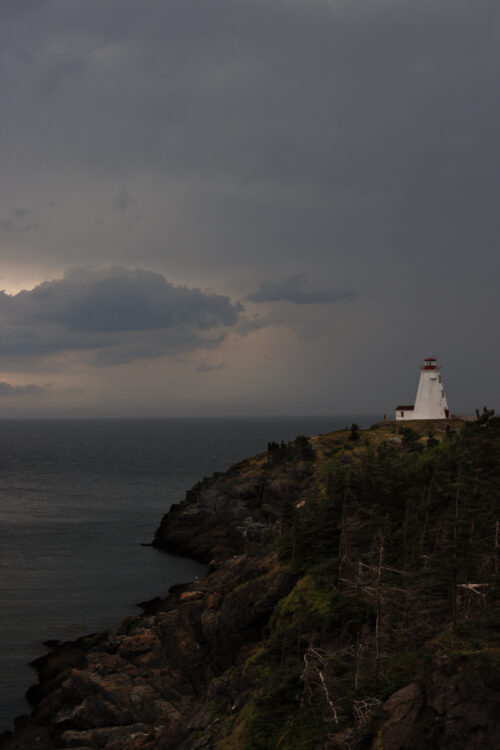 ©JP Telrizzi
©JP Telrizzi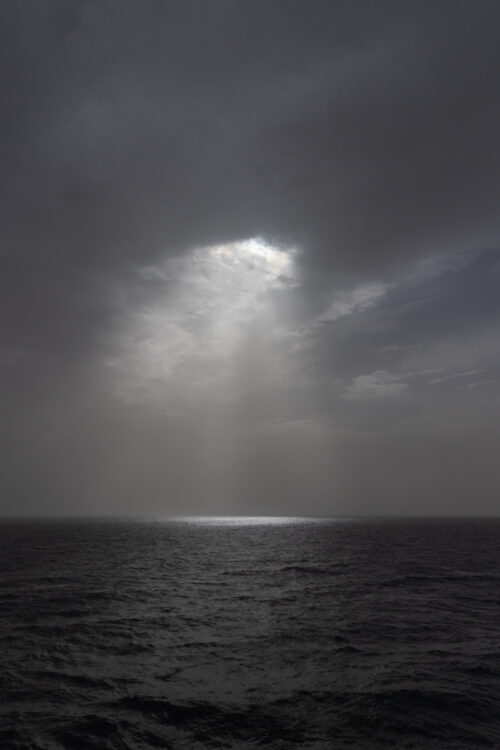 ©JP Telrizzi
©JP Telrizzi
Kevin Hoth: The Fifth Channel
Kevin Hoth is an artist, father, and educator based in Boulder, Colorado. He has taught university courses in photography, digital media and graphic design at numerous universities for over twenty years and has taught at the University of Colorado Boulder since 2011. Hoth’s work has been exhibited nationally and internationally at The Houston Center for Photography, The Boulder Museum of Contemporary Art, The Center for Fine Art Photography, The Institute of Photographic Studies of Catalonia in Barcelona, Colorado Photographic Arts Center, The Photographic Center Northwest, The Center for Creative Photography, and The Rhode Island Center for Photography. Recent awards include Top 200 Critical Mass 2019, Center For Fine Art Photography Center Forward 2024, and top ten finalist for the 2018 Clarence John Laughlin Award. Hoth received his Masters of Fine Art in Photography at the University of Washington, Seattle with a focus in Video Installation. He lives on the outskirts of Boulder, Colorado and regularly gets woken up by coyote howls, owl hoots and horse whinnies.
Kevin is represented by Walker Fine Art in Denver, Colorado.
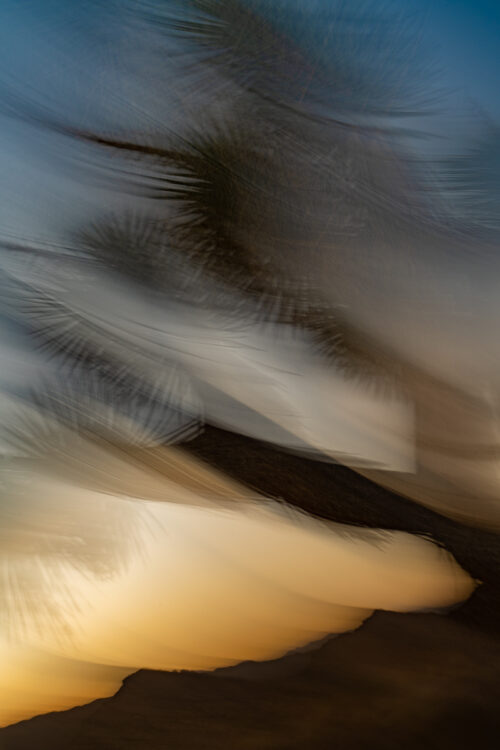 ©Kevin Hoth
©Kevin Hoth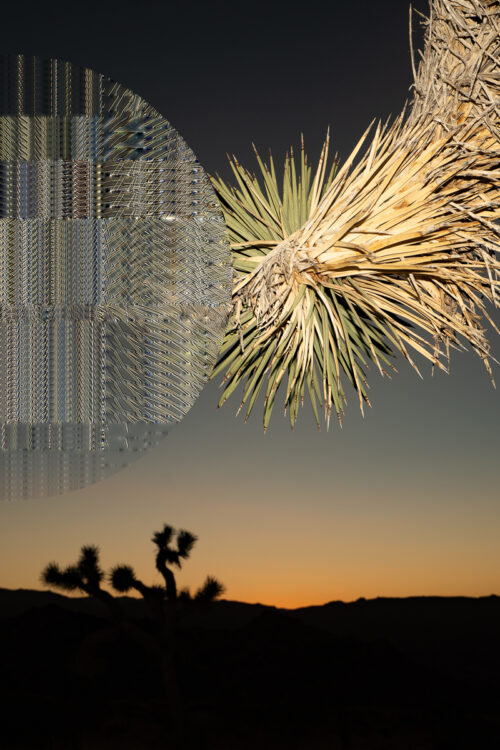 ©Kevin Hoth
©Kevin Hoth ©Kevin Hoth
©Kevin Hoth
Kristen Joy Emack: Book of Saints
Kristen Joy Emack is a 2022 Guggenheim Fellow, a MacDowell Fellow, a Saint Botolph Fellow, and a Massachusetts Cultural Arts Fellow. Her work has been shown nationally and internationally, in galleries and photo festivals, and has been published in magazines including Vogue Italia, National Geographic, OATH, and The Horn Book.
She has lectured at multiple universities including Harvard, Hofstra, Curry, and Boston University. Her work is in private collections and institutions in the US, Europe, and Africa. Her first photo book, Cousins, was published in 2023 by LARTIERE.
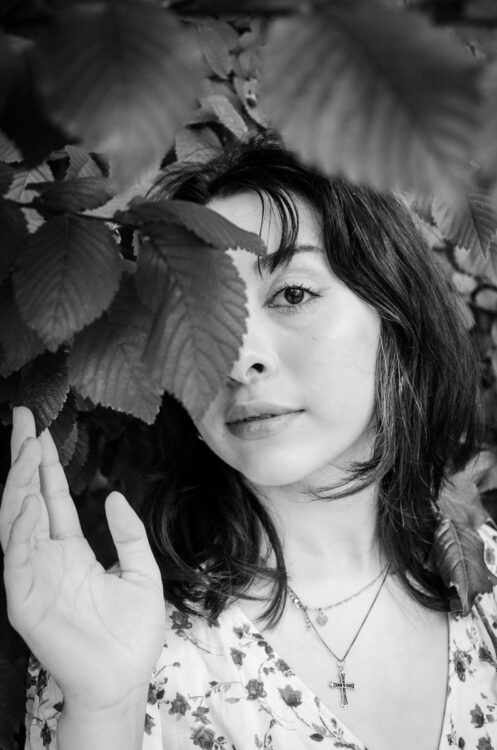 ©Kristen Joy Emack
©Kristen Joy Emack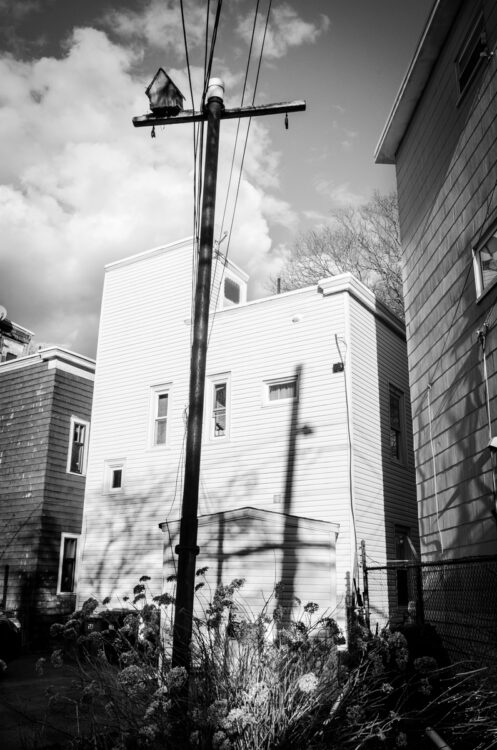 ©Kristen Joy Emack
©Kristen Joy Emack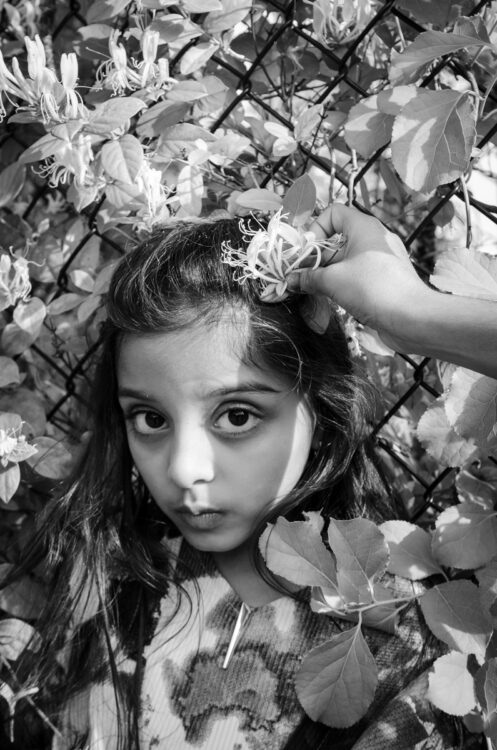 ©Kristen Joy Emack
©Kristen Joy Emack
Marco Castelli: A Micro Odyssey
Marco Castelli (b. 1991) lives and works in Bologna, Italy. Both his personal and documentary research move through a deep interest in human environment and life, looking for different approaches to visual art, digital communication, and creative storytelling.
His works have been awarded, published, and displayed internationally.
 ©Marco Castelli
©Marco Castelli ©Marco Castelli
©Marco Castelli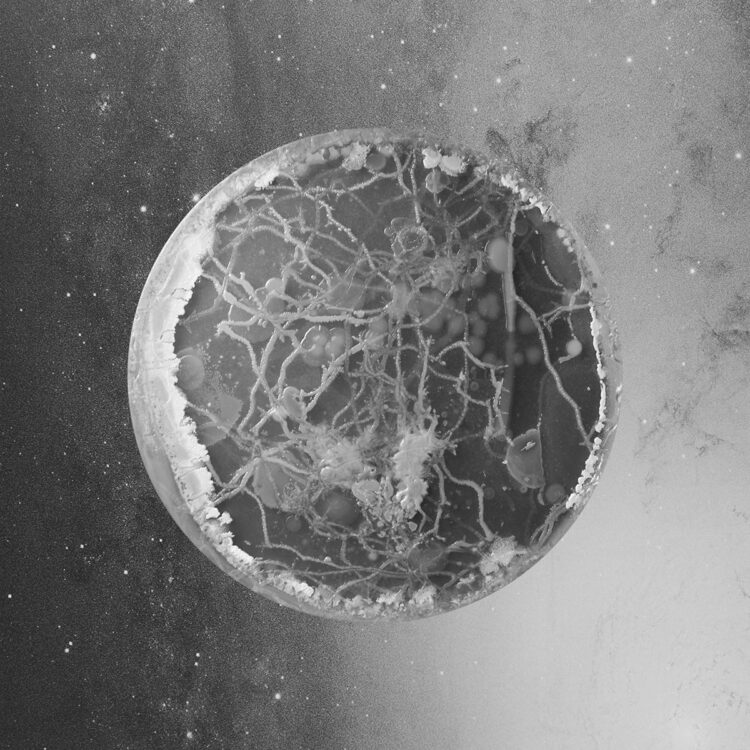 ©Marco Castelli
©Marco Castelli
Mari Saxon: Untold Fairytale
Mari Saxon is a conceptual photographer, focusing on human diversity. Work explores unconventional beauty through conceptual and surreal portraits. Born in Moscow, now residing in Boston, US. Architect by education. She is a finalist of international contests including Critical Mass award (USA), International Photography Award by Lucie Foundation (USA), Hamdan International Photography Award (UAE), URBAN Photo Awards (Italy), Fine Art Photography Awards (UK), Hamburg Portfolio Review (DE), Belfast Photo Festival (UK), Phodar Biennial (Bulgaria).
 ©Mari Saxon
©Mari Saxon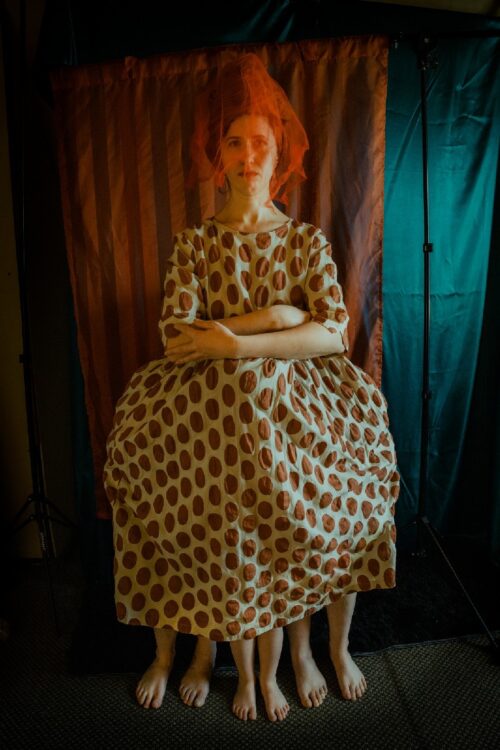 ©Mari Saxon
©Mari Saxon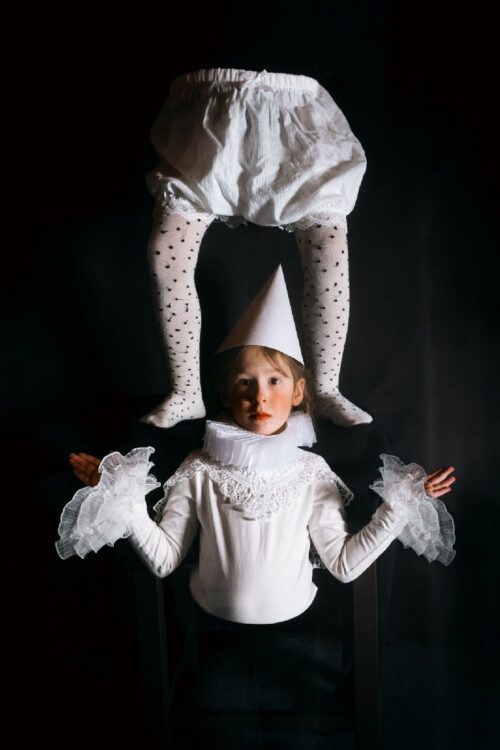 ©Mari Saxon
©Mari Saxon
Marky Kauffmann: The Celestial Project
Marky Kauffmann is a graduate of Boston University and the New England School of Photography. She has been working as a fine art photographer, educator, and curator for more than thirty years. She is the recipient of numerous awards, including two Massachusetts Cultural Council Artist Fellowship Finalist grants. Most recently, she won First Place in Soho Photo Gallery’s National Alternative Processes Competition, and was a finalist in the 7th Edition Julia Margaret Cameron Worldwide Gala Awards in three categories, including fine art, portraiture, and landscapes photography. Last summer, Kauffmann garnered an Honorable Mention in the Danforth Museum’s Art Annual Competition, juried by curator Jessica Roscio, and was part of Photolucida’s Critical Mass Top 200.
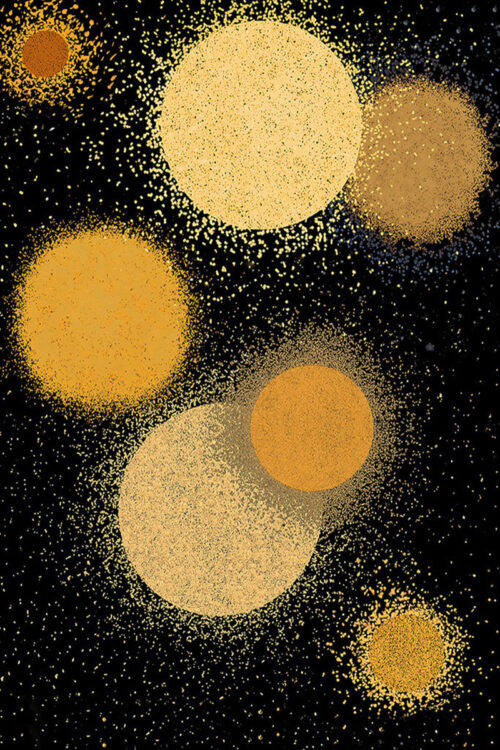 ©Marky Kauffmann
©Marky Kauffmann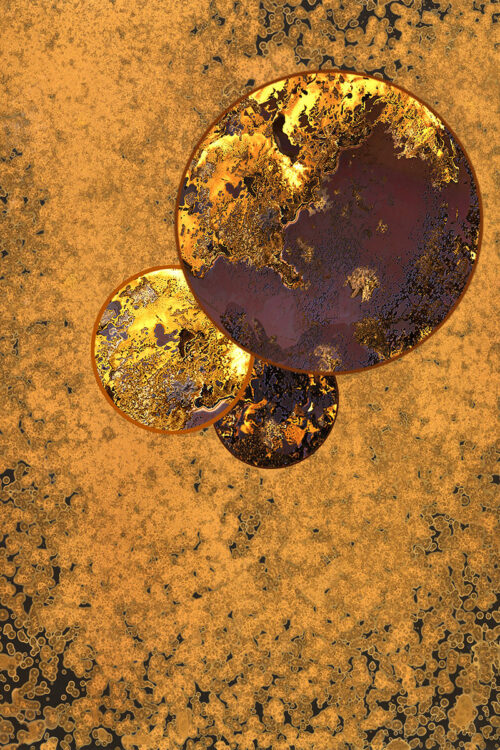 ©Marky Kauffmann
©Marky Kauffmann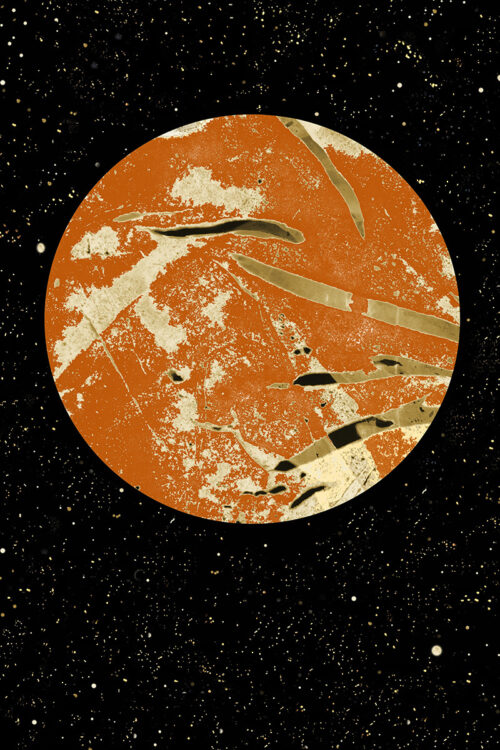 ©Marky Kauffmann
©Marky Kauffmann
Michael Dorohovich: Unique Families of the Roma Community of Keldelari
Michael Dorohovich is a portrait and documentary photographer, born in 1978 in Transcarpathia, Ukraine, in the small town of Uzhgorod.
Winner of the MONOVISIONS Black & White Photography Awards 2023 (single) award. He holds a master’s degree in photography from the Kyiv University of Culture and is a teacher of audiovisual art at the Uzhgorod Academy of Culture and Arts.
Winner and prize-winner of many prestigious world awards in the field of photography. His works have received international recognition and have been exhibited in museums and galleries in Japan, India, North America, and many European countries.
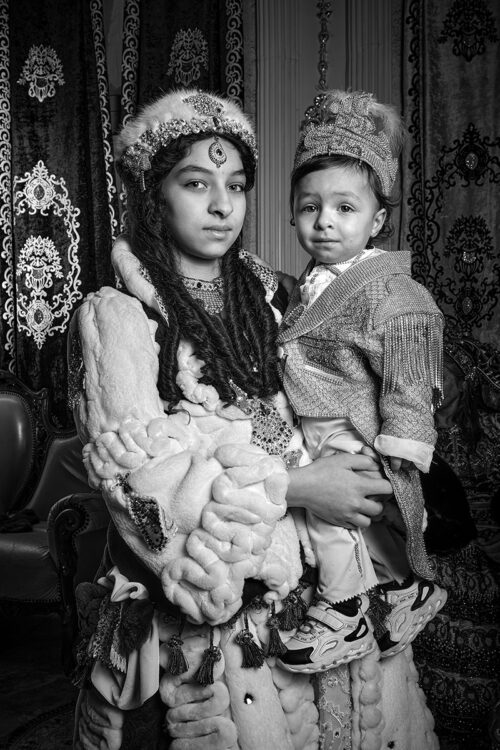 ©Michael Dorohovich
©Michael Dorohovich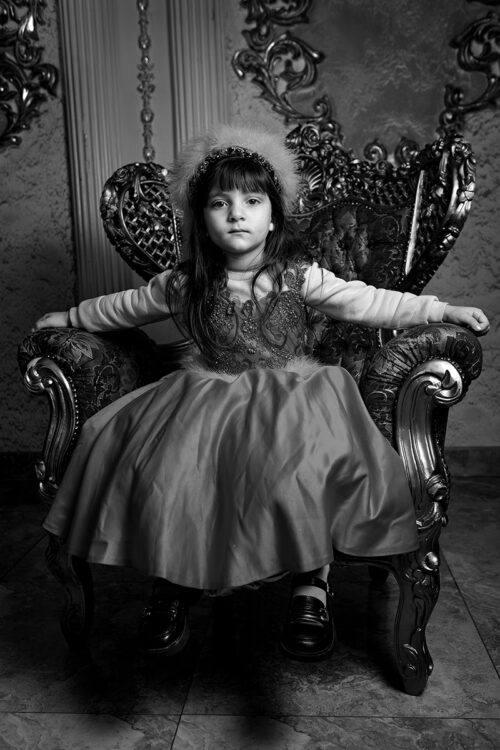 ©Michael Dorohovich
©Michael Dorohovich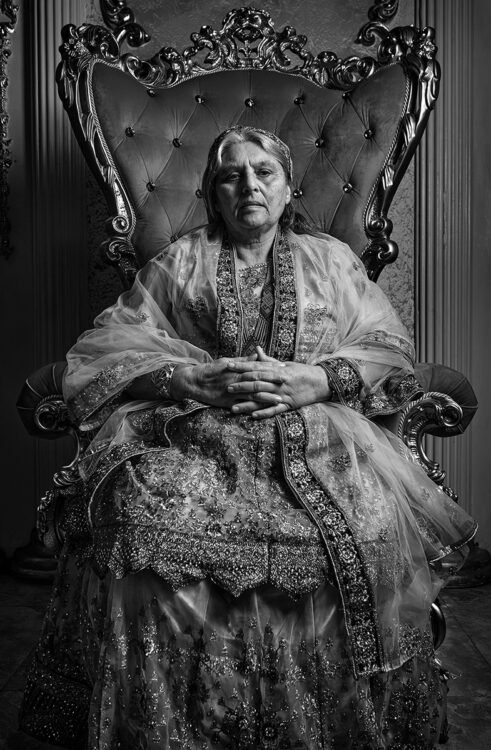 ©Michael Dorohovich
©Michael Dorohovich
Lisa Tang Liu + James Tabor (Alchemy of the Unknowns)
Lisa Tang Liu is an interdisciplinary visual artist working in photography, collage, and painting. As a naturalized U.S. citizen raised in a working-class immigrant family, she ponders the tension between belonging and alienation, as well as the meaning of being “American”. Her conceptual work examines our interconnectedness with each other and all living things. Lisa earned a BA from Wellesley College and studied at the New England School of Photography. Lisa’s work has been shown in Massachusetts, Vermont, Virginia, New York, Arizona, Texas, and California, and is held in several private collections. She lives with her husband Ken and their two daughters in Massachusetts.
Born on the banks of the mighty Salt River in the Sonoran desert, James David Tabor has lived as a spoken word artist, welder, bronze smith and photographer. Through his photography, he observes the extraordinary in the ordinary around him. He has been exhibiting his work in Arizona, Massachusetts, Vermont, Virginia, Texas, and California. David resides in Phoenix, Arizona with his wife Sue and their dog Stout.
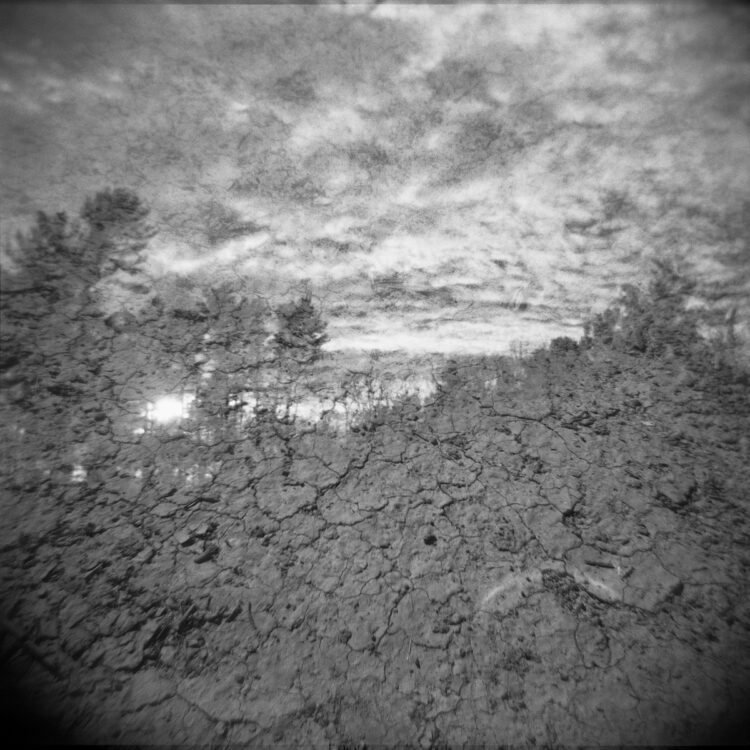 ©Lisa Tang Liu + James Tabor
©Lisa Tang Liu + James Tabor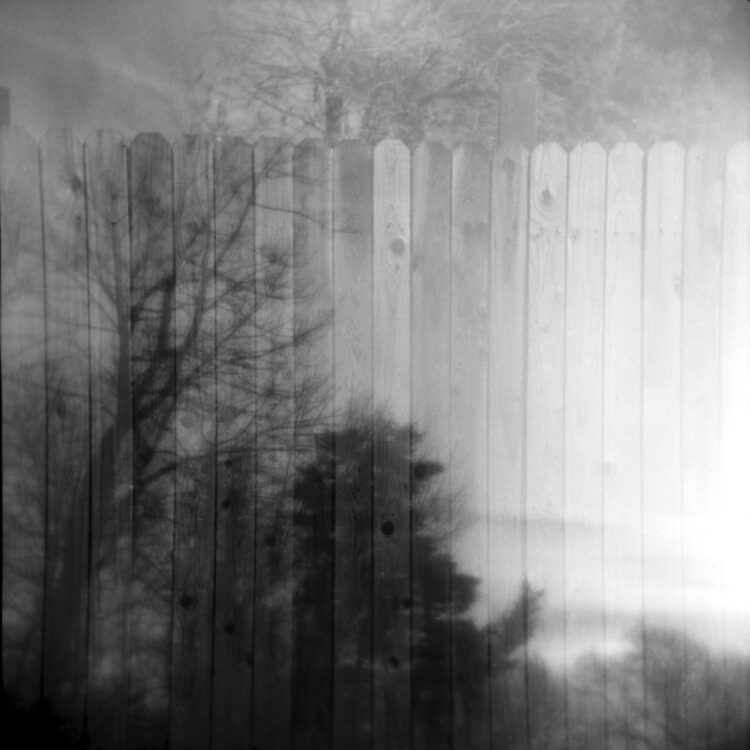
 ©Lisa Tang Liu + James Tabor
©Lisa Tang Liu + James Tabor
Ric Pontes
More information soon.
 ©Ric Pontes
©Ric Pontes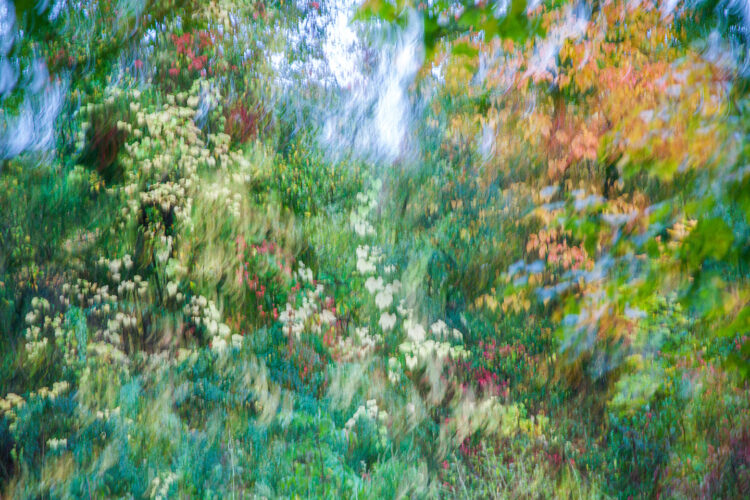 ©Ric Pontes
©Ric Pontes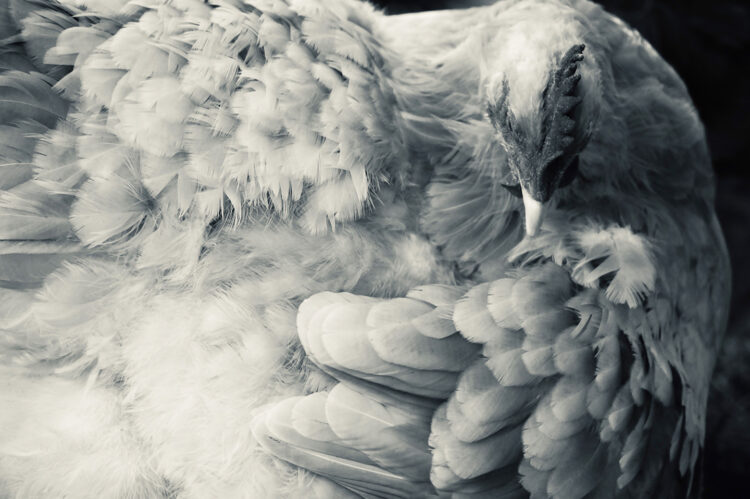 ©Ric Pontes
©Ric Pontes
Ngoc-Tran Vu: Journey
Ngoc-Tran Vu (she/her) is a 1.5-generation Vietnamese-American multimedia artist and organizer whose socially engaged practice bridges visual storytelling and community empowerment. Working across painting, sculpture, and installation, she explores themes of diaspora, memory, and social justice. Based in Boston’s Dorchester community, Tran collaborates with local and national organizations to create public art that fosters intergenerational dialogue and healing.
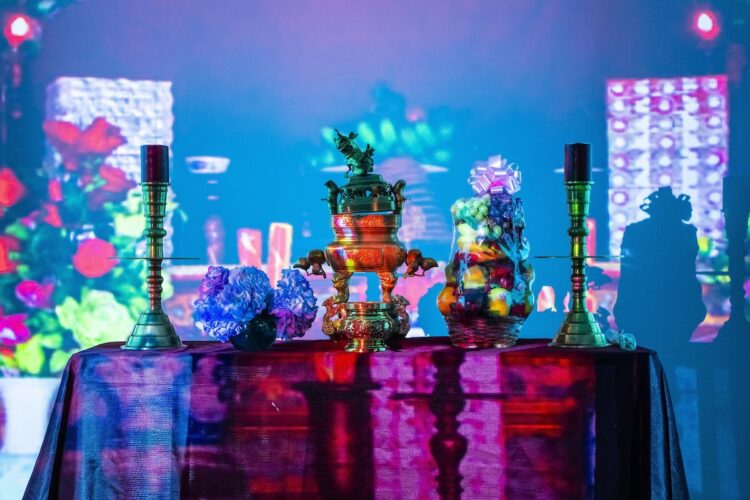 ©Tran Vu-Ngoc
©Tran Vu-Ngoc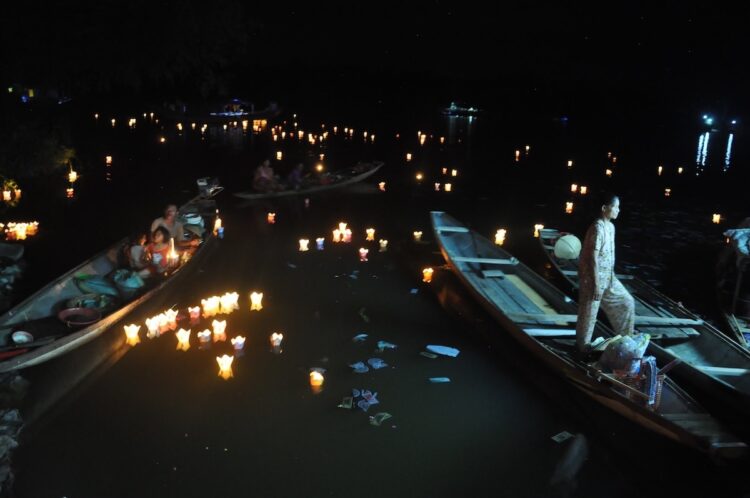 ©Tran Vu-Ngoc
©Tran Vu-Ngoc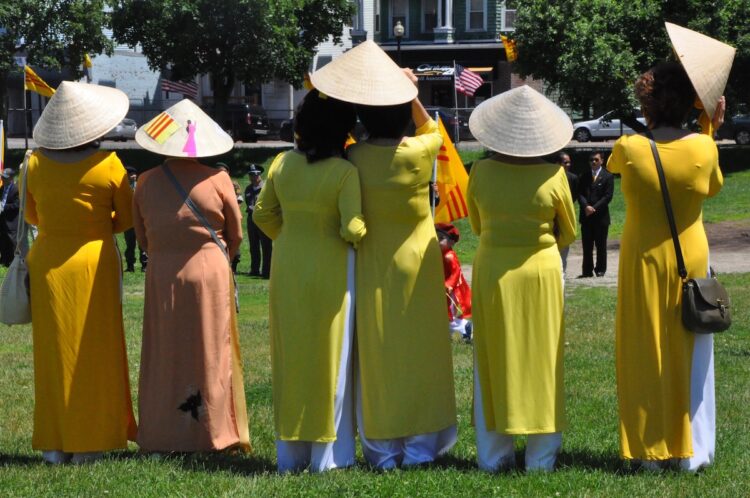 ©Tran Vu-Ngoc
©Tran Vu-Ngoc
Seokwoo Song: <Wandering, Wondering>
Seokwoo Song graduated from B.F.A in Department of Photography and Media, Daegu Arts University and graduated master’s degree M.F.A in Department of Photographic Design, Hongik University Graduate School of Industrial Arts. He is graduated master’s degree M.F.A in Department of Fine Arts, School of Visual Arts, Korea National University of Arts.
Main solo exhibitions include 《The Fourth Wall》, 《Floating Motions》 and he took part in a number of group exhibitions including Daegu Photo Biennale, KYOTOGRAPHIE, Singapore International Photography Festival, and The National Museum of Finland, Museum Centre Ploshchad Mira, Cheonan Museum of Art, DongGang Museum of Photography, Donuimun Museum, ArtSpace3, WESS and others.
Main awards include receiving KYOTOGRAPHIE KG+ SELECT (2023), CRITICAL MASS TOP50 (2022), selected as an excellent portfolio in the 6th Busan International Photo Festival Portfolio Review (2022), Winner of the 18th Photography Criticism Awards (2021) and others. His works are housed in Photographic Center Northwest, Museum Centre Ploshchad Mira, DECK Contemporary Art Photography Centre, and others. He has been selected as an artist-in-residence at National Museum of Modern and Contemporary Art (MMCA) Residency Goyang in 2025.
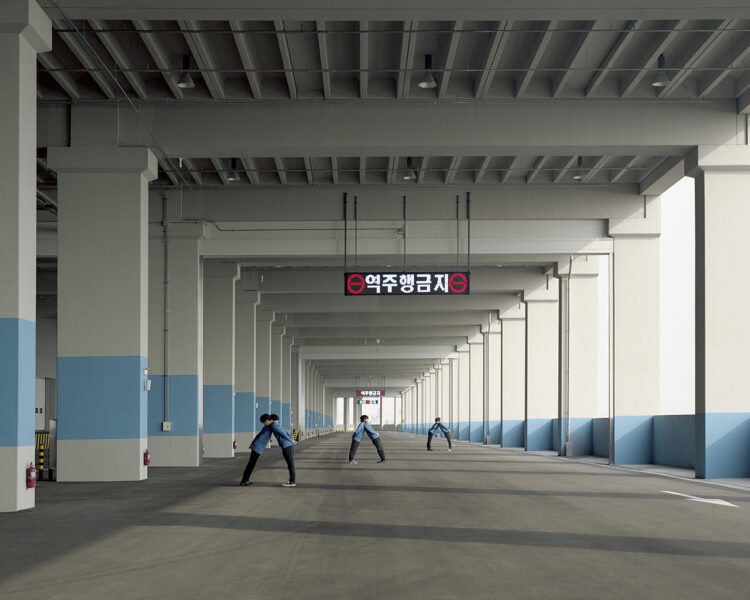 ©Seokwoo Song
©Seokwoo Song ©Seokwoo Song
©Seokwoo Song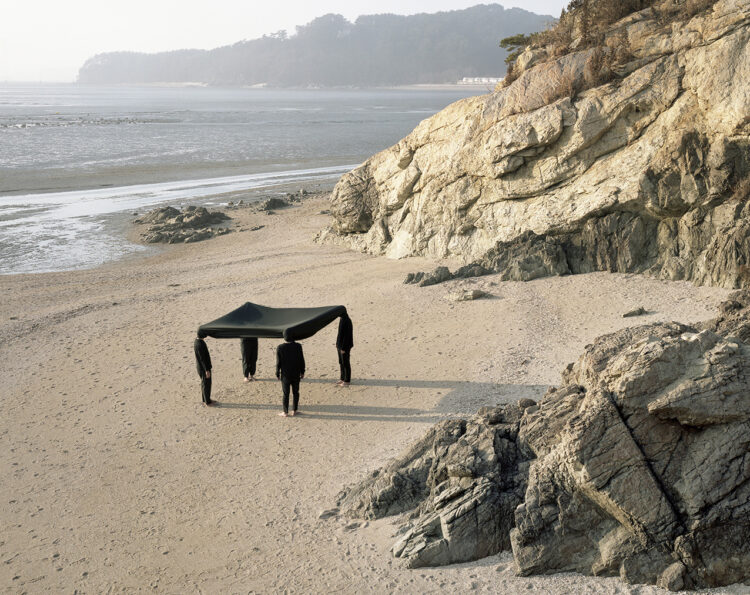 ©Seokwoo Song
©Seokwoo Song
Shawna Gibbs: My Summer With Optimus Prime
Shawna Gibbs is a contemporary photographer and conceptual artist based in New Hampshire. She is well known for documenting the lives of her family and friends, including the well-received series, Movie Night and My Summer with Optimus Prime.
Her work has been published in several publications including Communication Arts Photography Annual, PDN Photo Annual, and American Photography. She has had her work exhibited nationally and internationally at more than fifty venues, including the Institute for Contemporary Art/Boston, Boston Biennial, Los Angeles Center of Photography, Northeastern Illinois University, Currier Museum of Art, Minneapolis Photo Center, CICA Museum (Seoul), and Cape Cod Museum.
Gibbs’ work can also be seen on several prominent websites including Der Greif, Fraction Magazine, Lenscratch, and All About Photo.
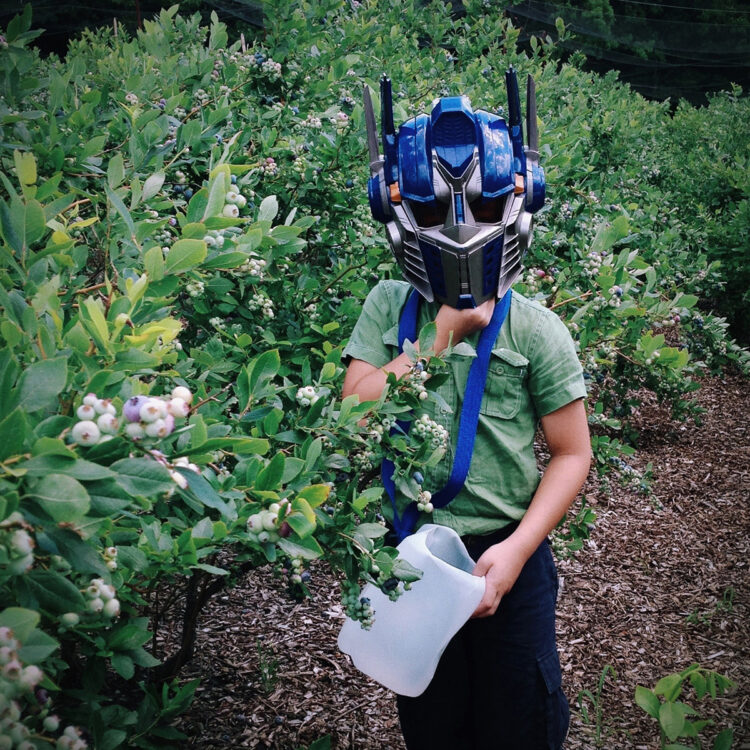 ©Shawna Gibbs
©Shawna Gibbs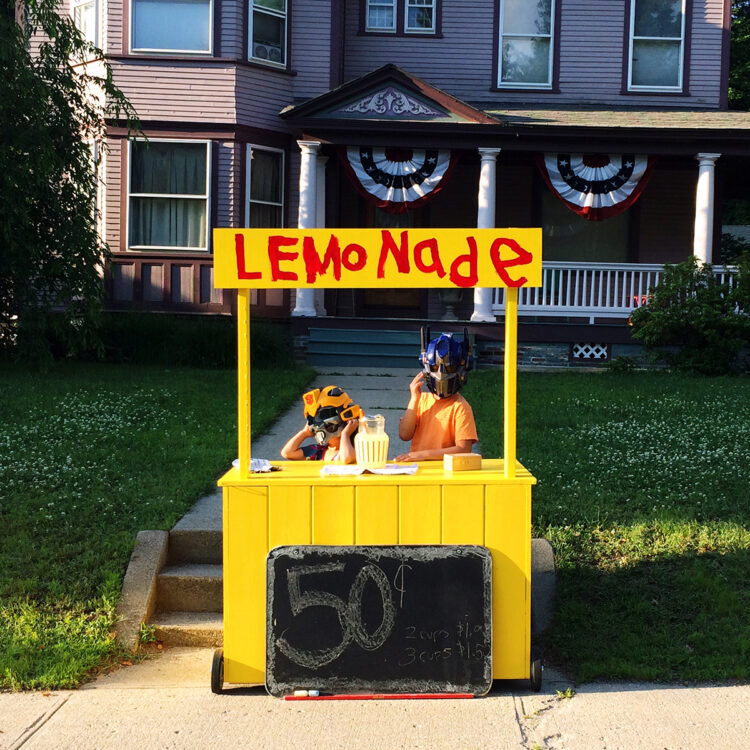 ©Shawna Gibbs
©Shawna Gibbs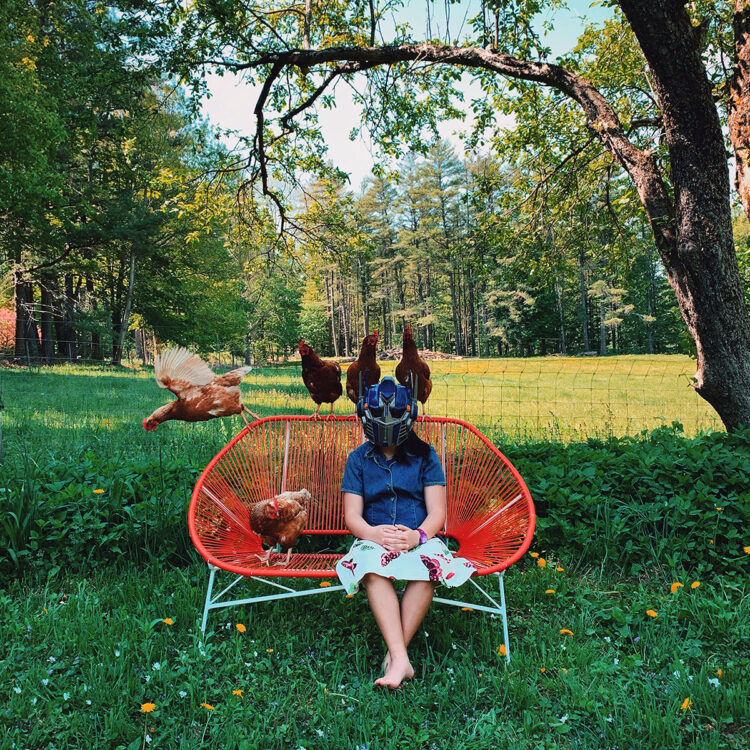 ©Shawna Gibbs
©Shawna Gibbs
Shaoyi Zhang: Passing Merchants
Shaoyi Zhang, an award-winning portrait photographer, captures human experiences with a focus on underrepresented communities. Using photography to address social and economic issues, he blends strobe and ambient light to create striking, thought-provoking images. His work documents challenges, raises awareness, and inspires change, aiming to foster a deeper understanding of his subjects and their stories.
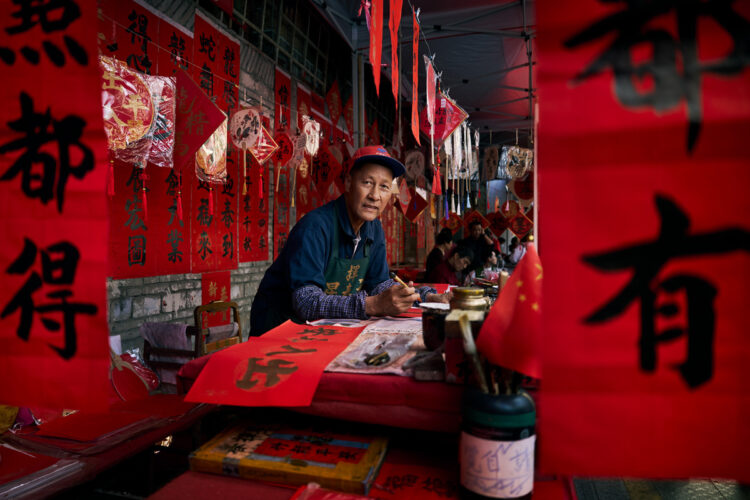 ©Shaoyi Yang
©Shaoyi Yang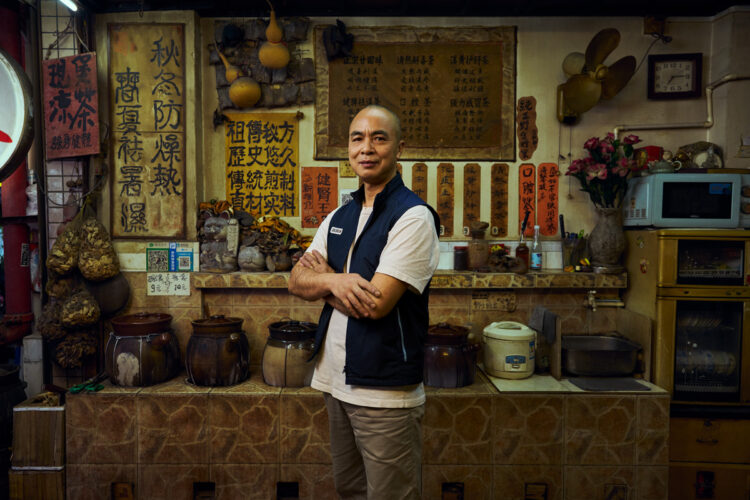 ©Shaoyi Yang
©Shaoyi Yang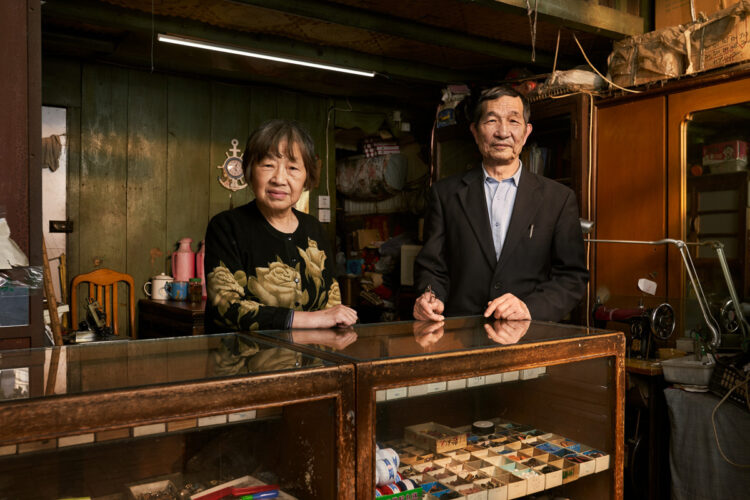 ©Shaoyi Yang
©Shaoyi Yang
Stephan Jahanshahi: Nation of Desire
Stephan Reza Jahanshahi-Ghajar is an Iranian American photographer based in Los Angeles. A graduate of the MFA Photo, Video and Related Media program at SVA, he uses photography to examine how community, environment, and narrative shape experience and identity.
Stephan’s practice has explored the poetics of climate change above the Arctic Circle, the bonding experience of sport as a means of transcending divisions of race, class, and orientation in North America, and the experiences of the Iranian diaspora.
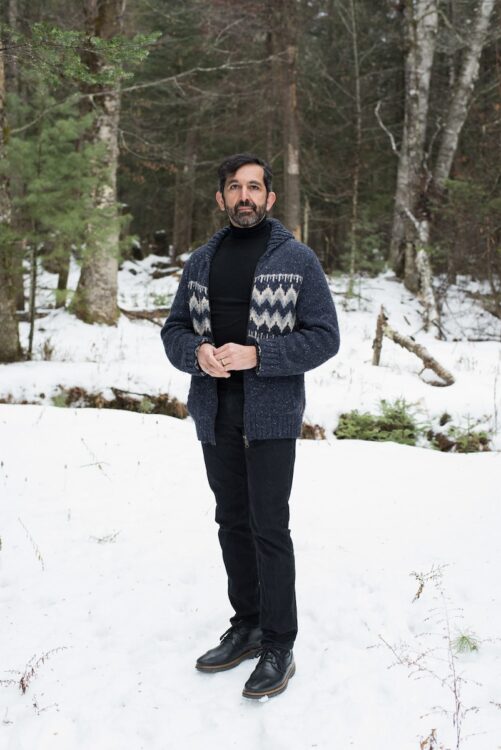 ©Stephan Jahanshahi
©Stephan Jahanshahi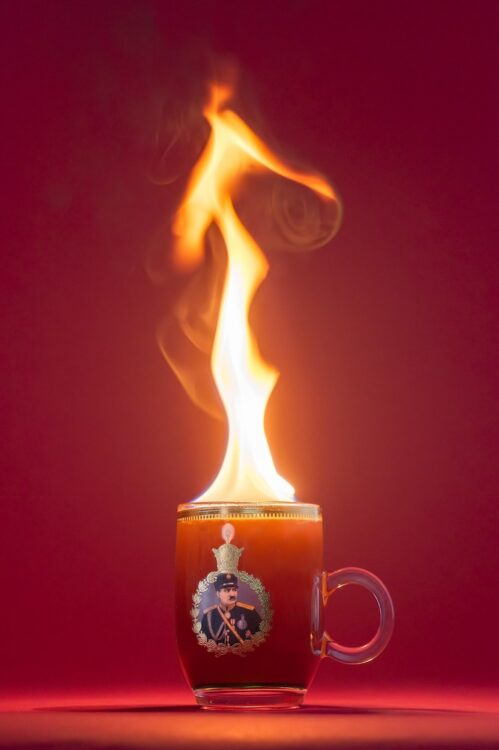 ©Stephan Jahanshahi
©Stephan Jahanshahi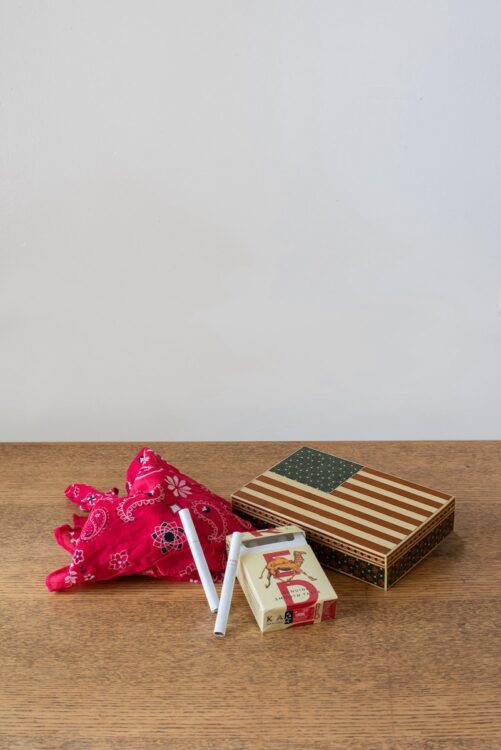 ©Stephan Jahanshahi
©Stephan Jahanshahi
Sungchul Lee
Sungchul Lee has worked for seven years as a photojournalist and two years as a military photographer. He uses photography, installation, and performance to unravel the trauma he experienced as a photojournalist.
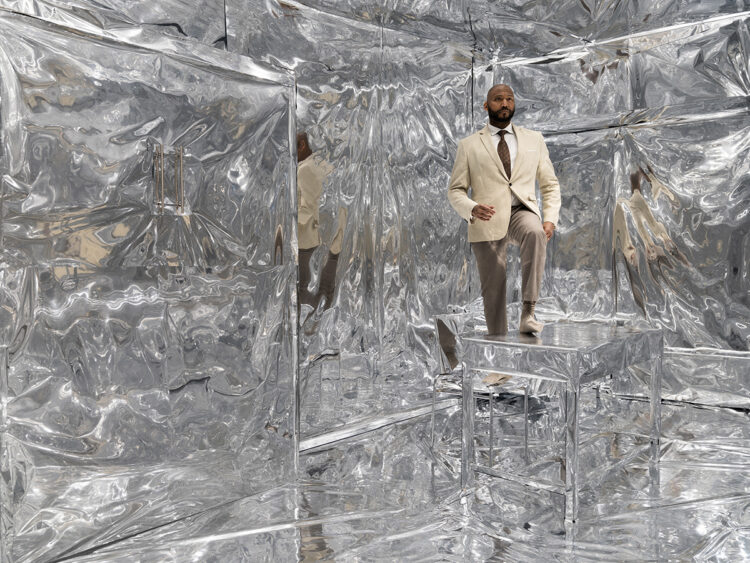 ©Sungchul Lee
©Sungchul Lee ©Sungchul Lee
©Sungchul Lee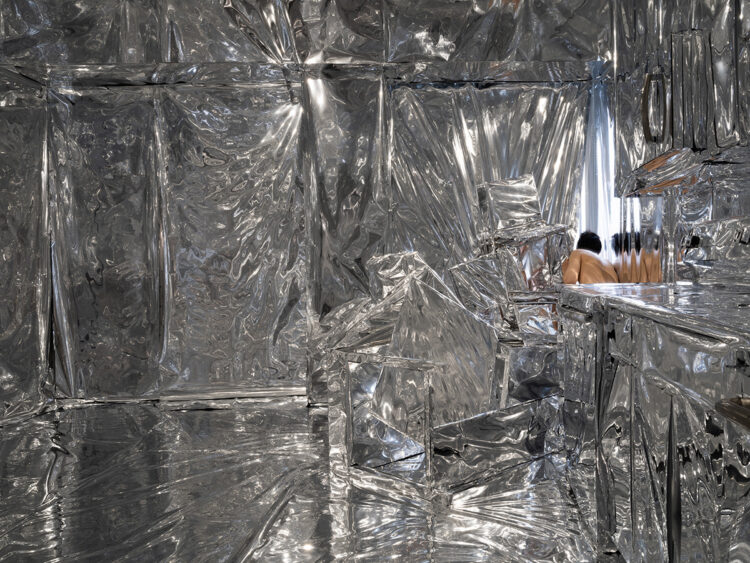 ©Sungchul Lee
©Sungchul Lee
Susan Lirakis
Susan Lirakis began making photographs when she was six years old, after receiving a camera as a baptism gift from my godparents. Though the particular camera that she holds in my hands has changed over the years, it has rarely left them.
She makes photographs in an attempt to make sense of the world, and to create. For her, it is a sacred act—a process of discovery and expression.
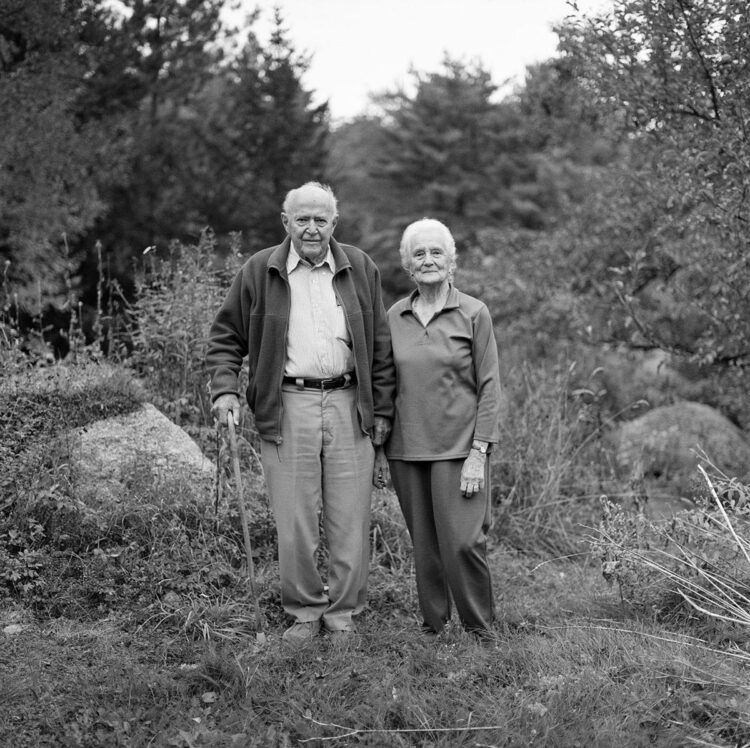 ©Susan Lirakis
©Susan Lirakis ©Susan Lirakis
©Susan Lirakis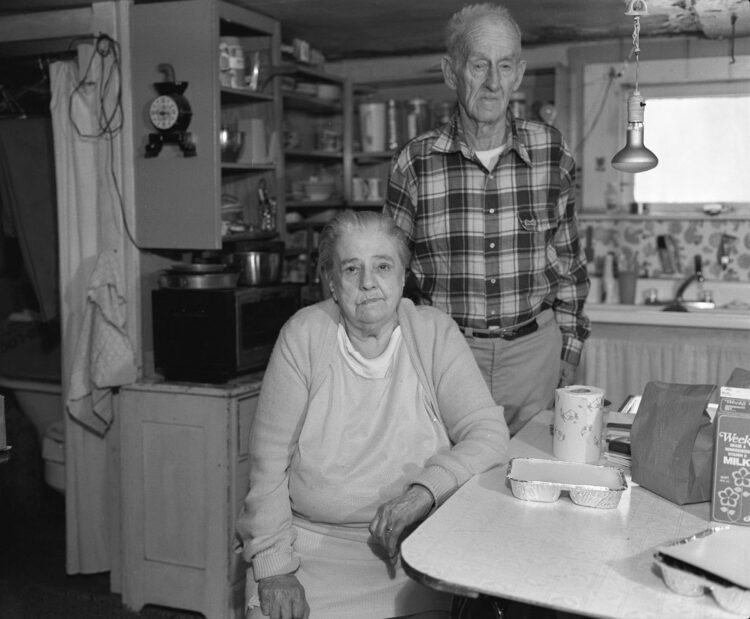 ©Susan Lirakis
©Susan Lirakis
Vicky Stromee
More information soon.
 ©Vicky Stromee
©Vicky Stromee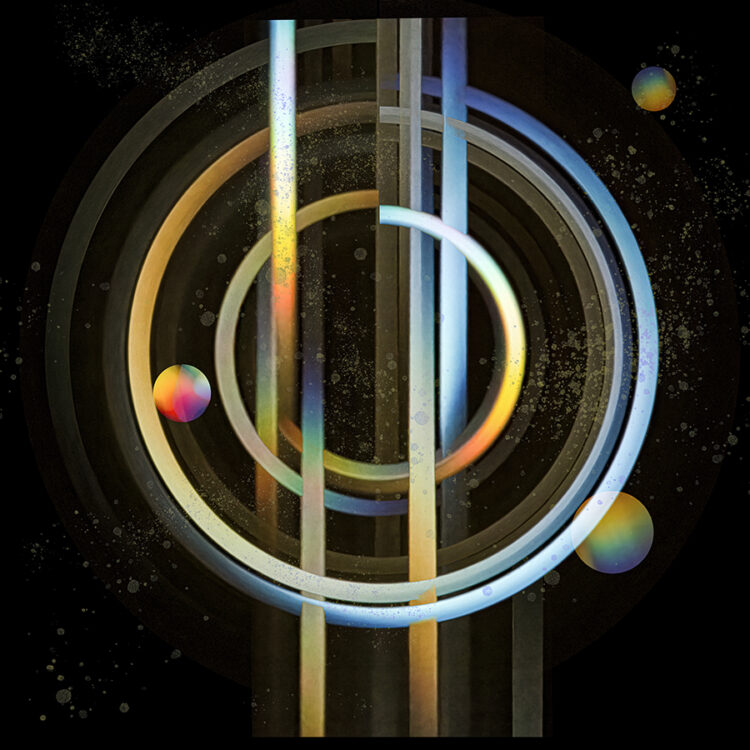 ©Vicky Stromee
©Vicky Stromee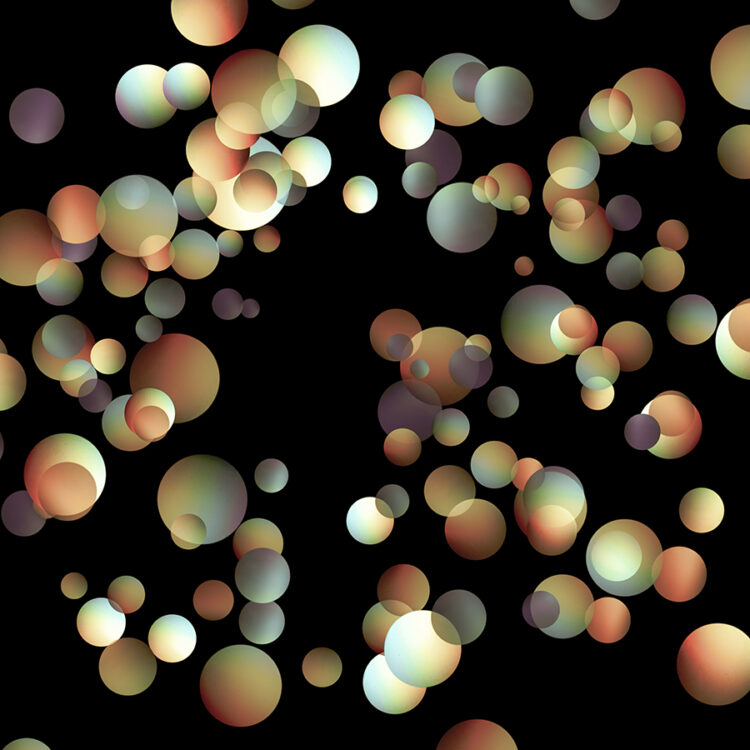 ©Vicky Stromee
©Vicky Stromee
Zuya Yang: Mimicking Nature
Zuya Yang is a lens-based artist based in Brooklyn, New York. Her practice observes the impacts of human actions through connection with the natural and cultural landscape. Using photography and multi-media installation, Yang captures and uses aesthetics as a clue to tackle the invisible and fleeting nuances of everyday life that show the system’s abnormalities. She holds a BFA in Photography from the Rhode Island School of Design.
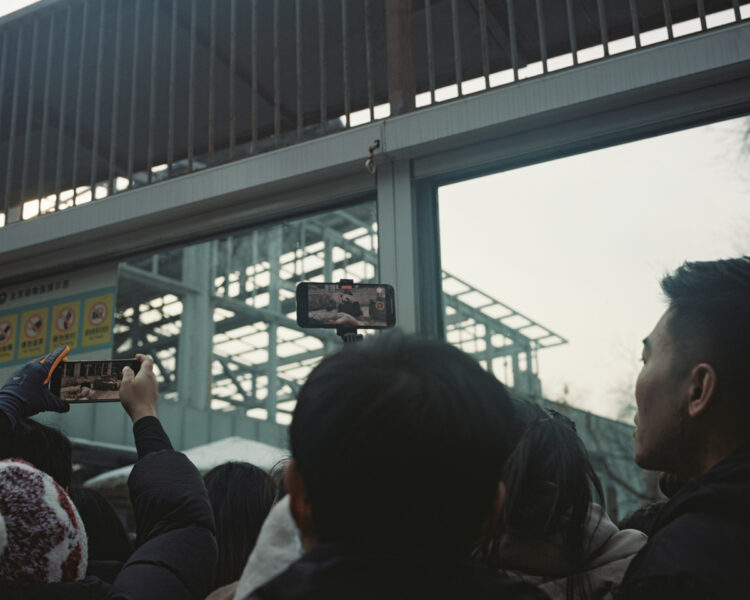 ©Zuya Yang
©Zuya Yang ©Zuya Yang
©Zuya Yang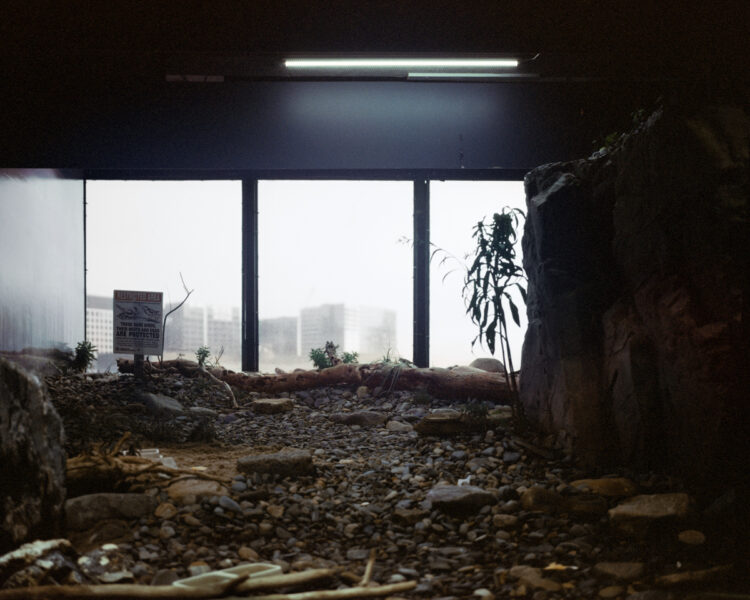 ©Zuya Yang
©Zuya Yang
Hillerbrand+Magsamen
Hillerbrand+Magsamen are a collaborative artist duo creating video, photography, and installation works that blend humor, tension, and domestic life. Their experimental practice explores the boundaries of family and culture, with work shown internationally and supported by grants, residencies, and institutions including the Ann Arbor Film Festival and Grand Rapids Art Museum.
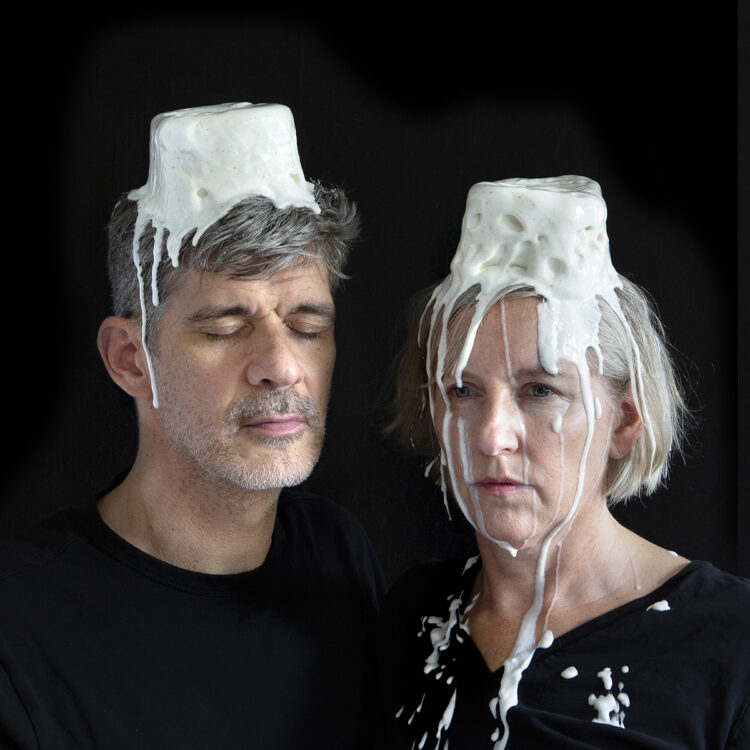 ©Hillerbrand+Magsamen
©Hillerbrand+Magsamen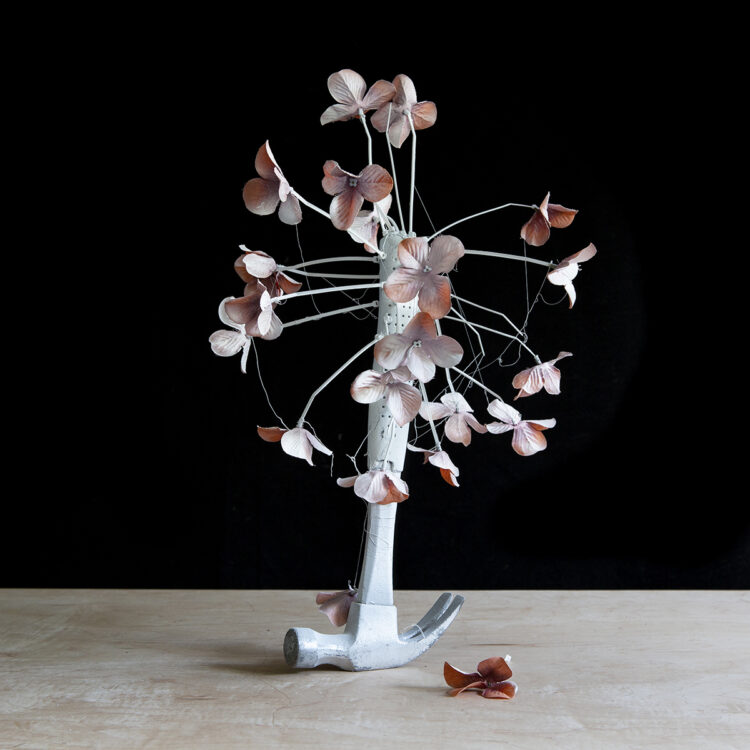 ©Hillerbrand+Magsamen
©Hillerbrand+Magsamen ©Hillerbrand+Magsamen
©Hillerbrand+Magsamen
